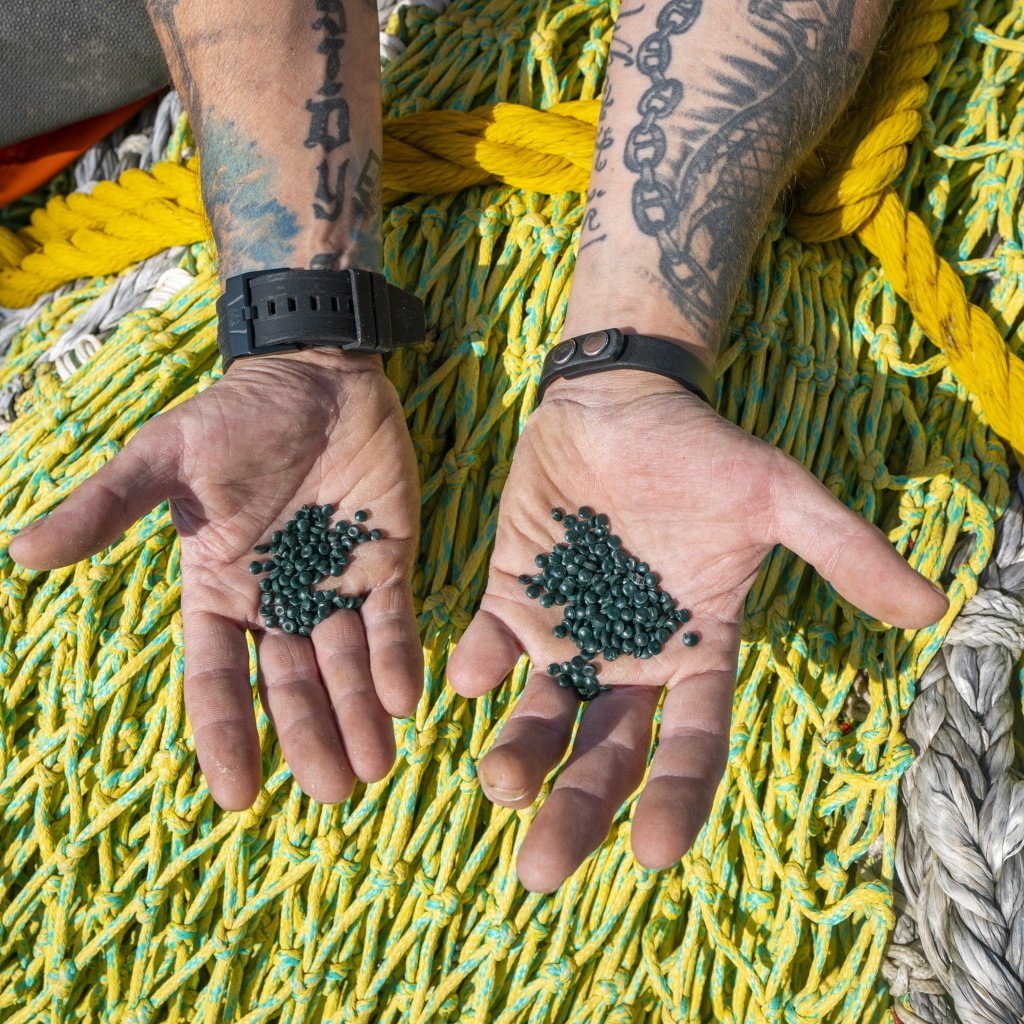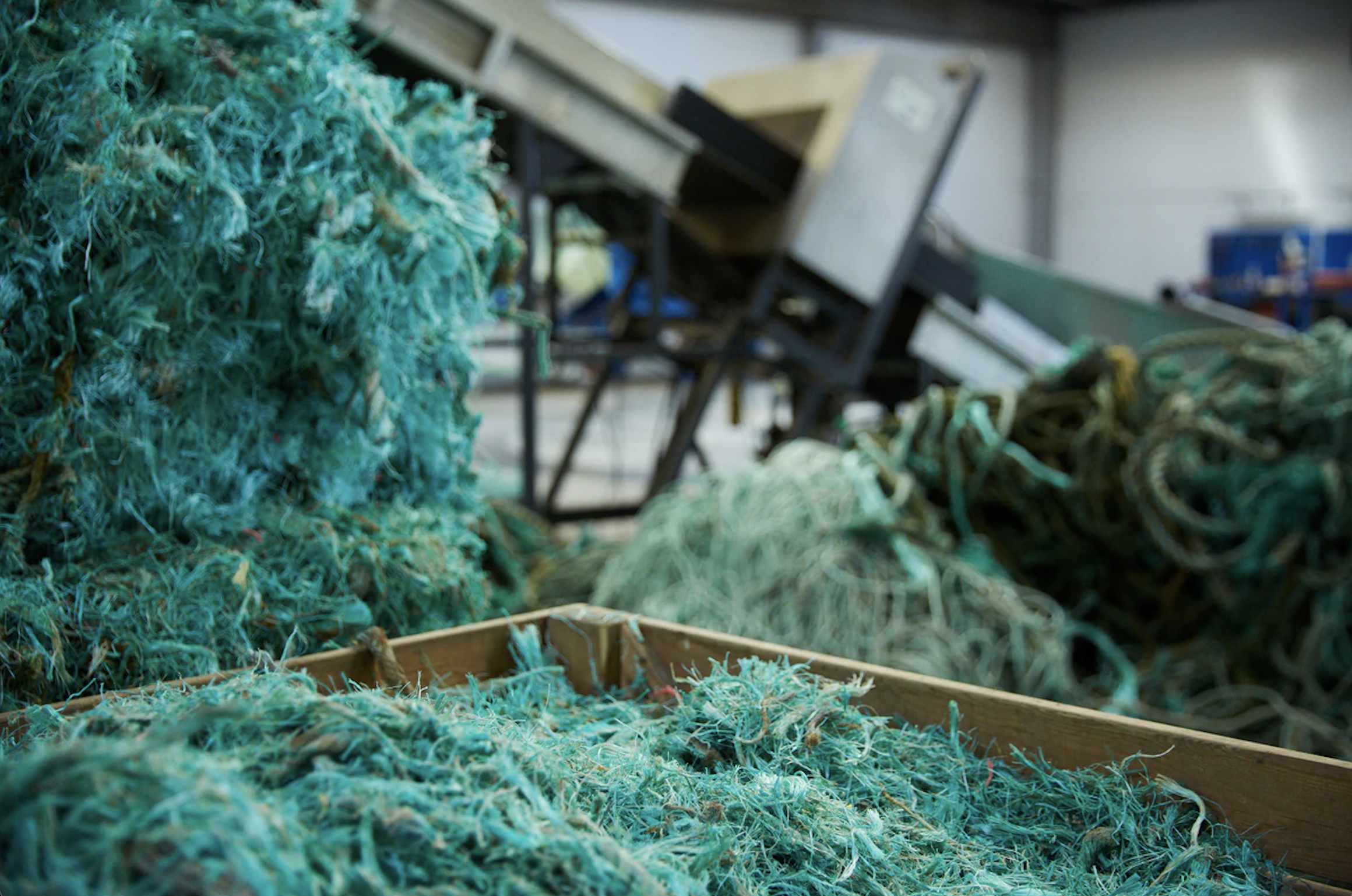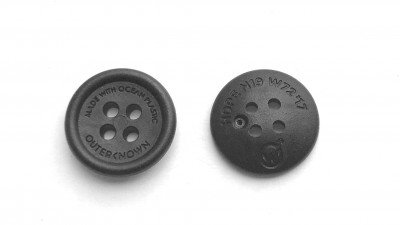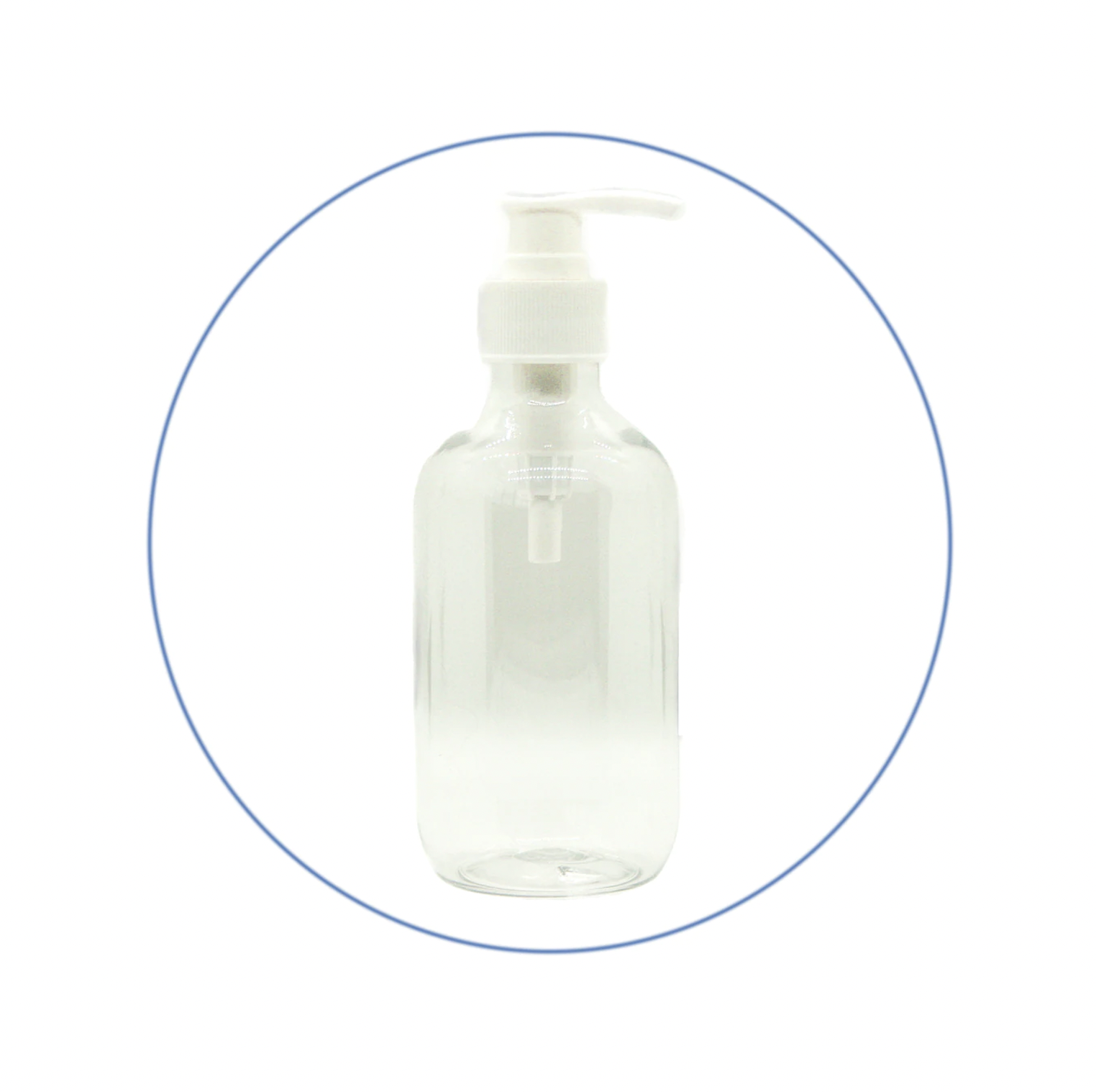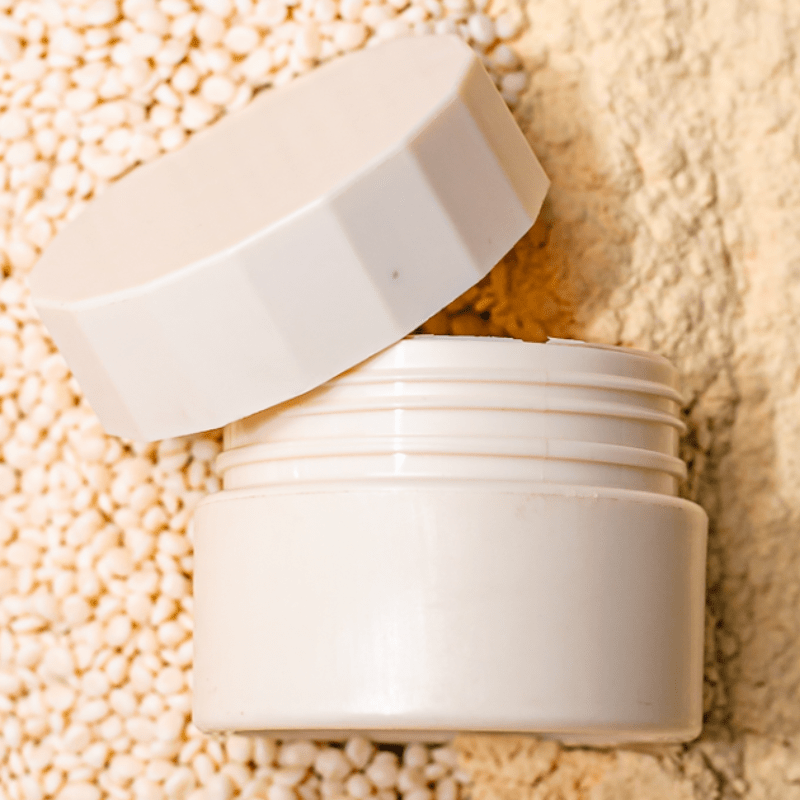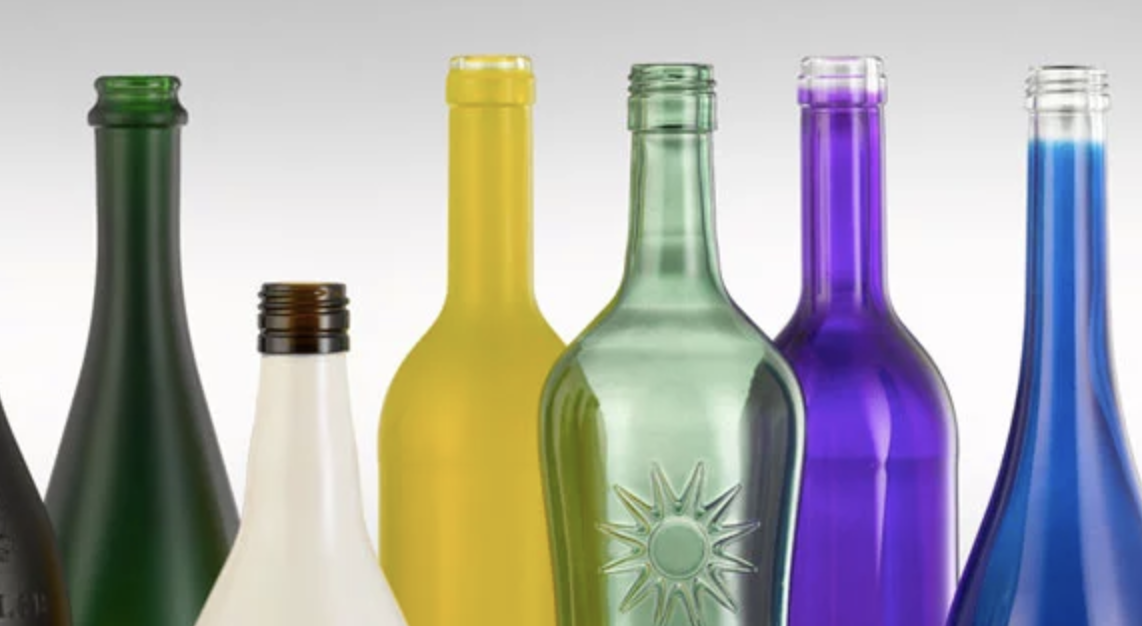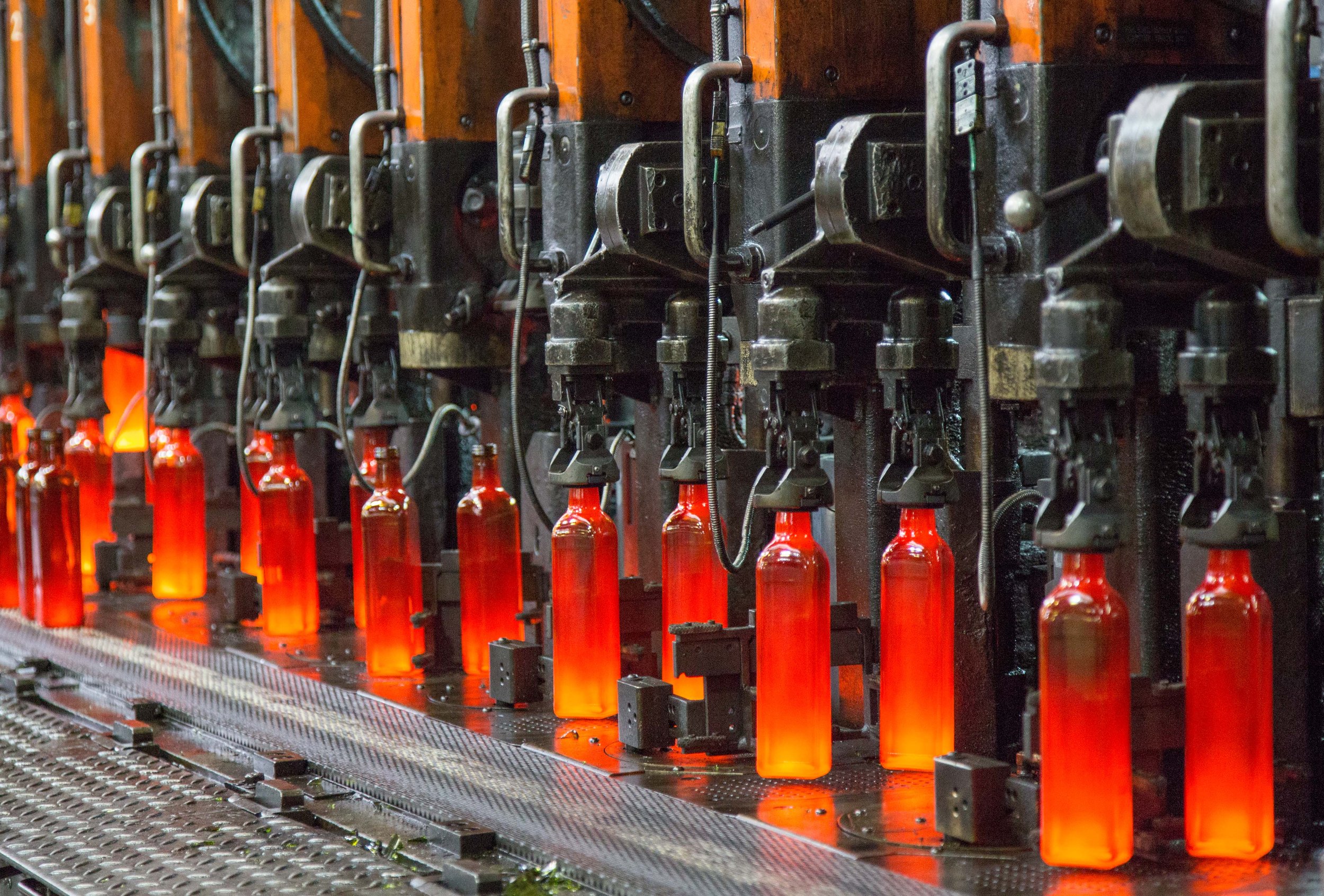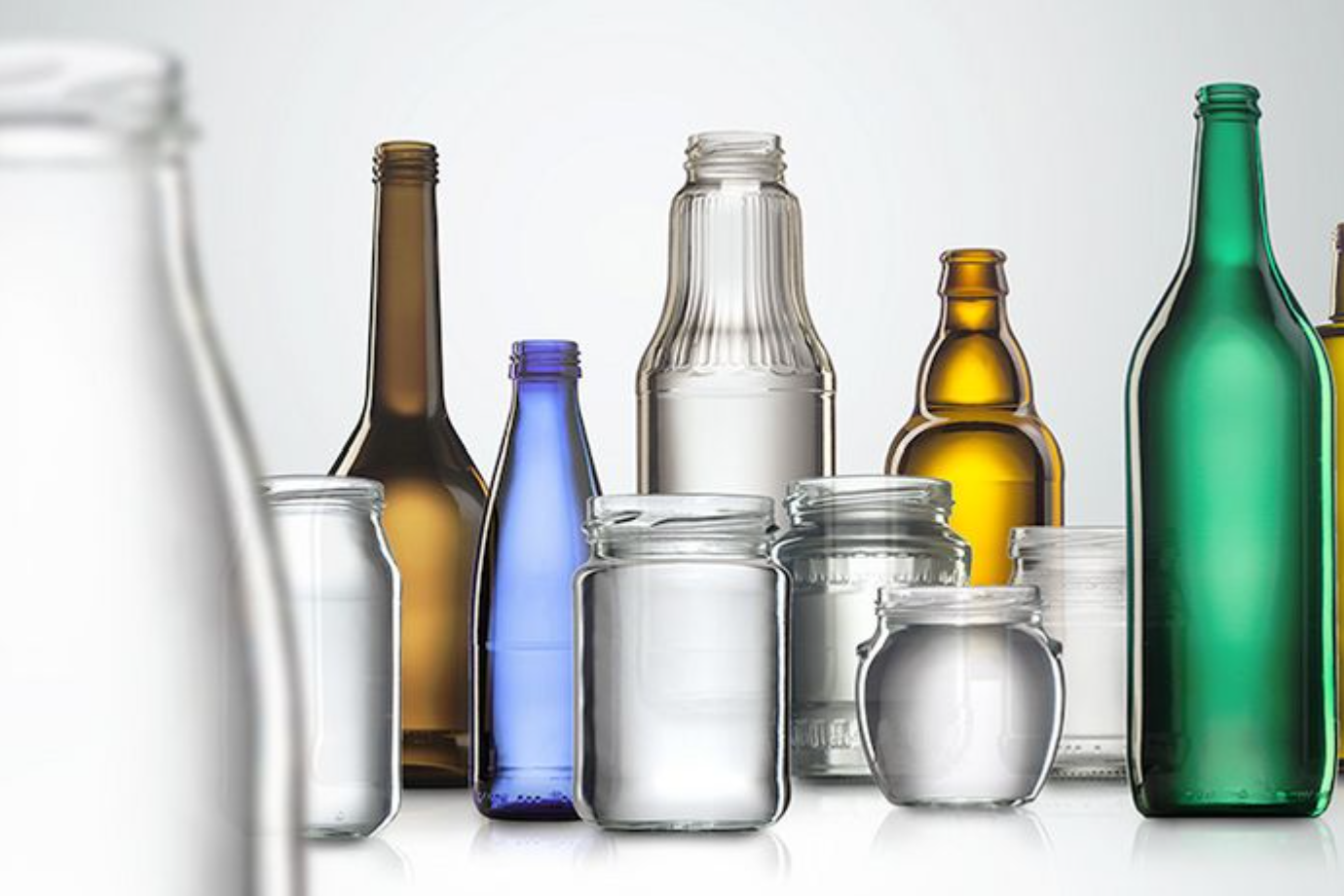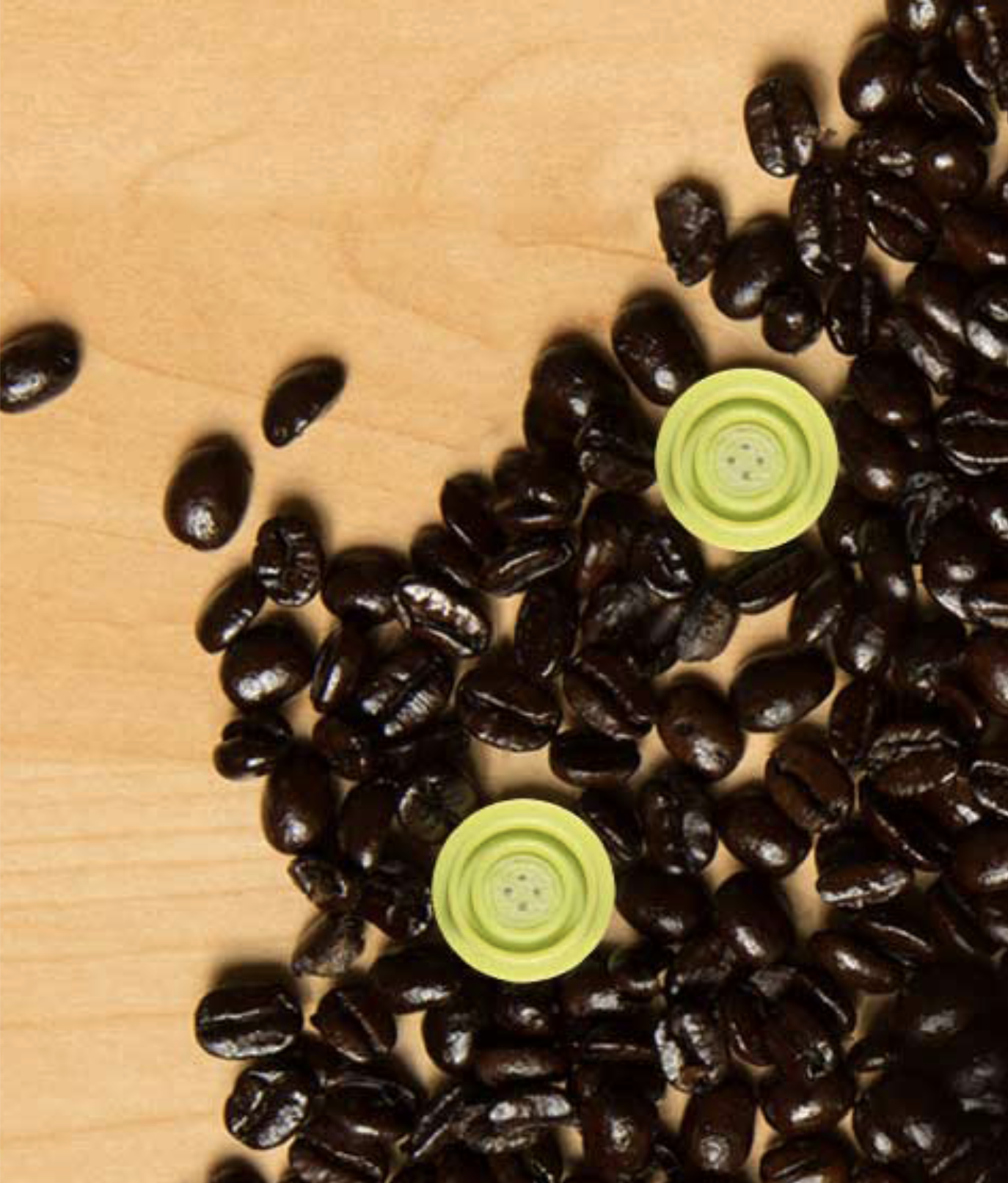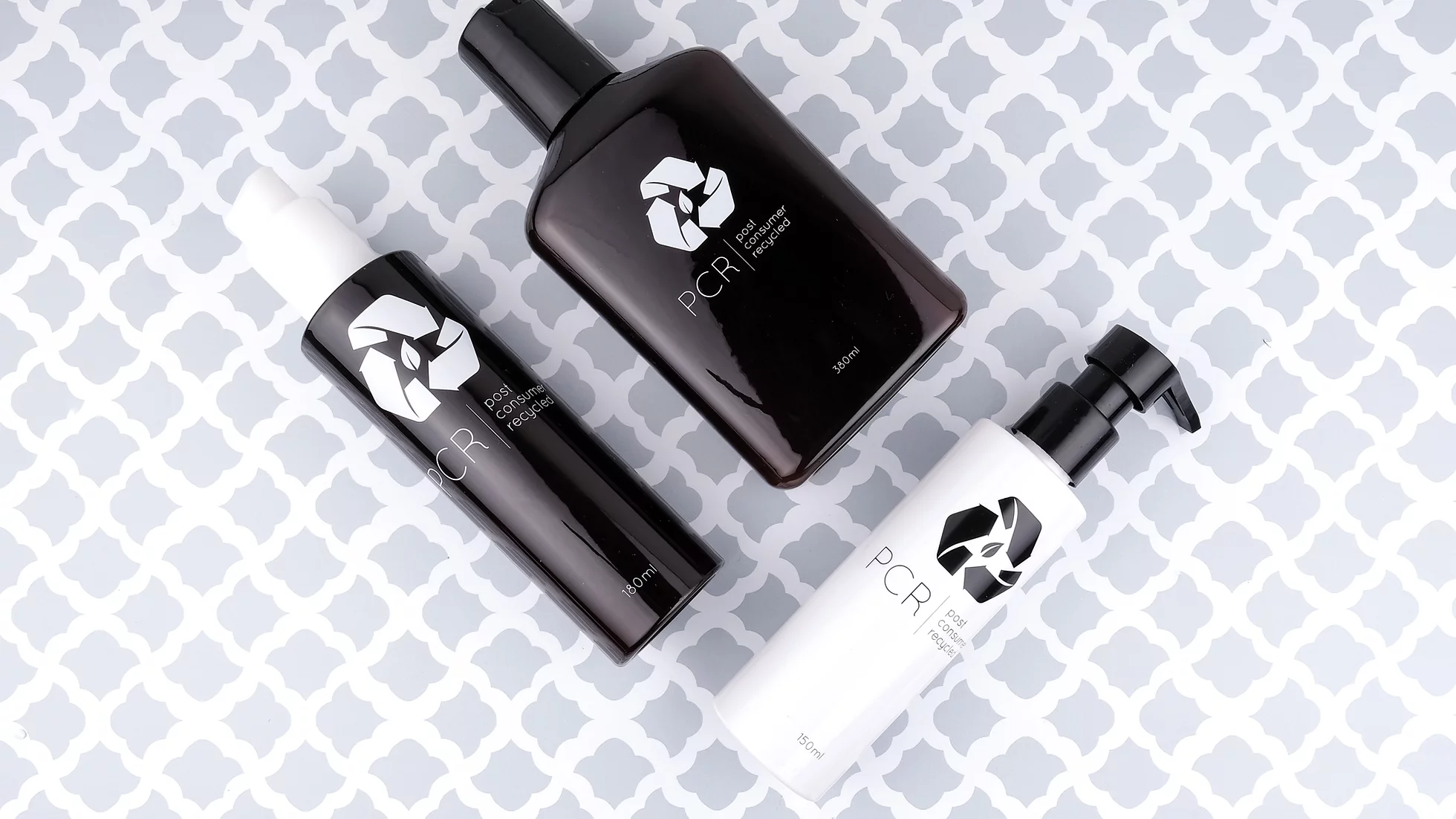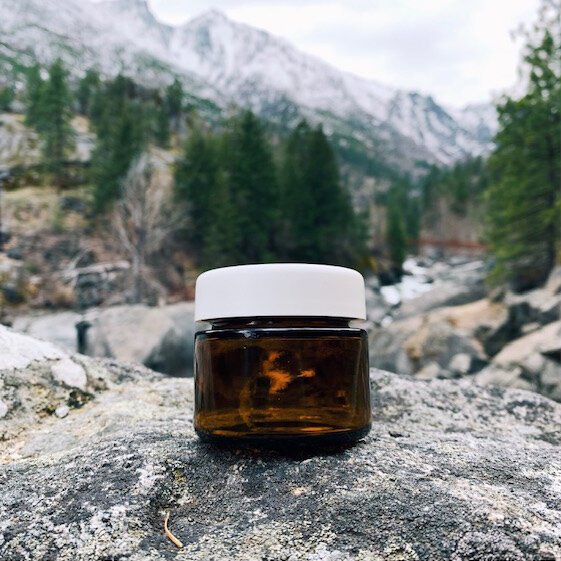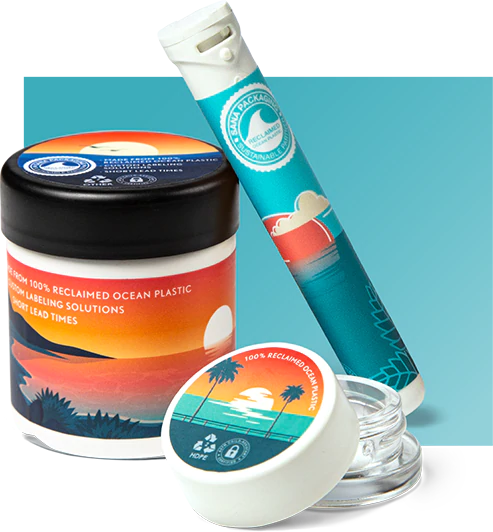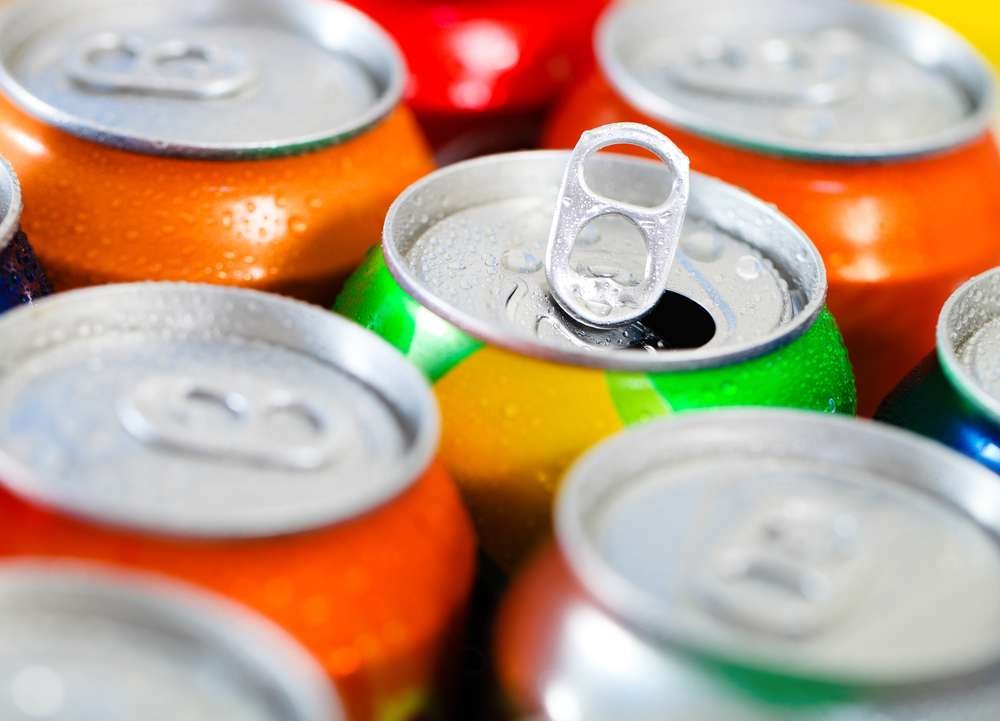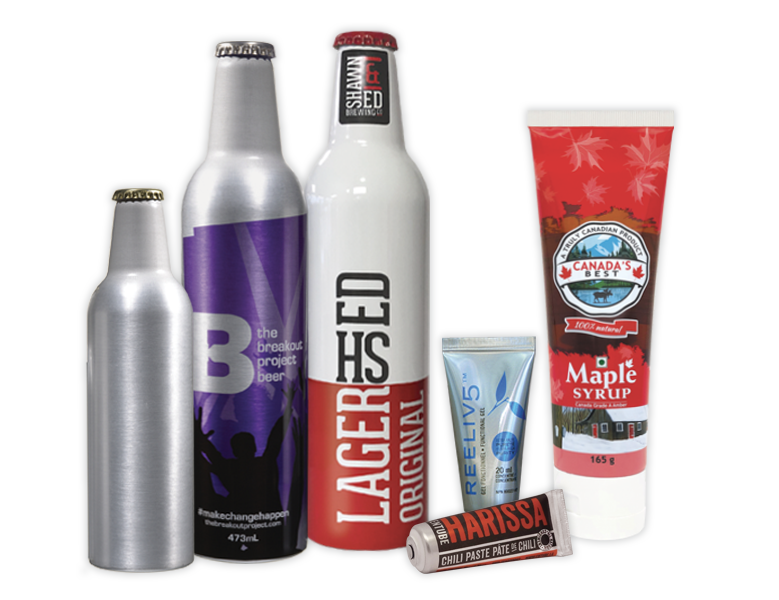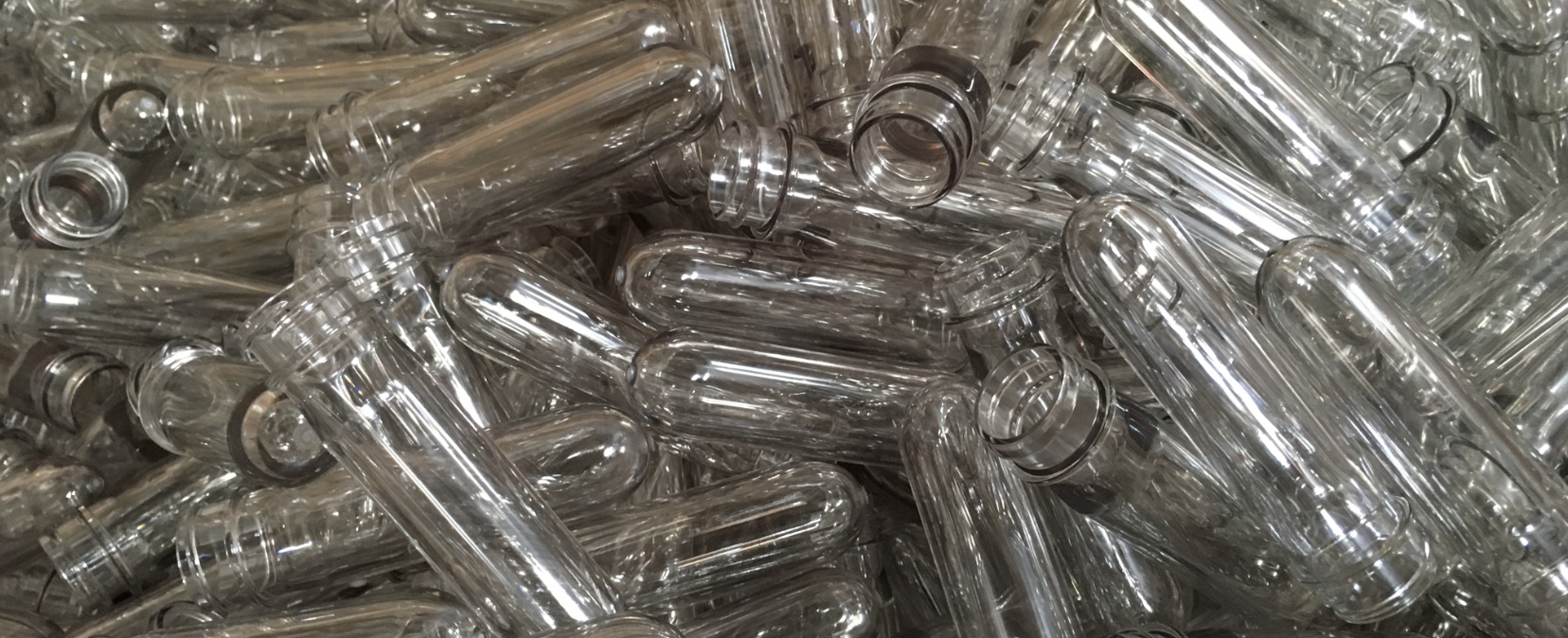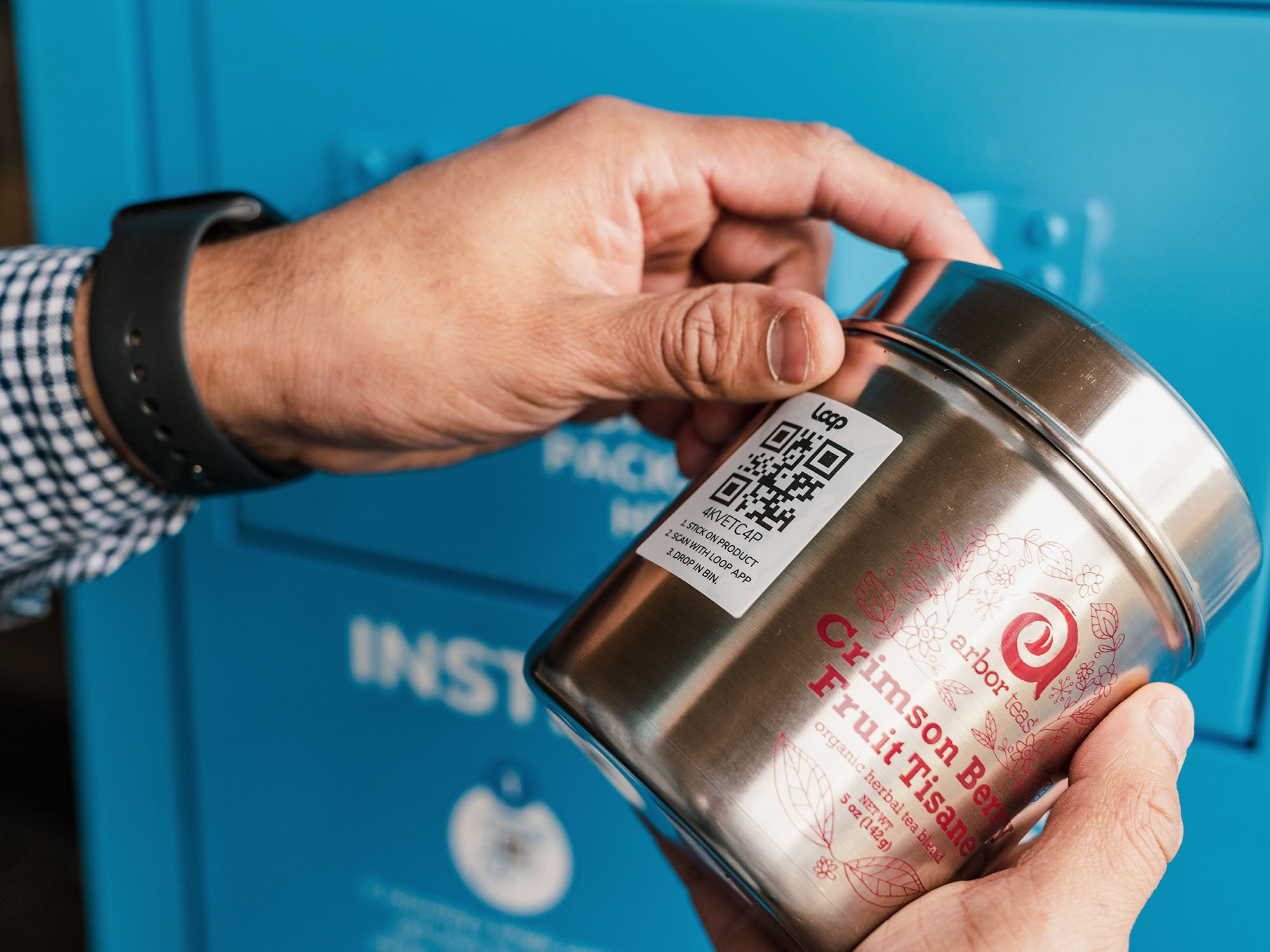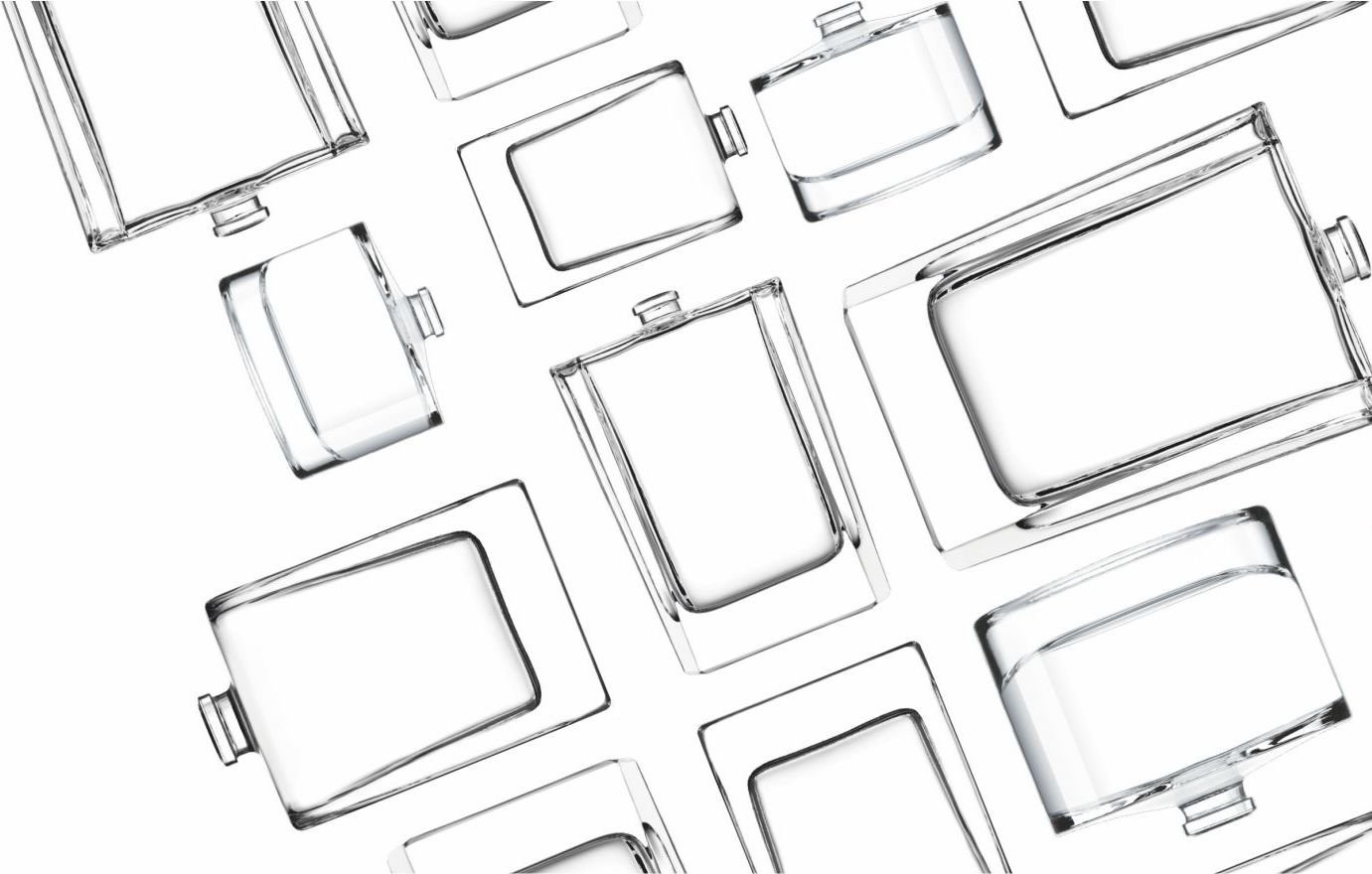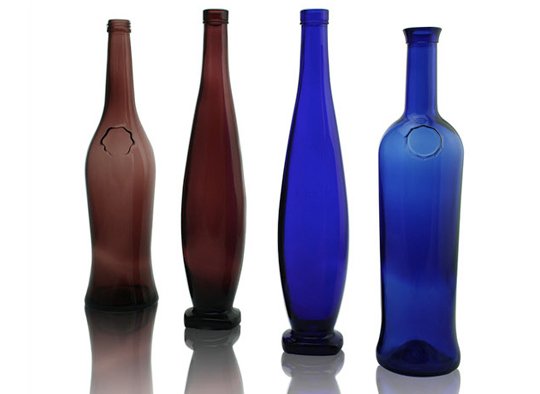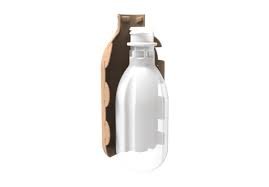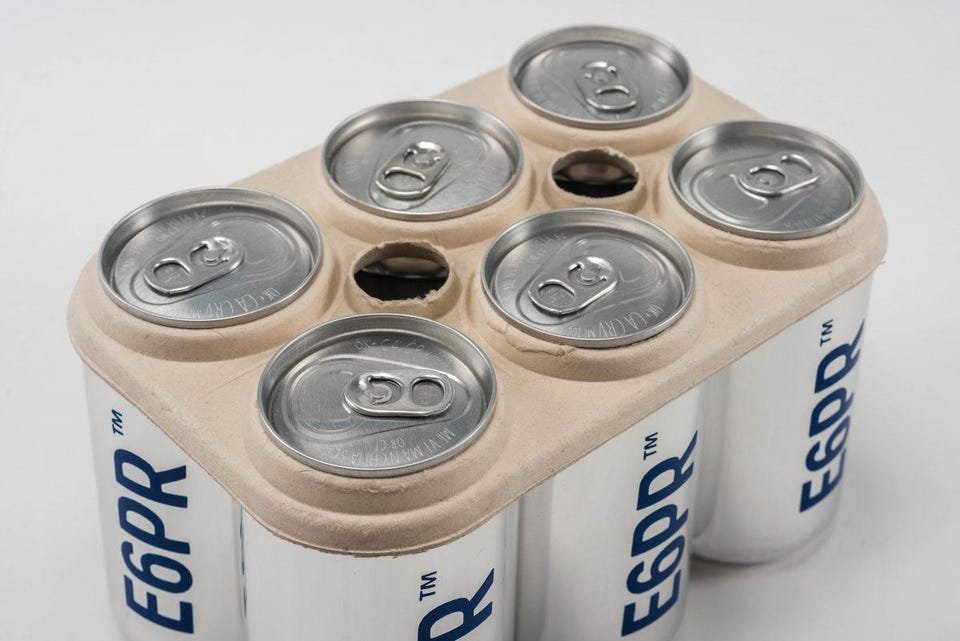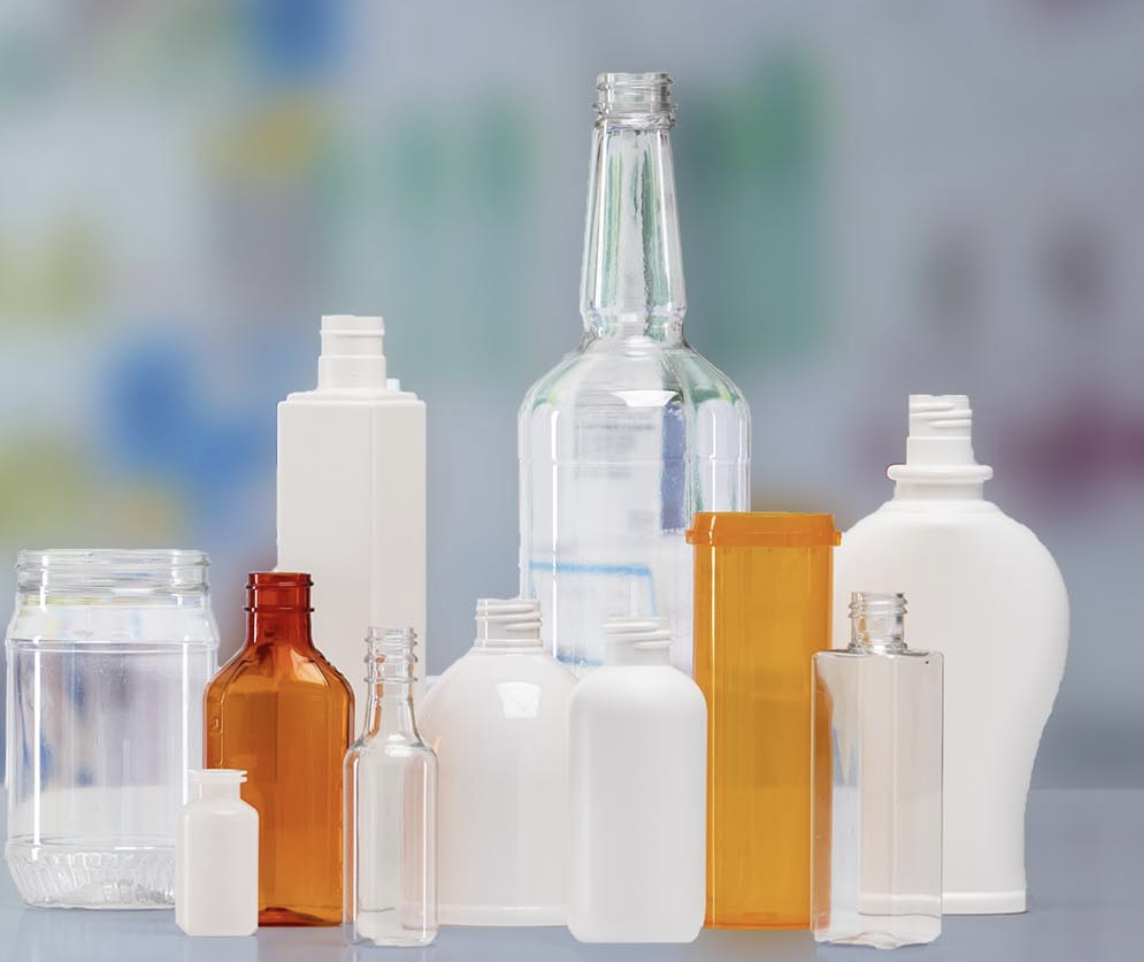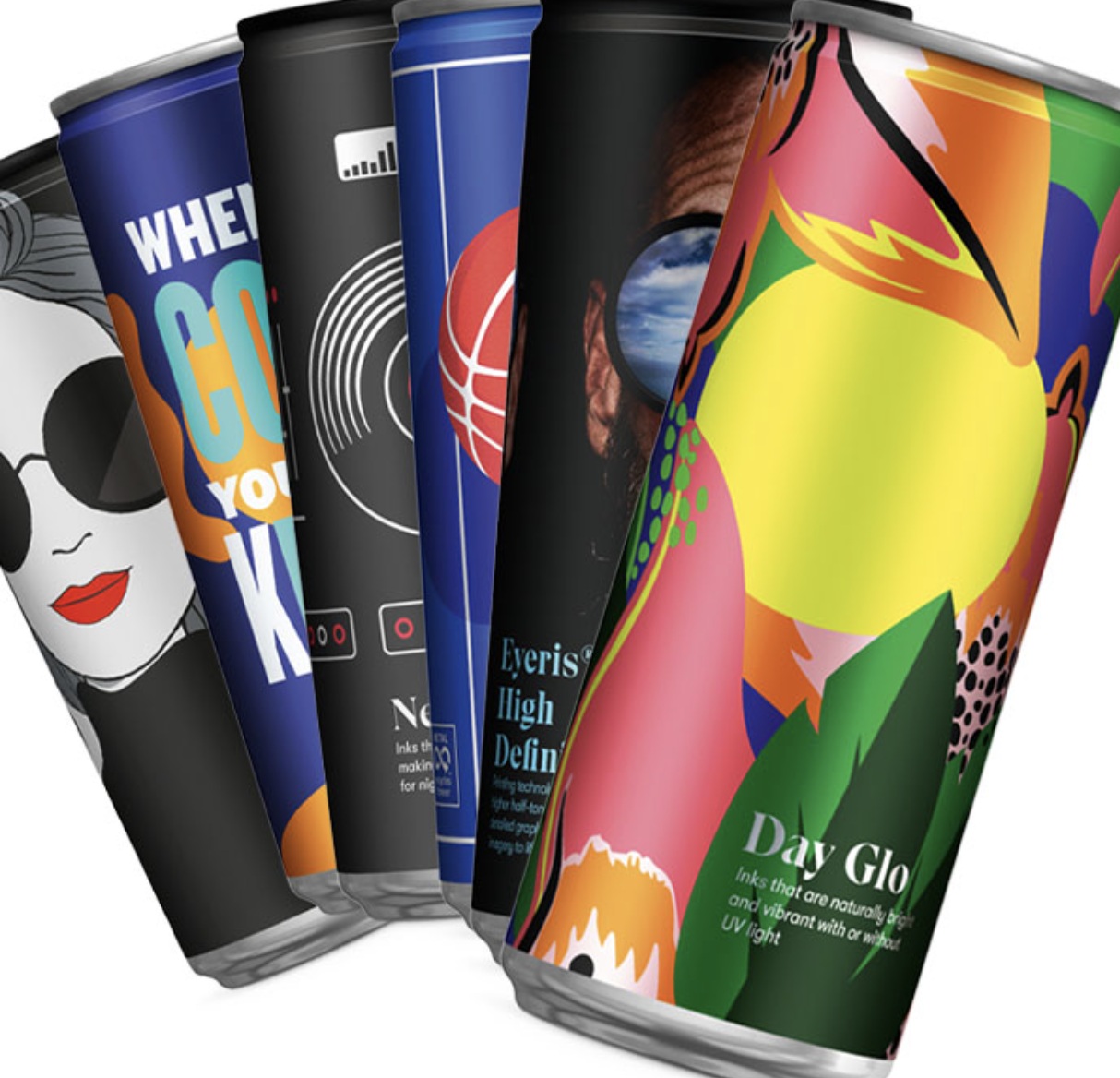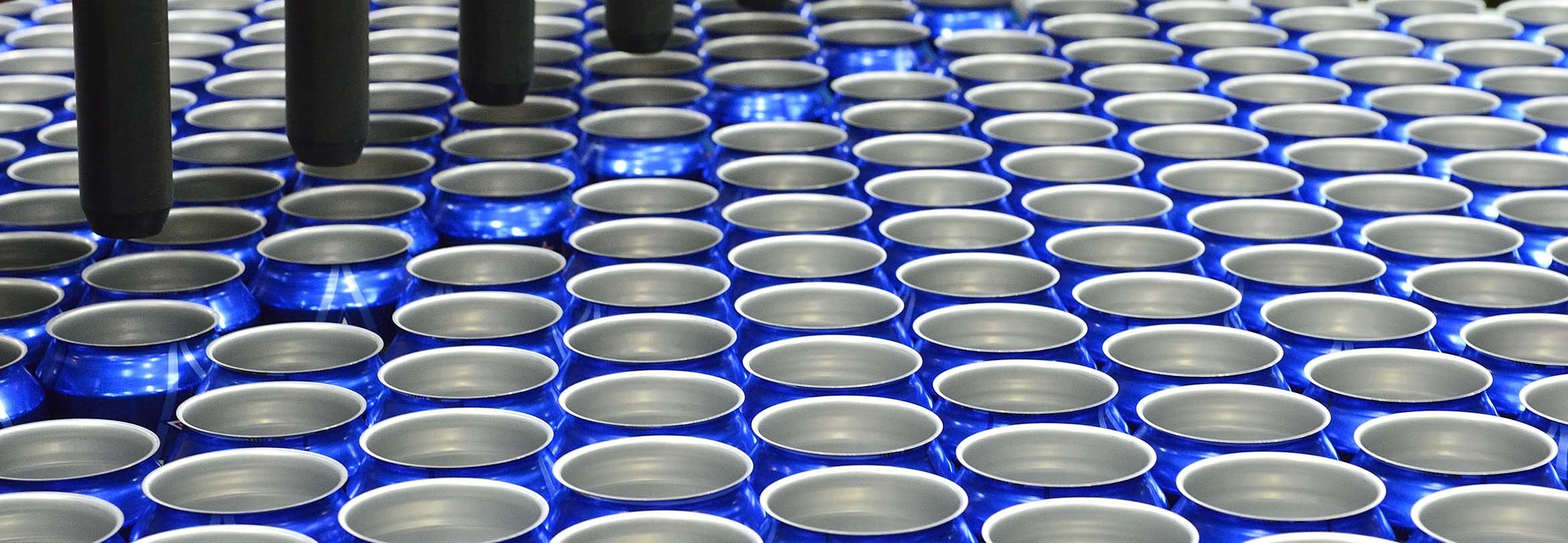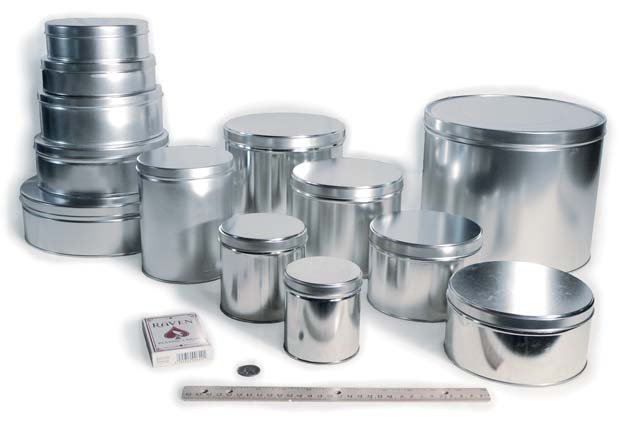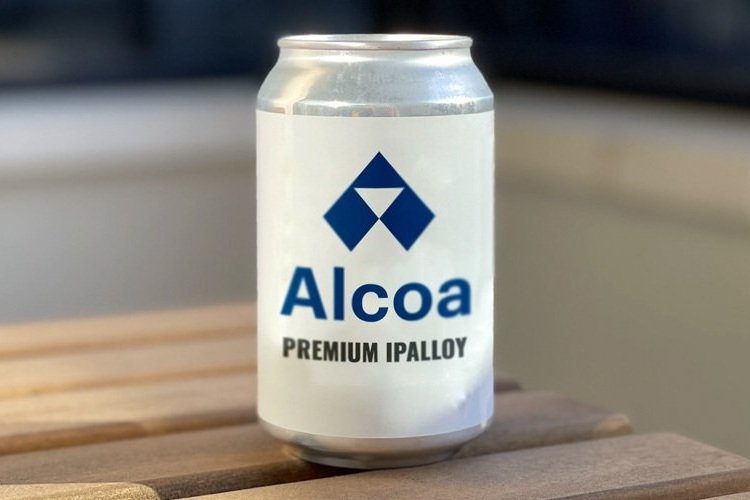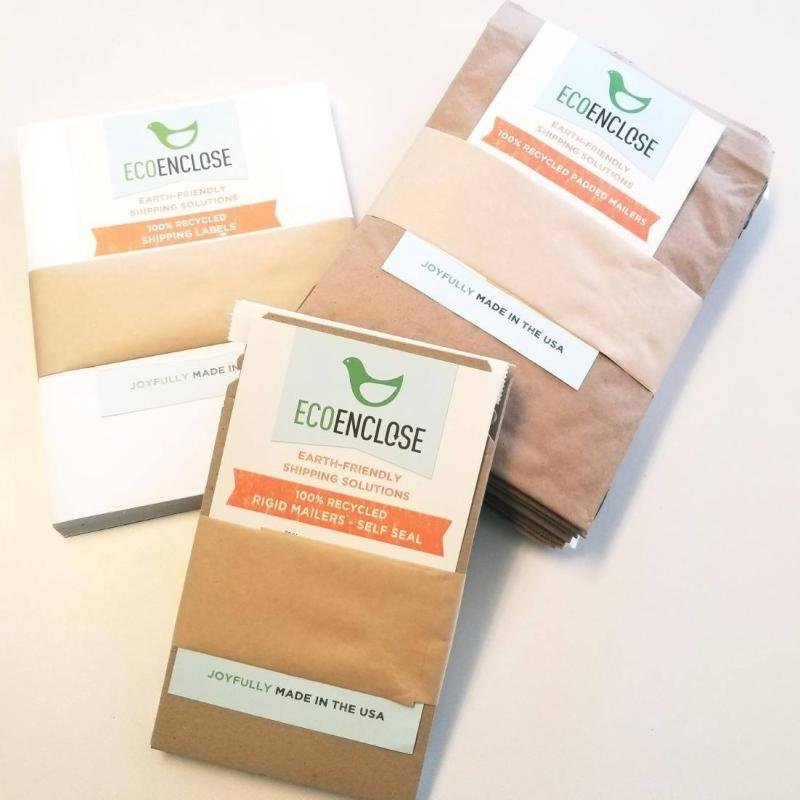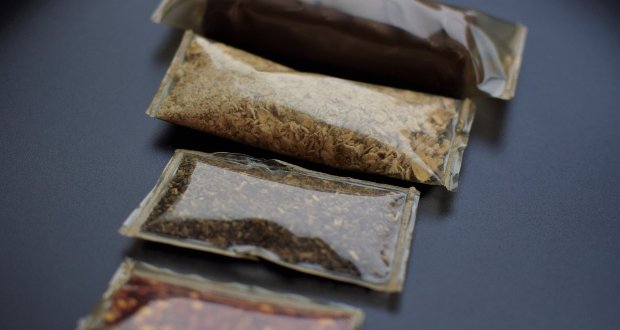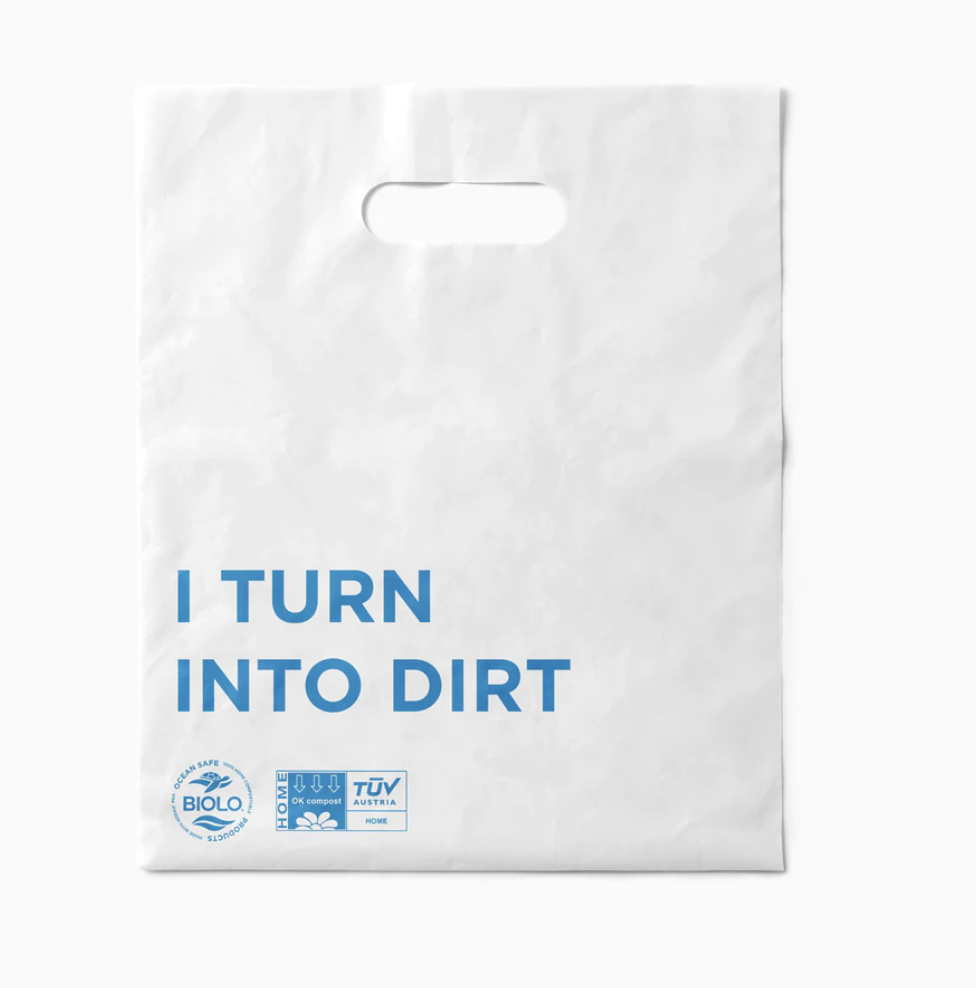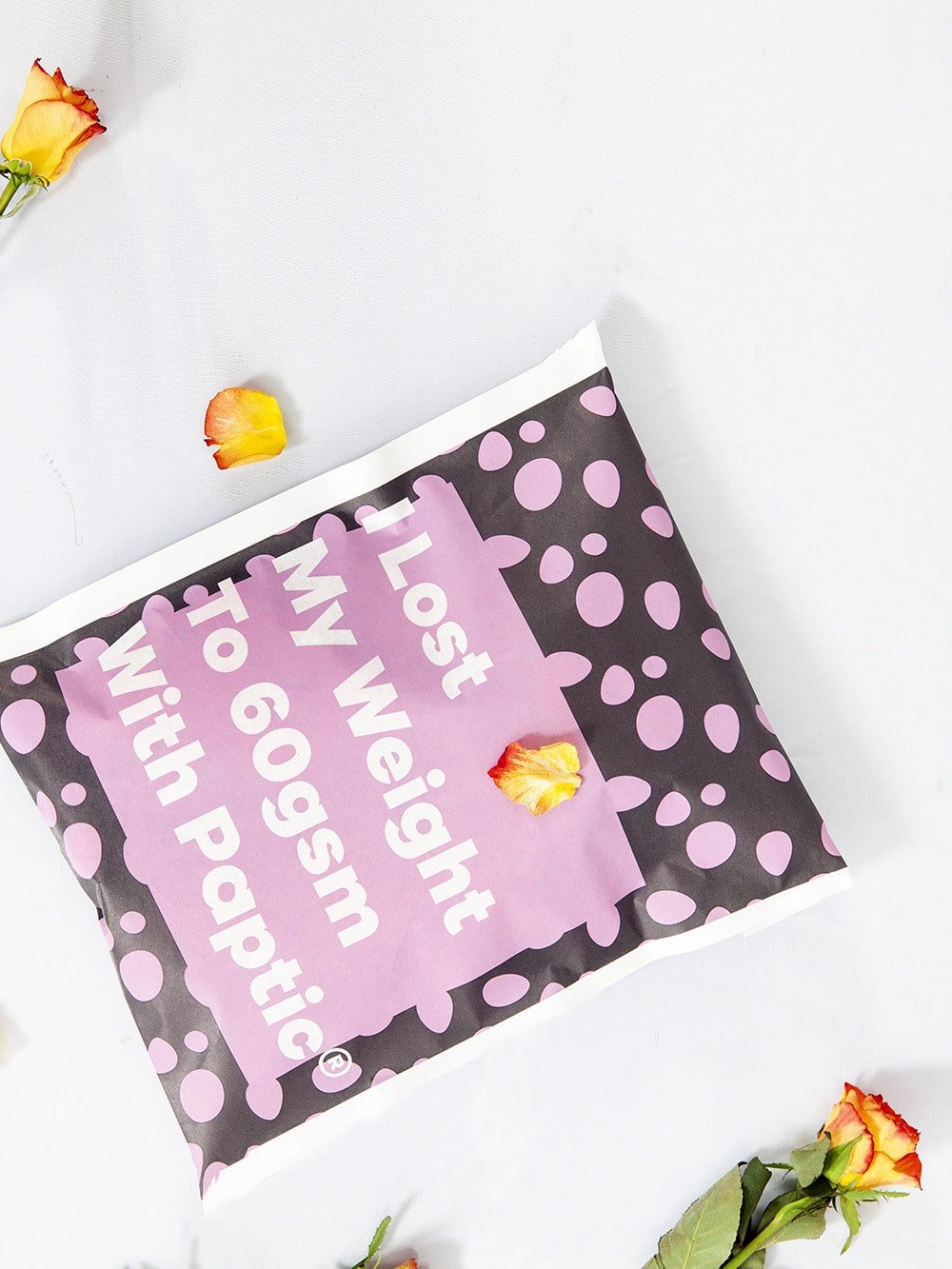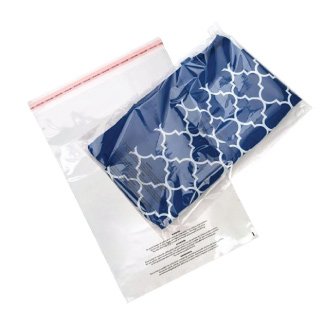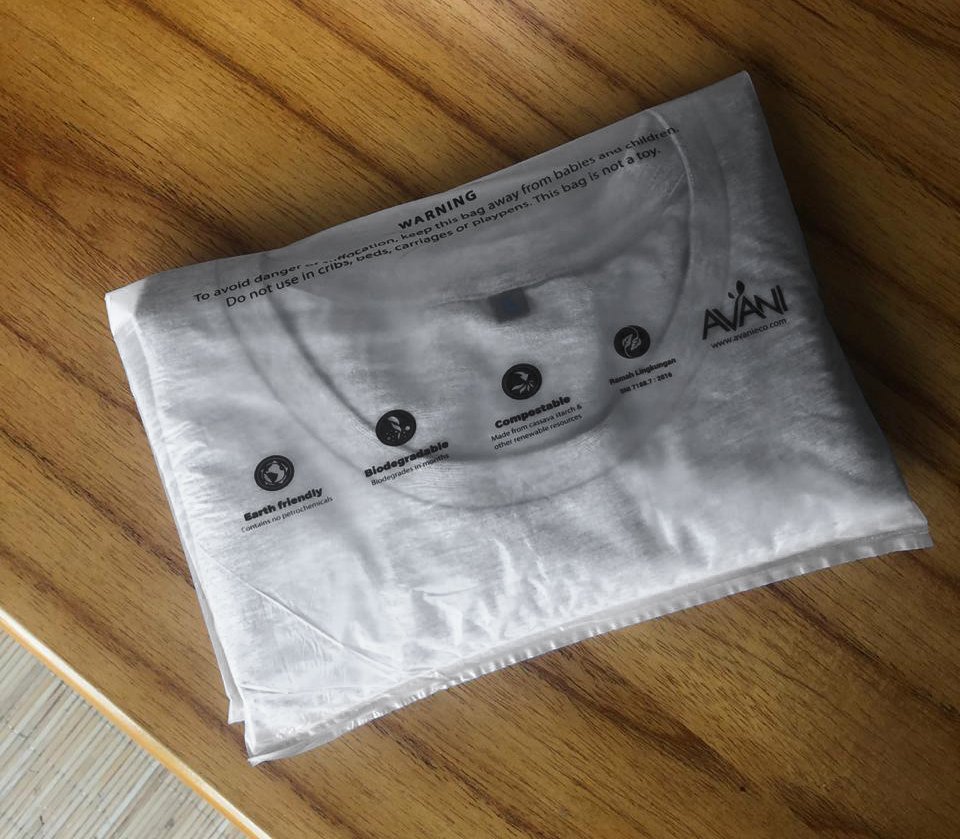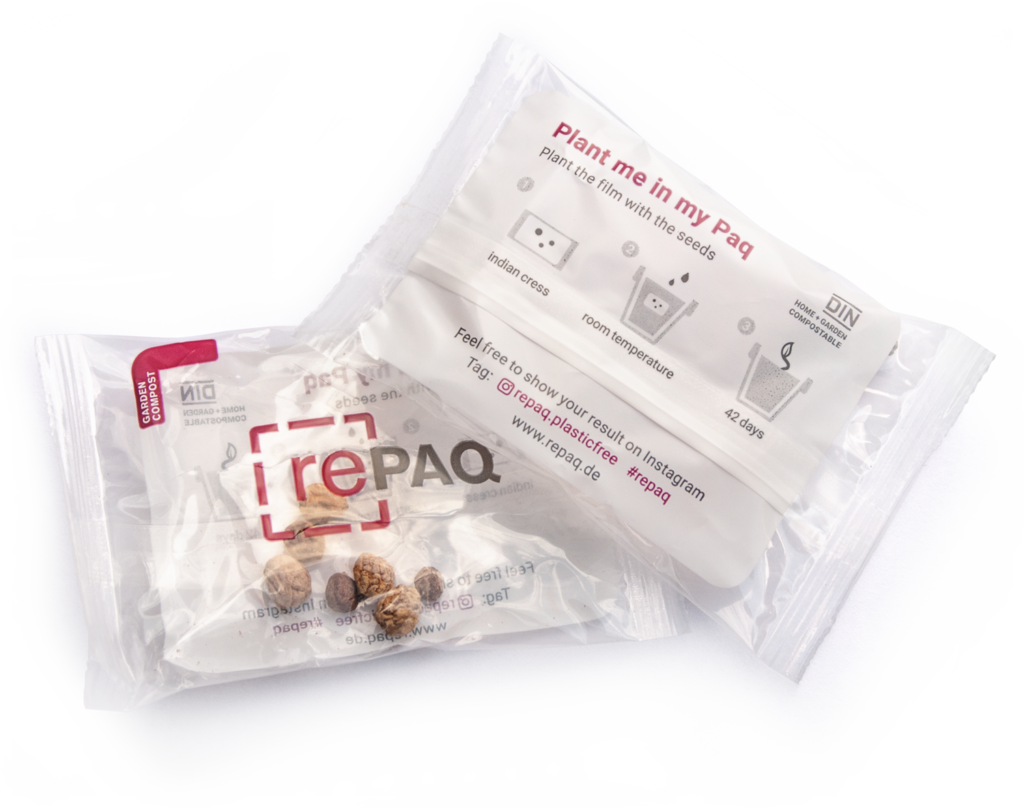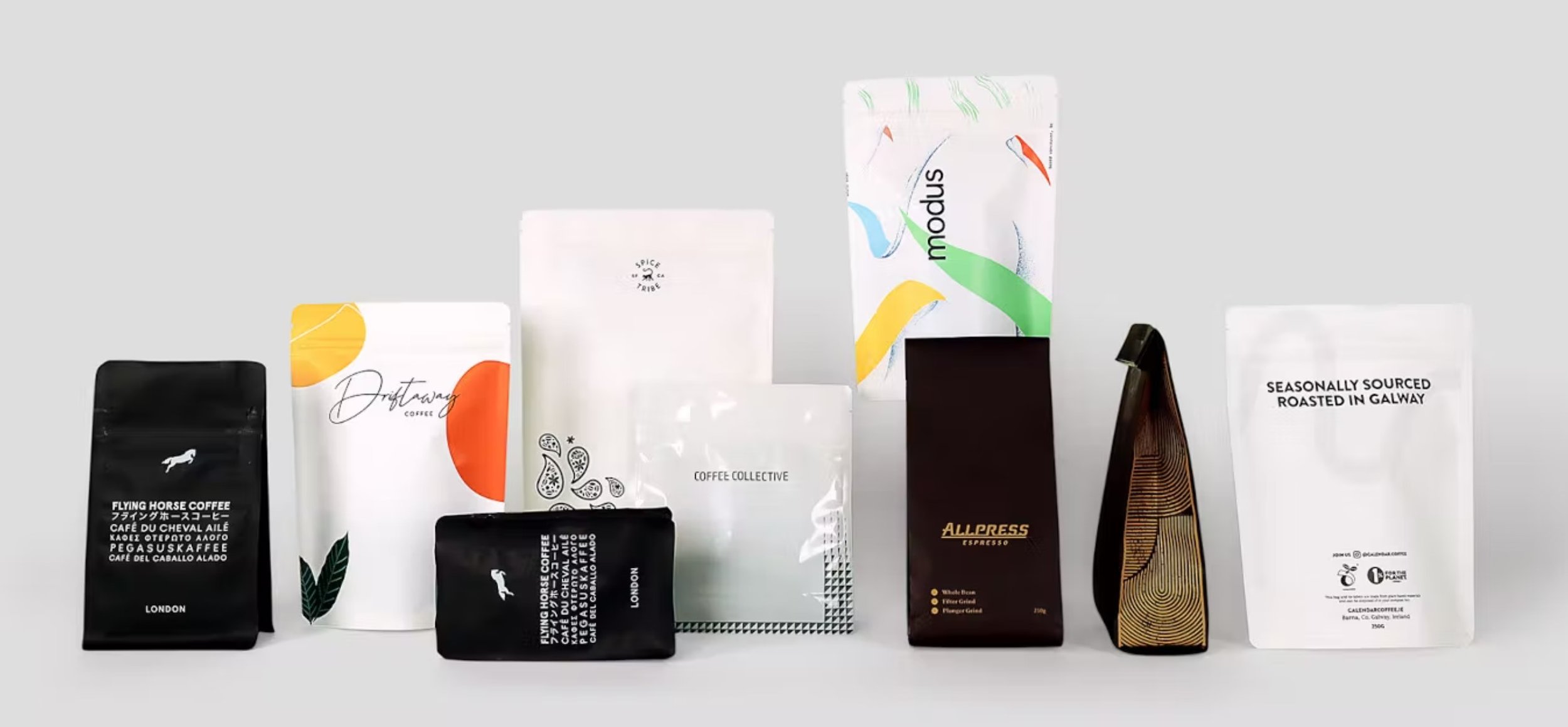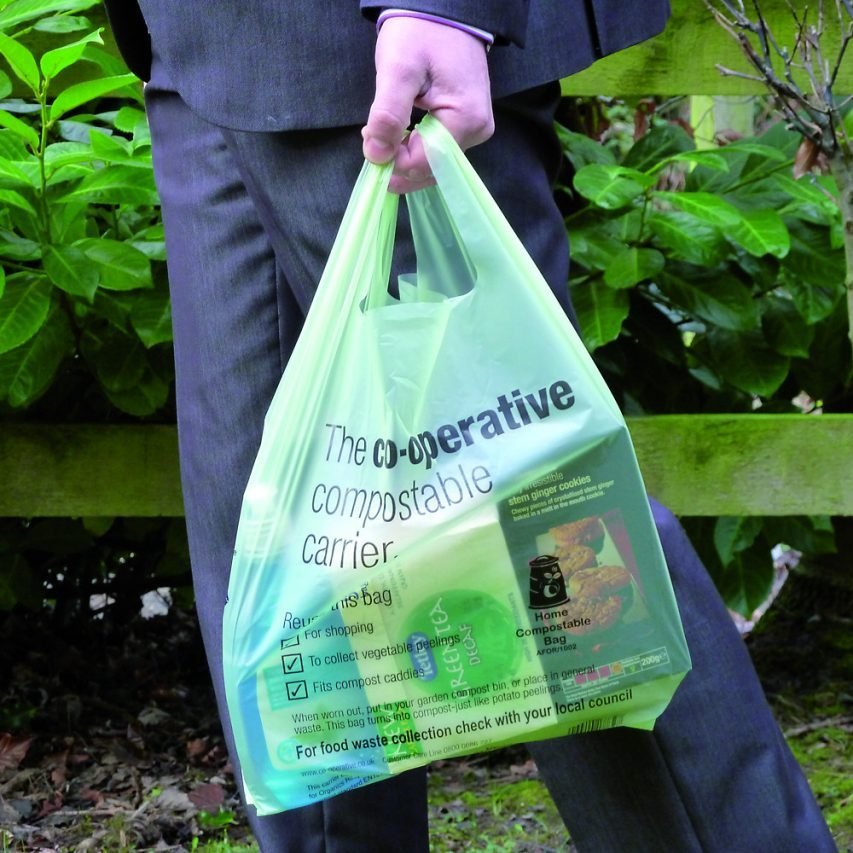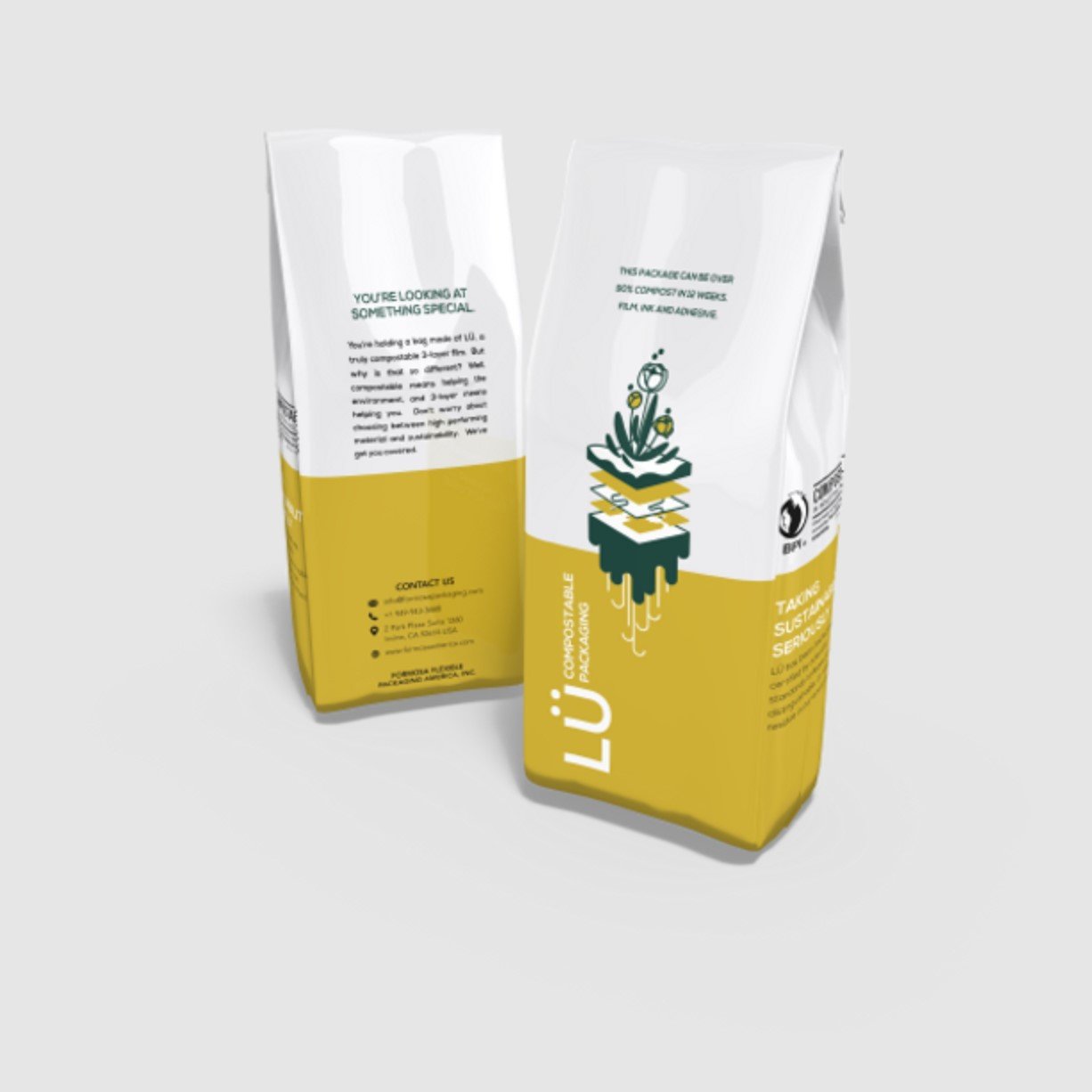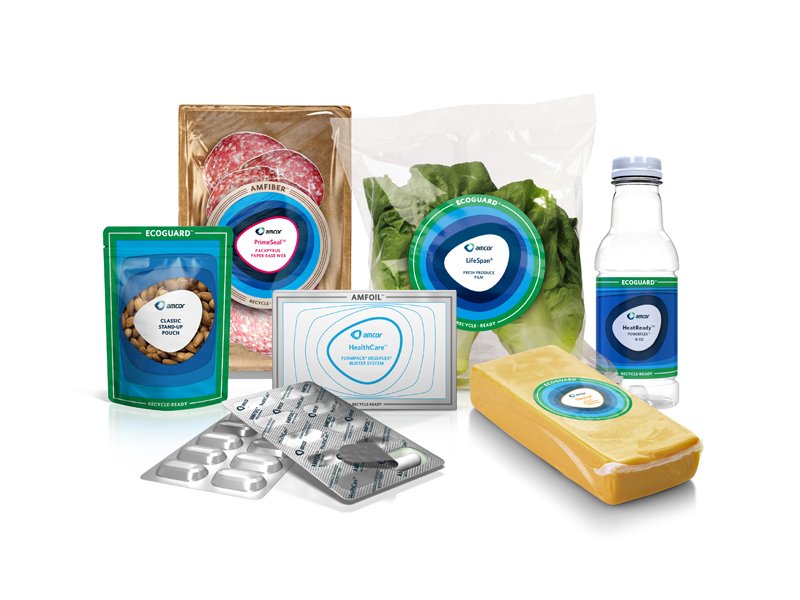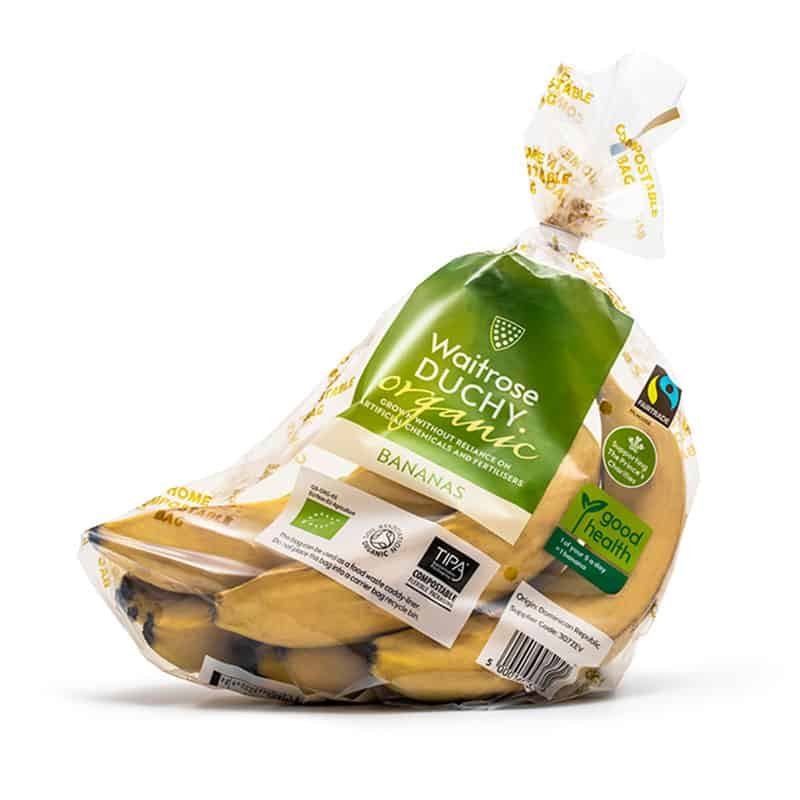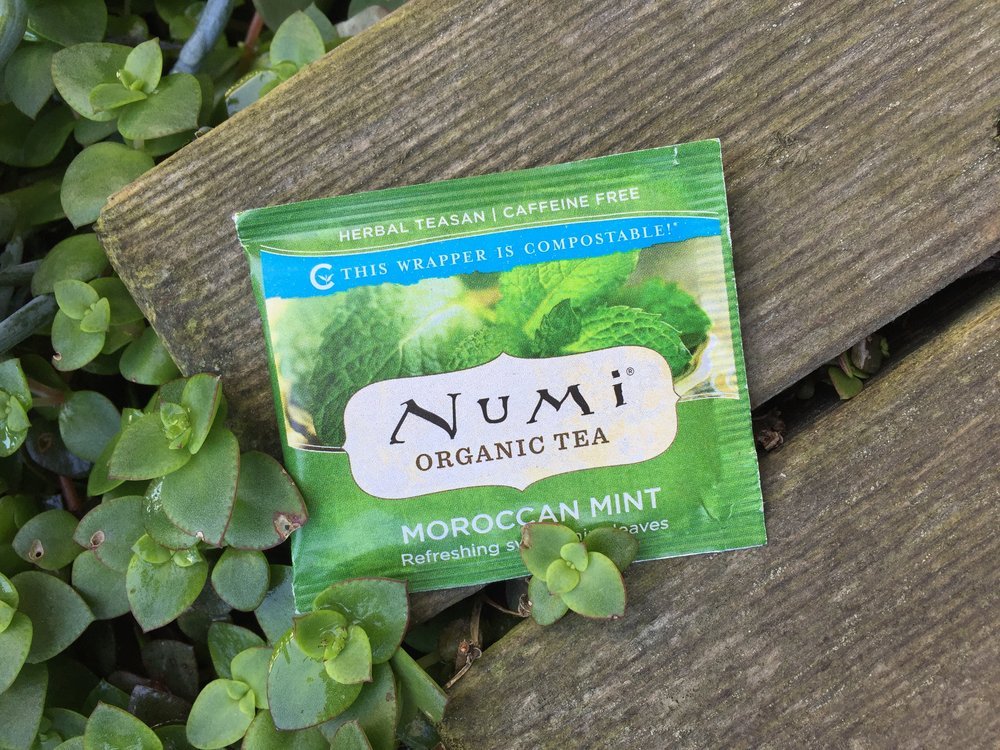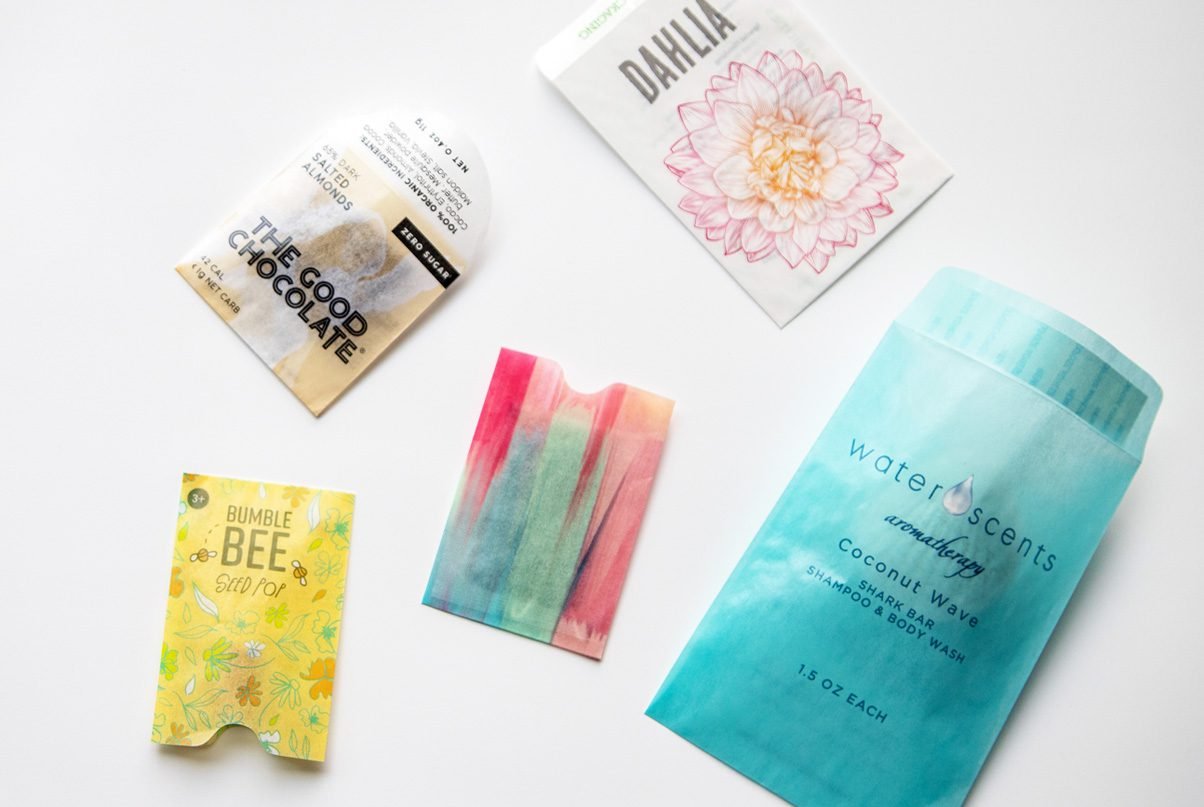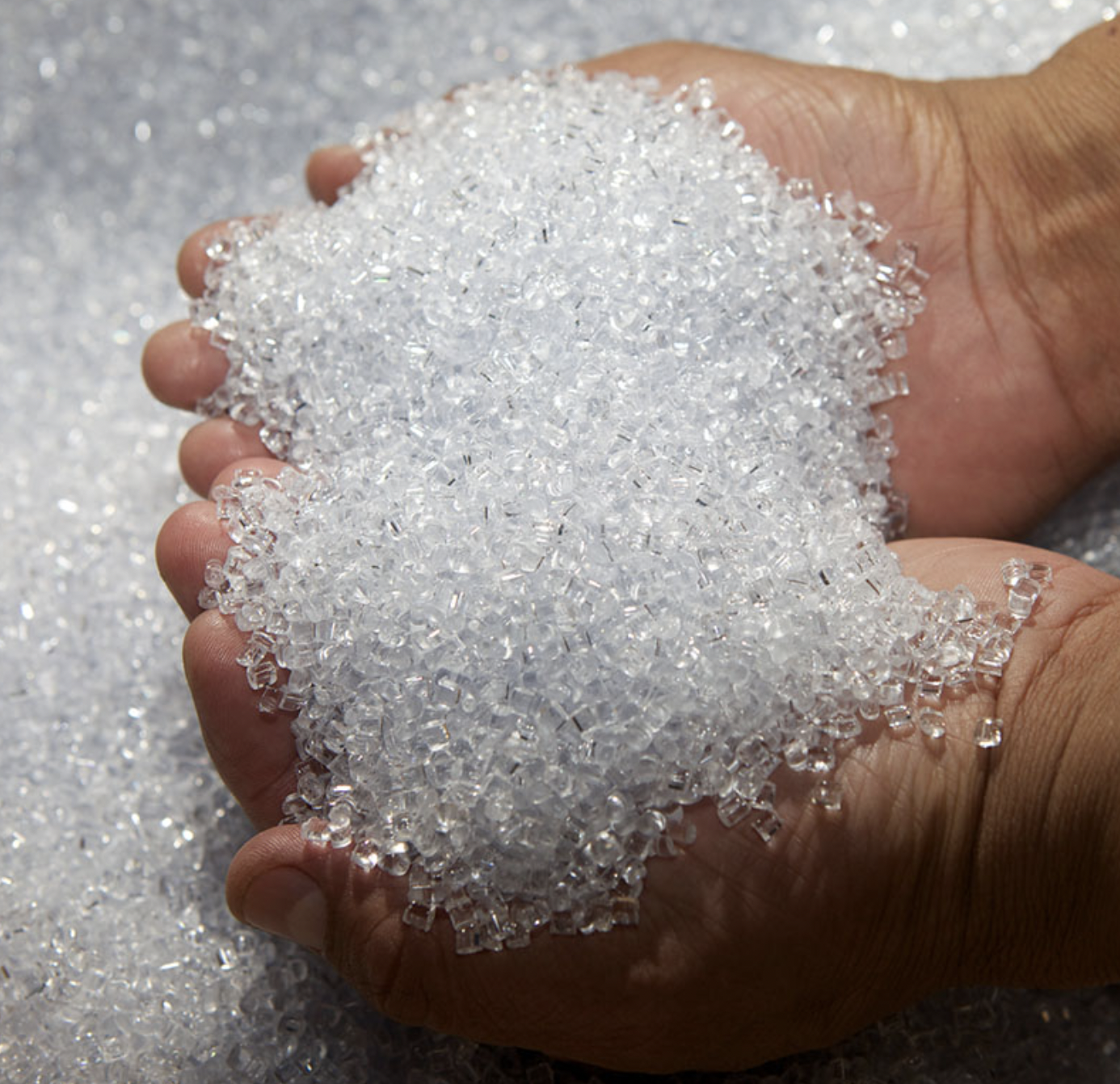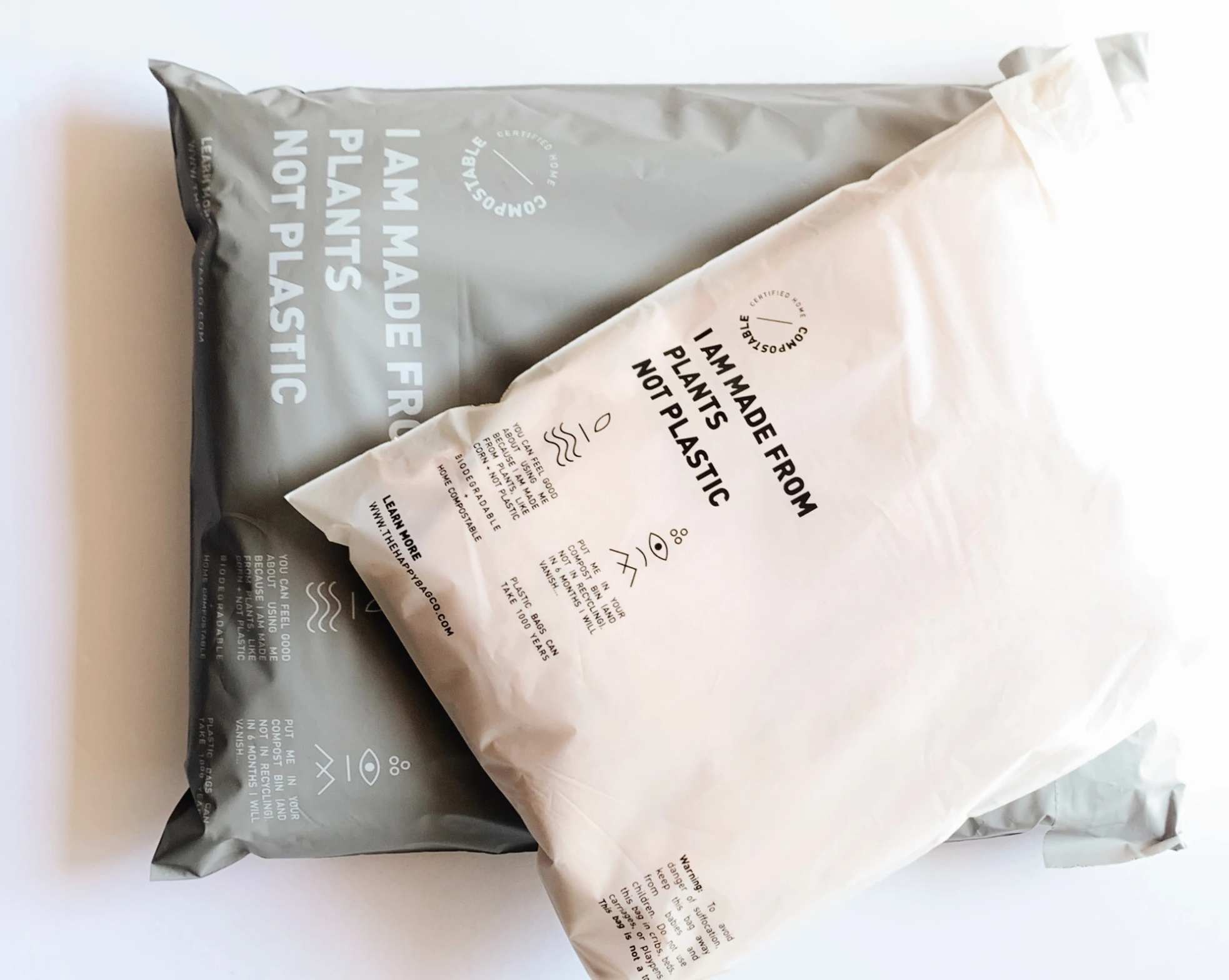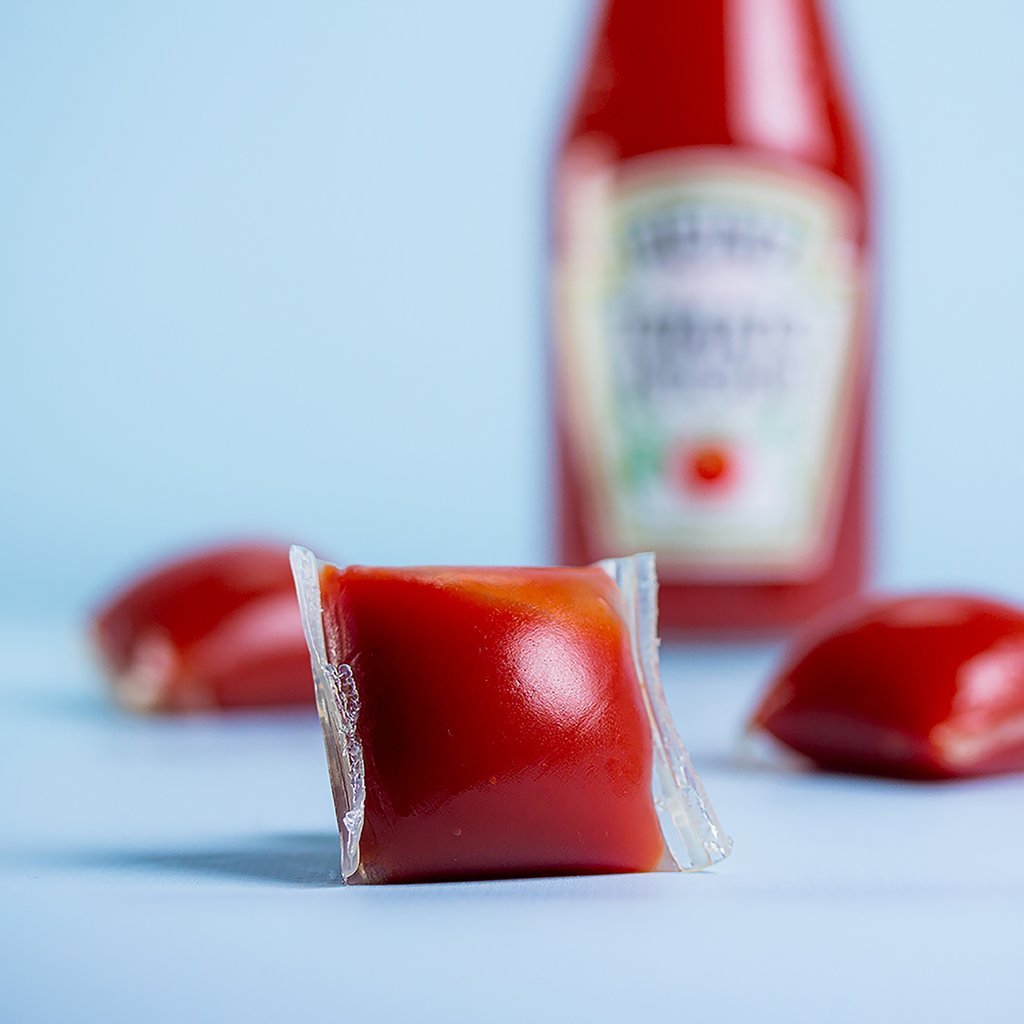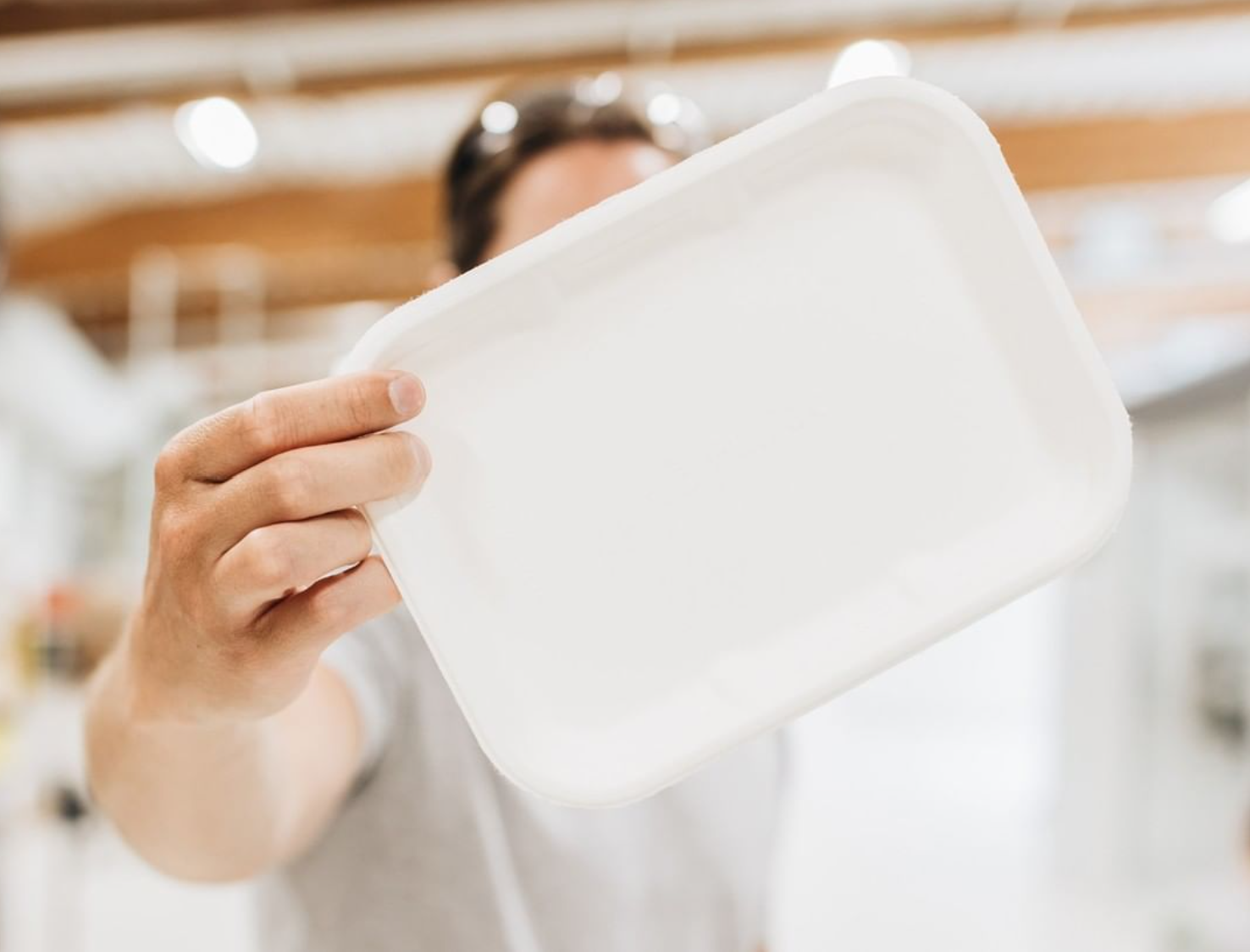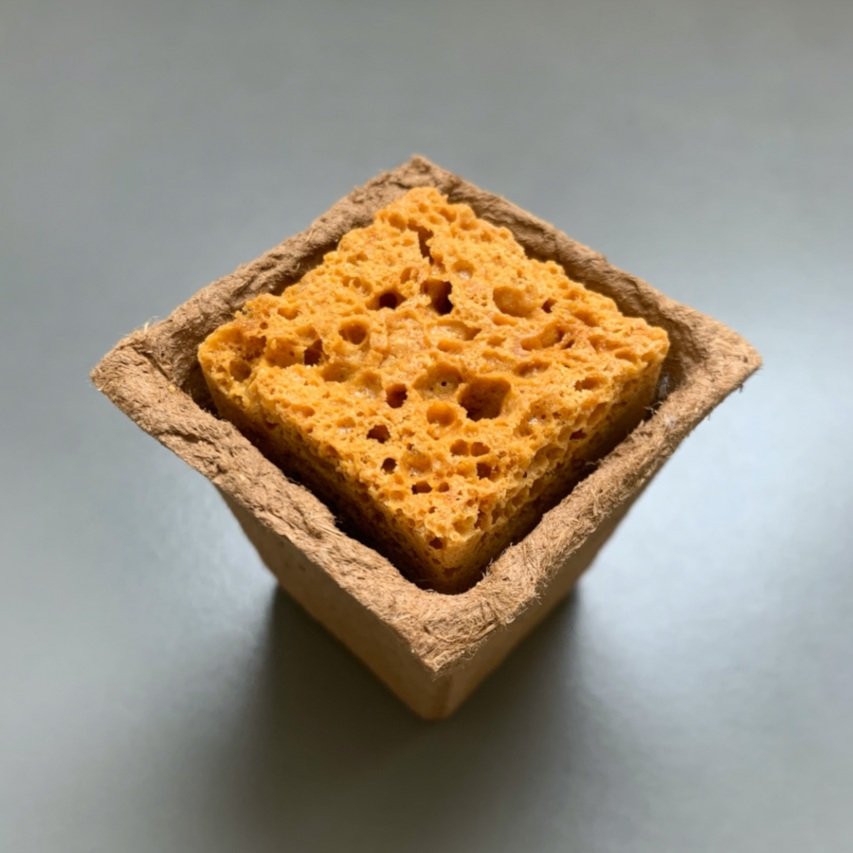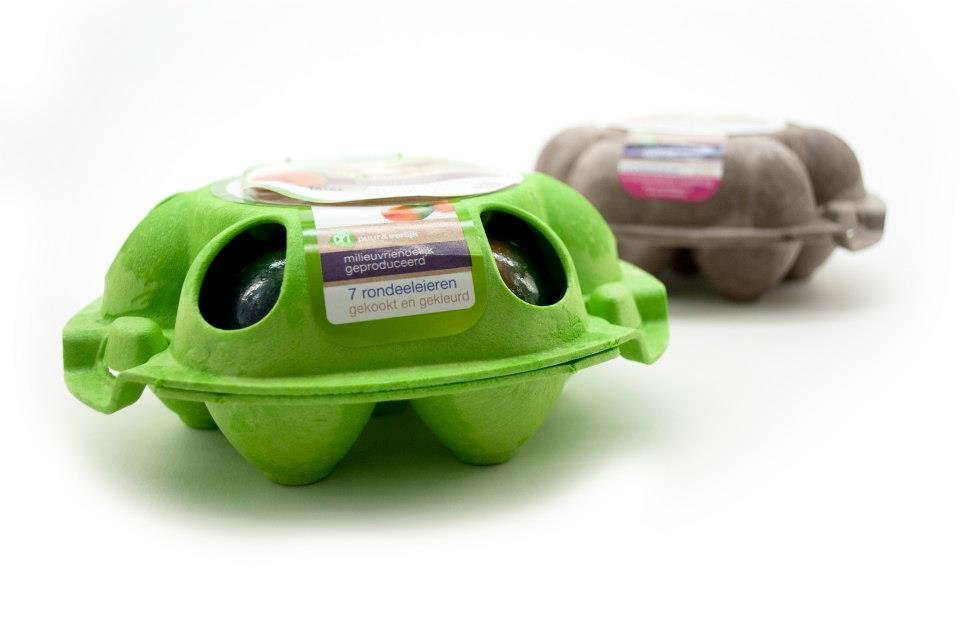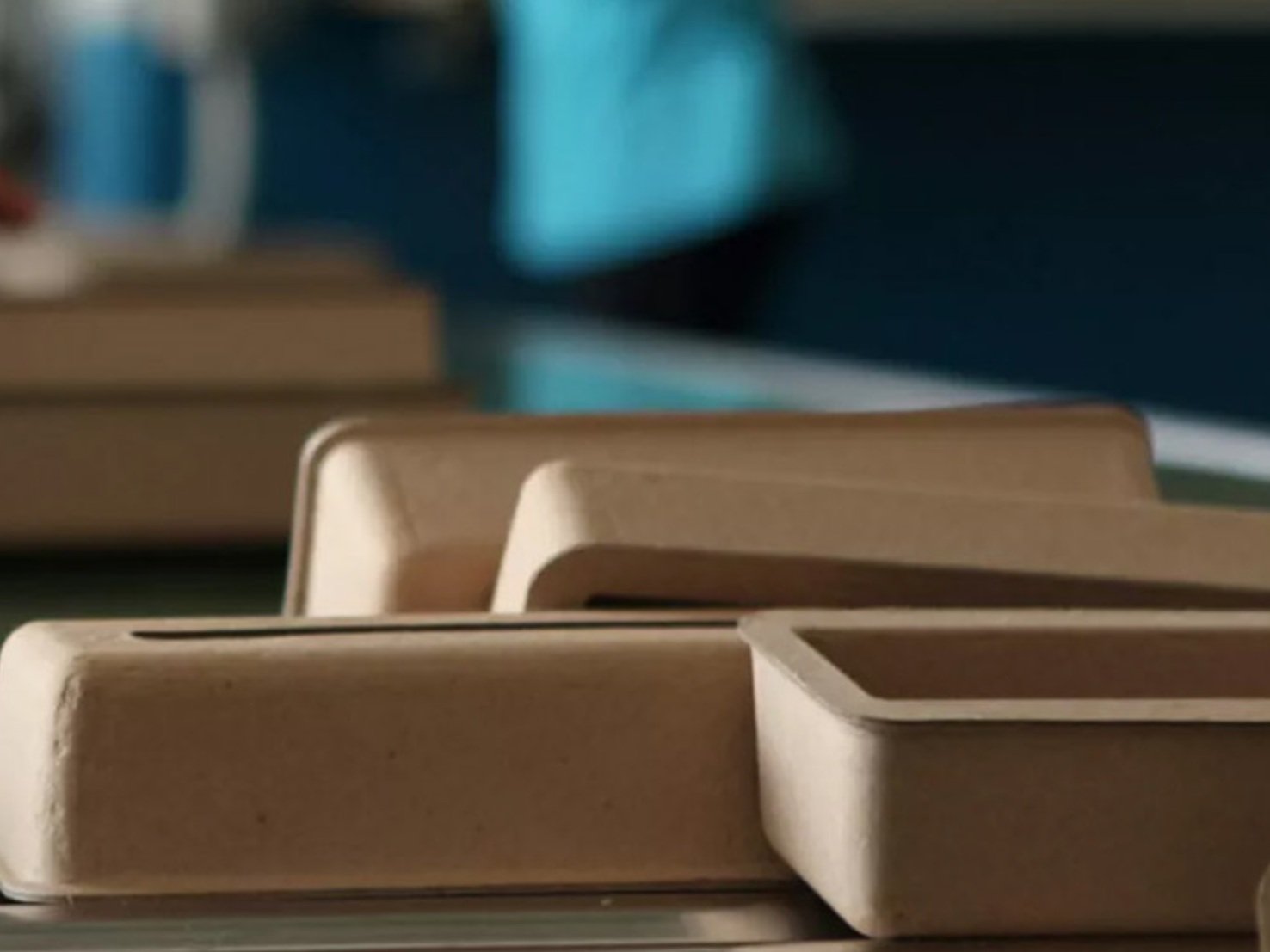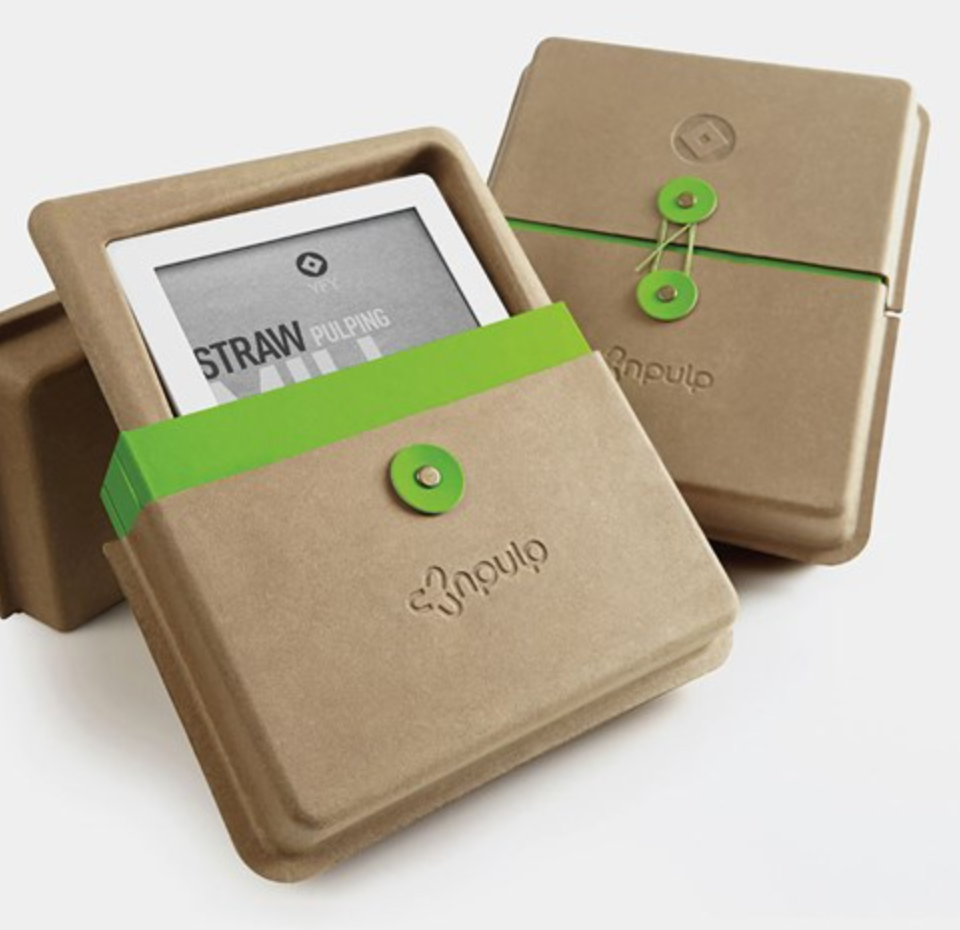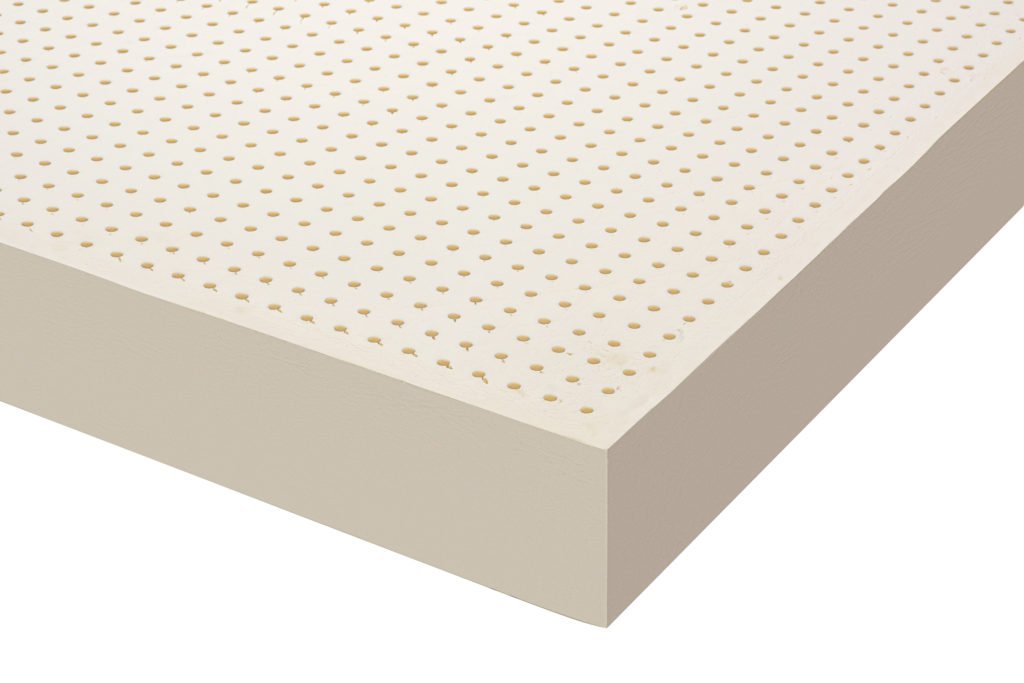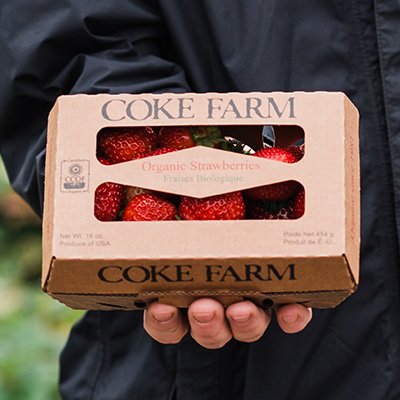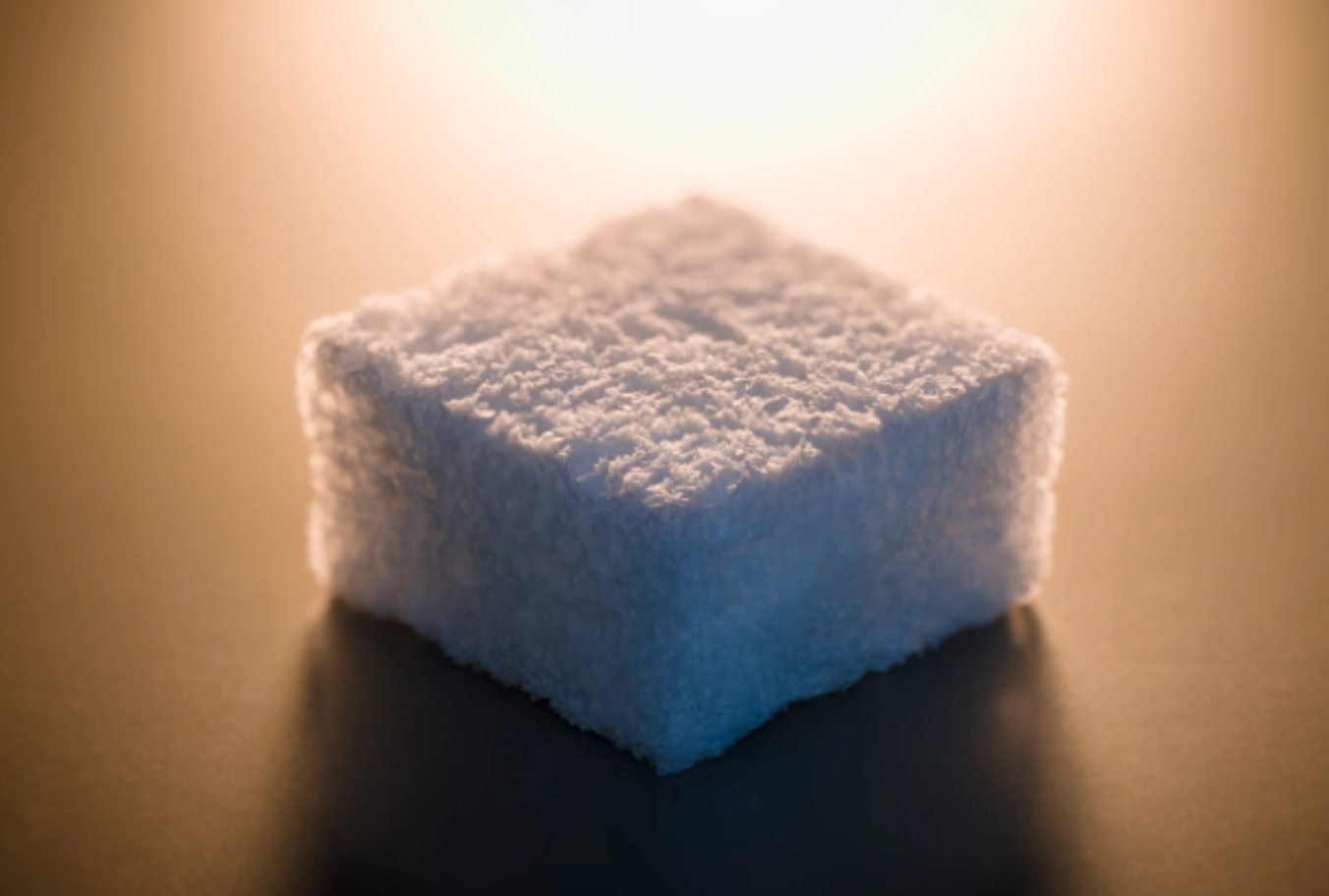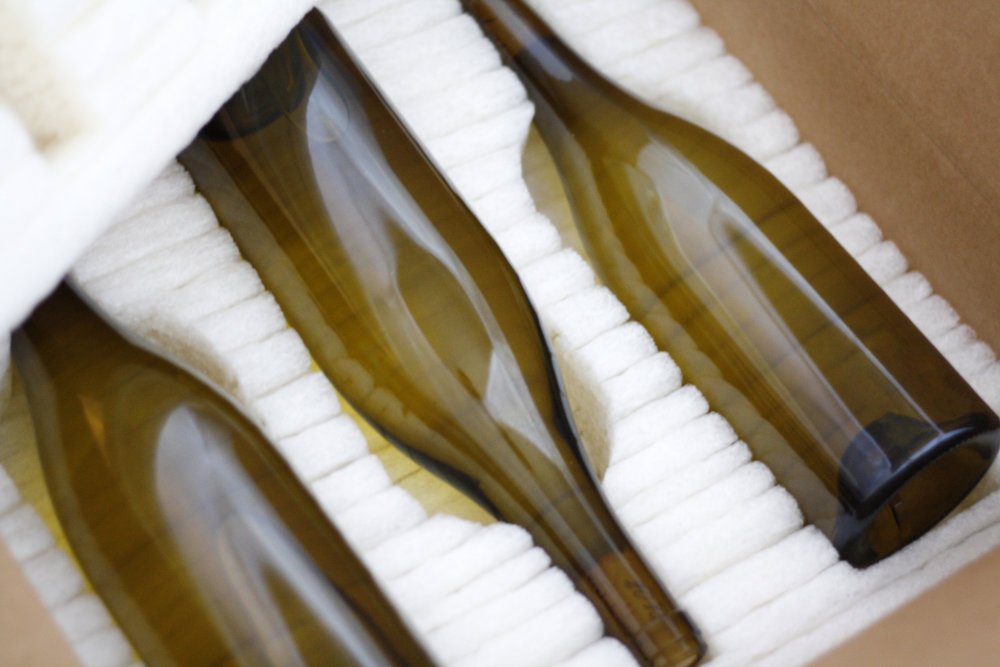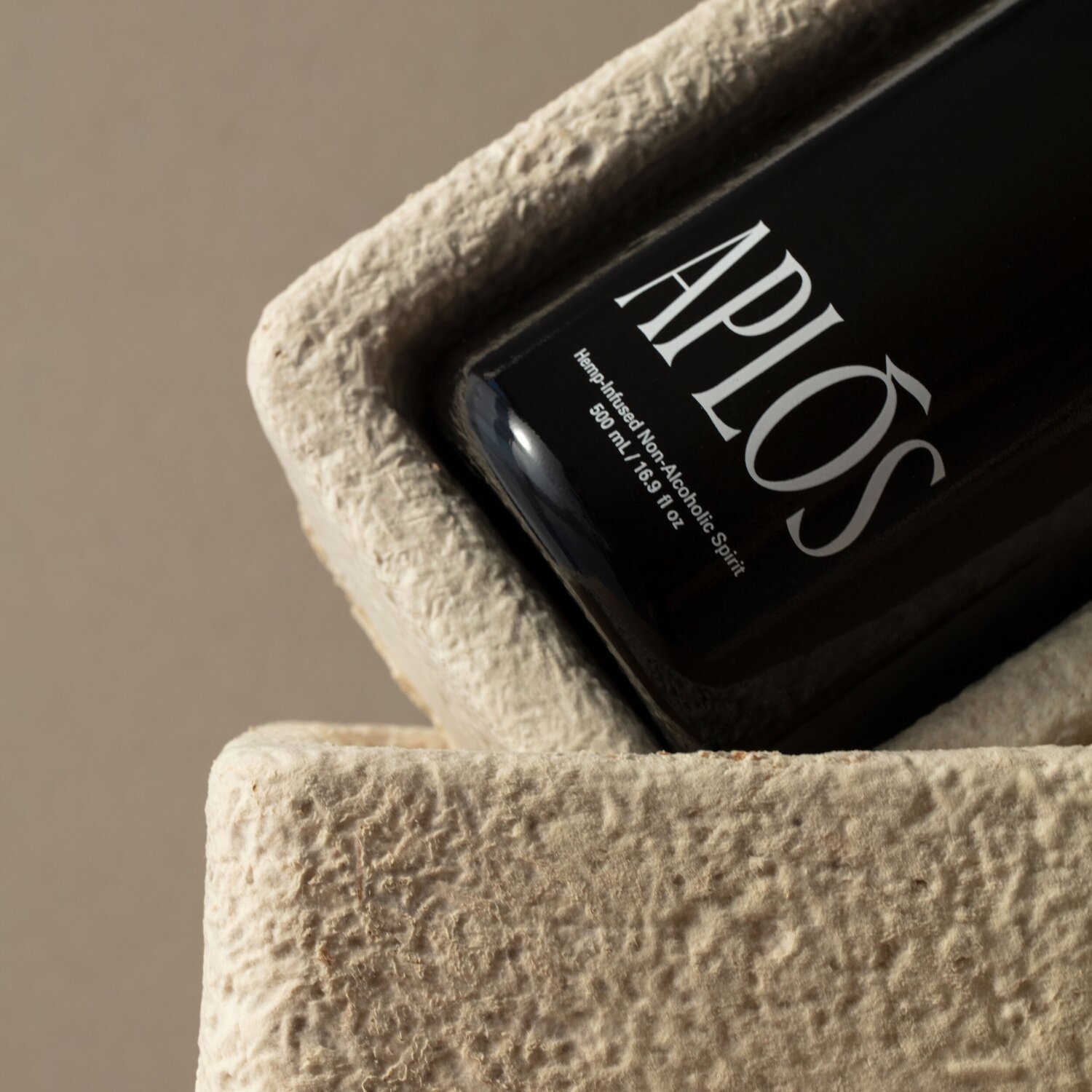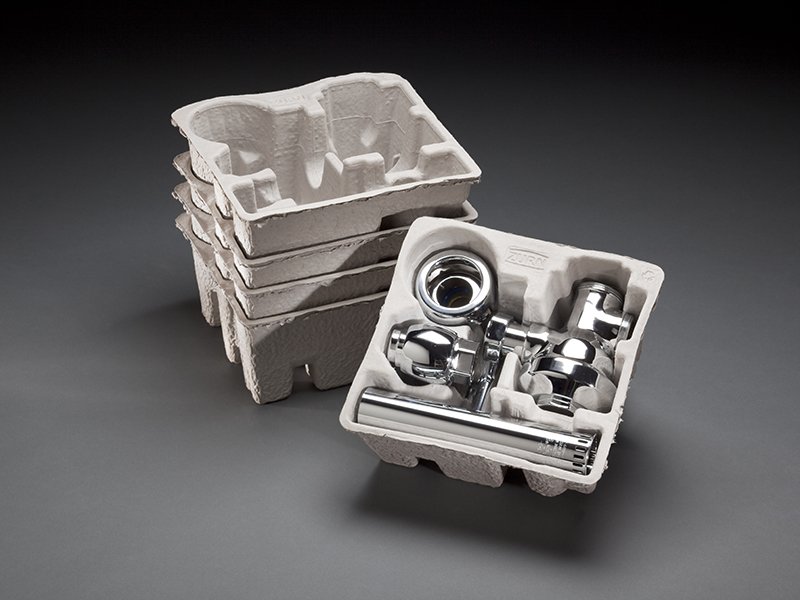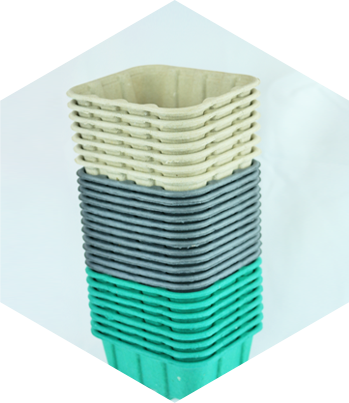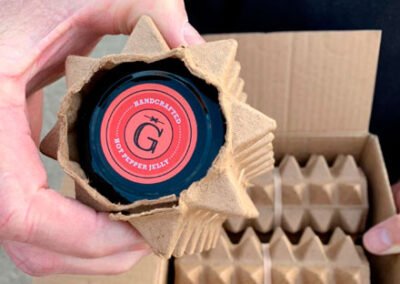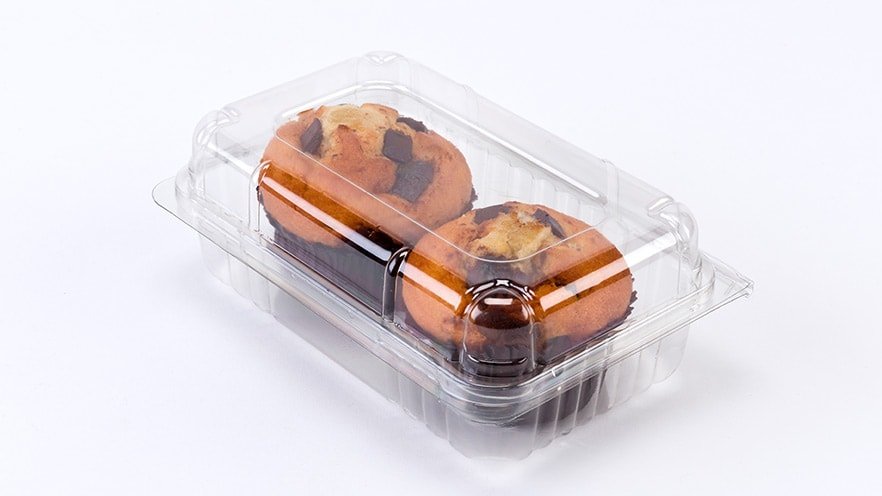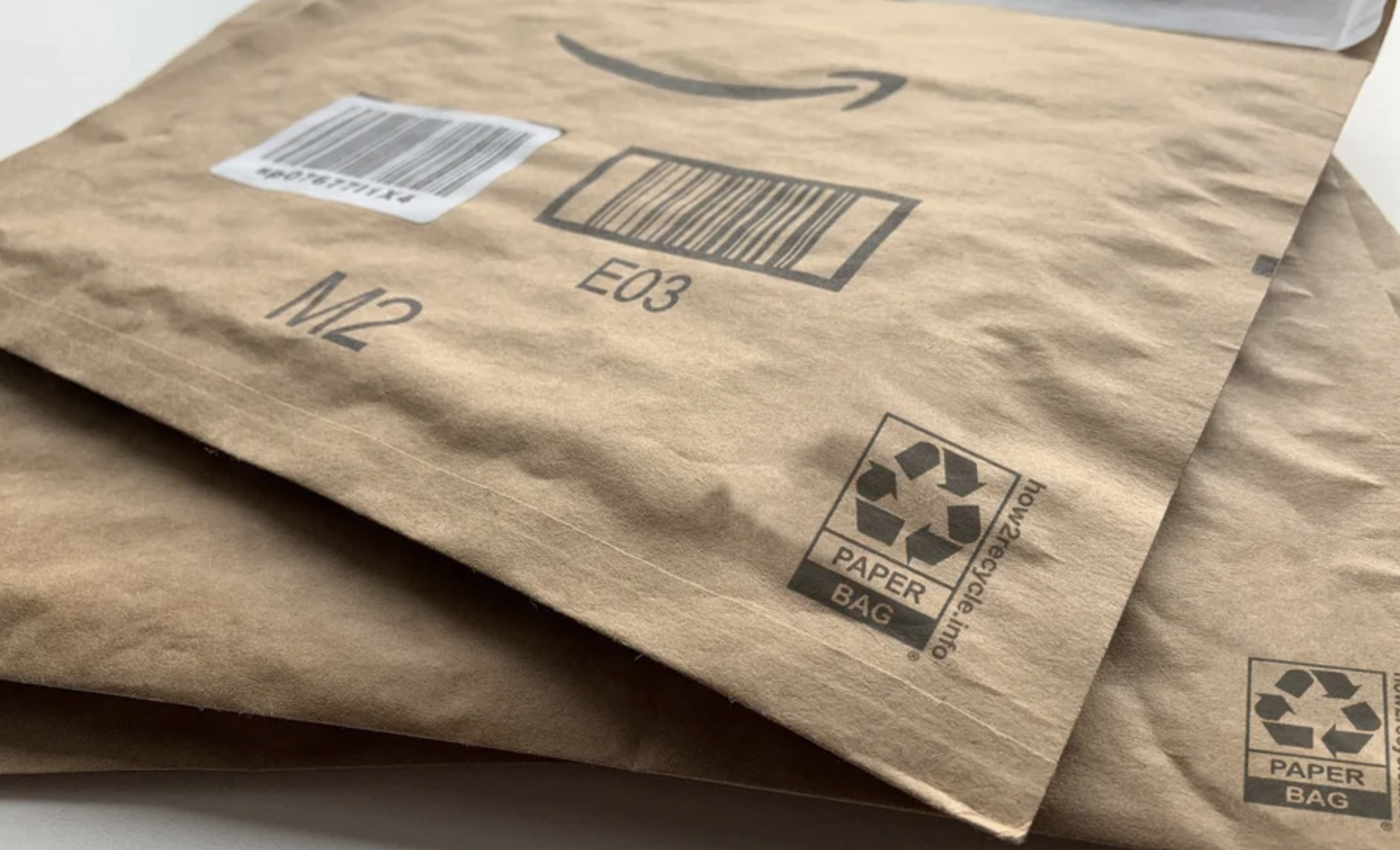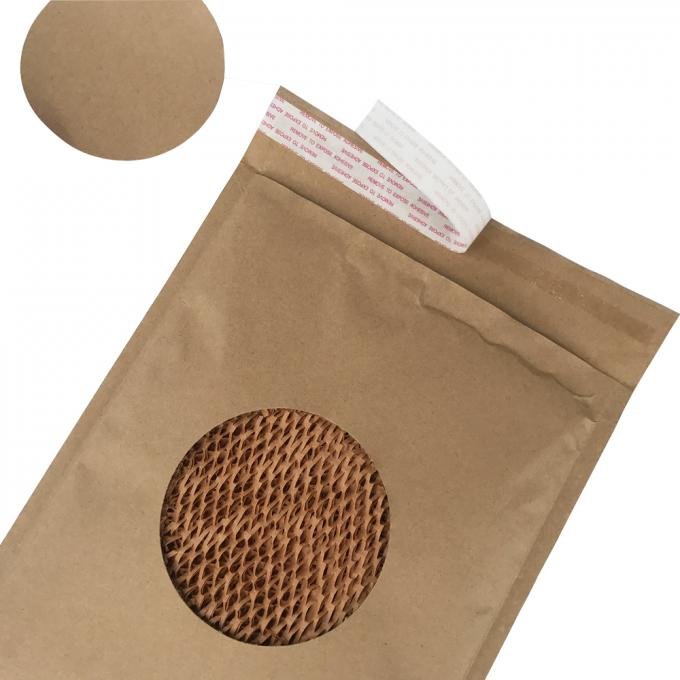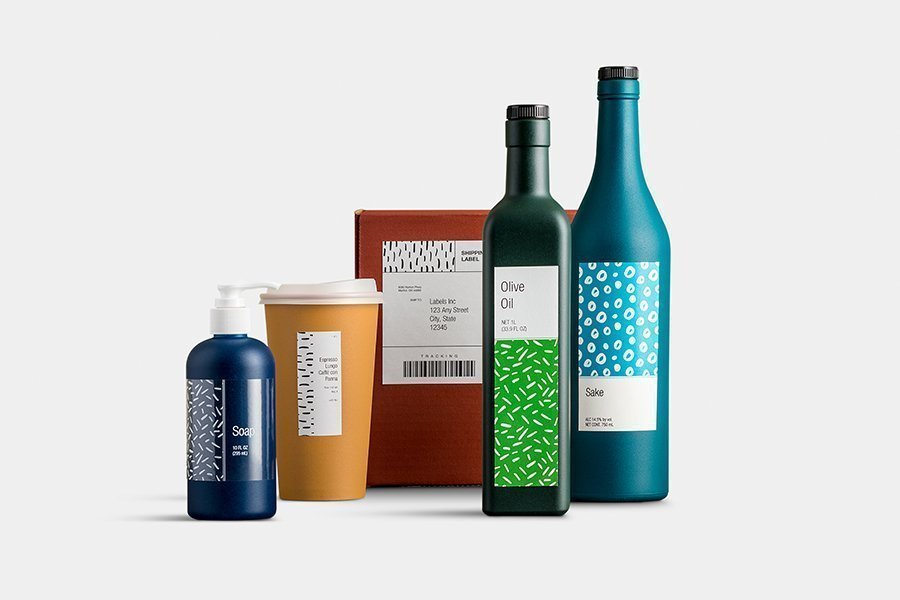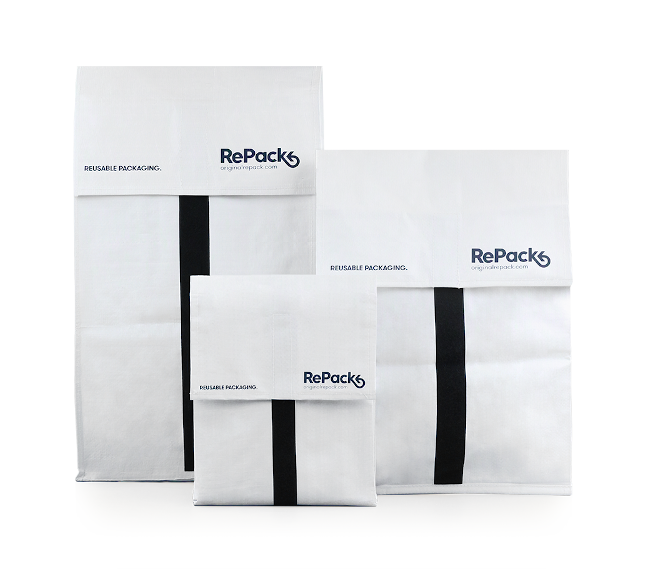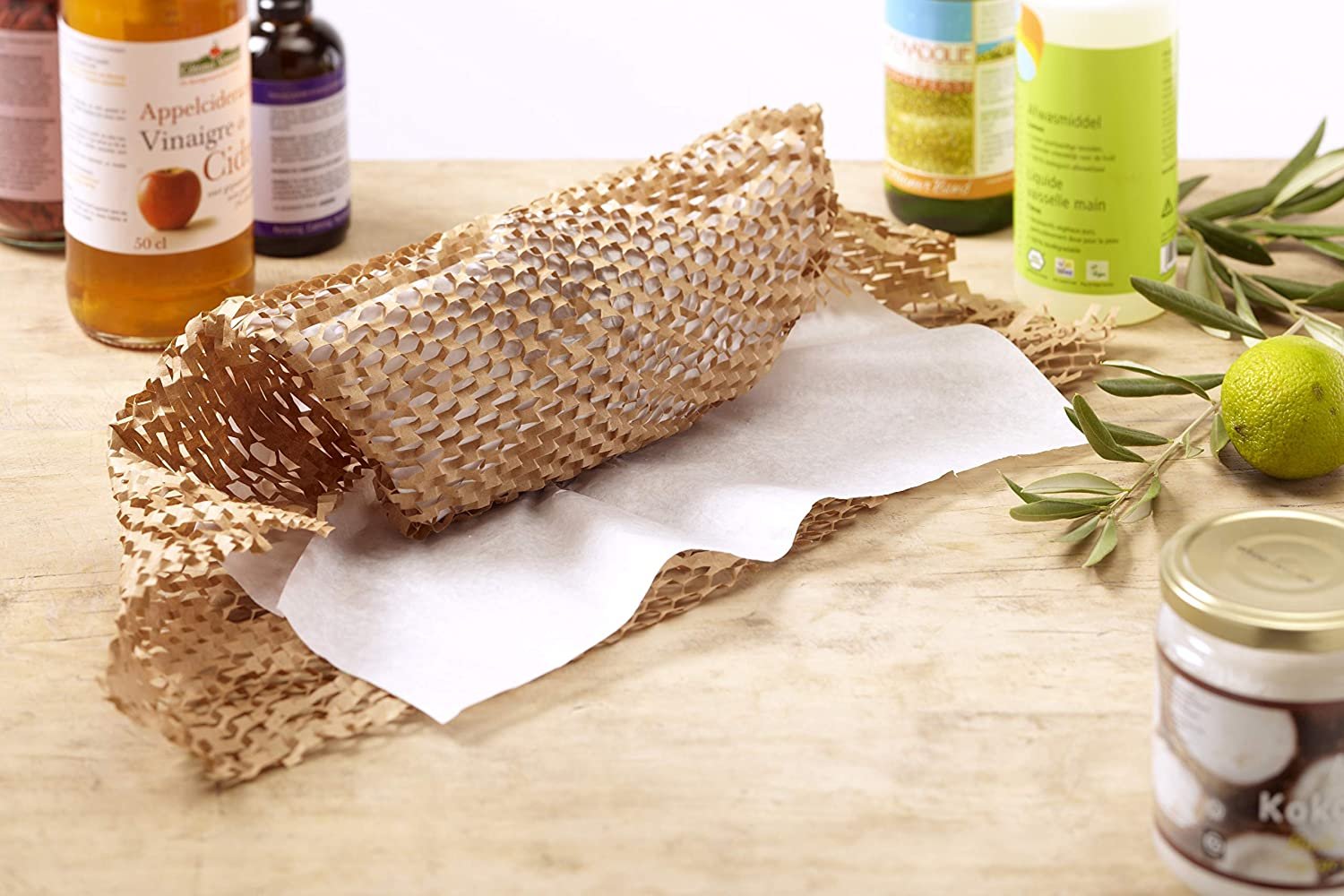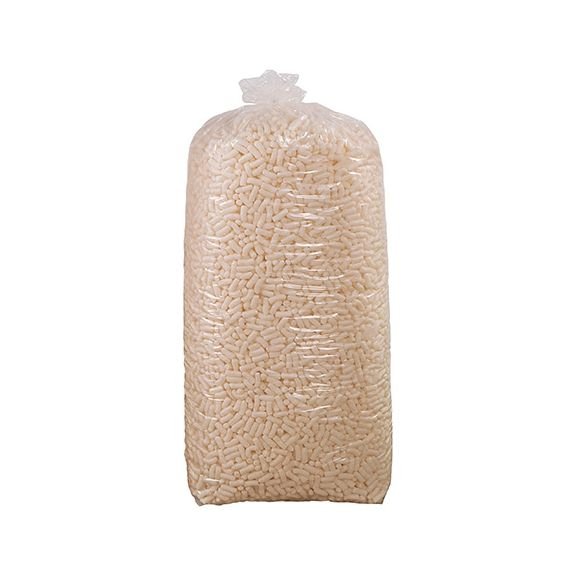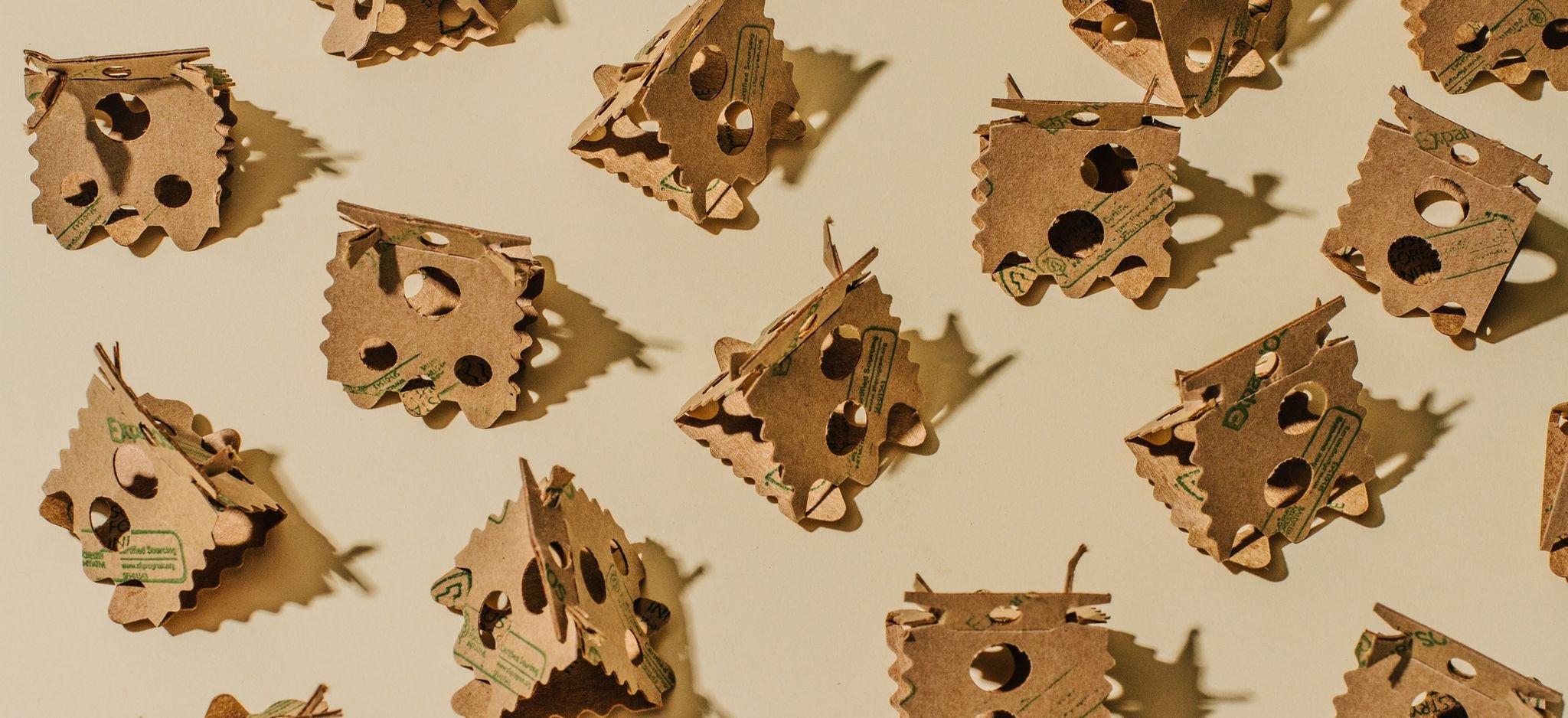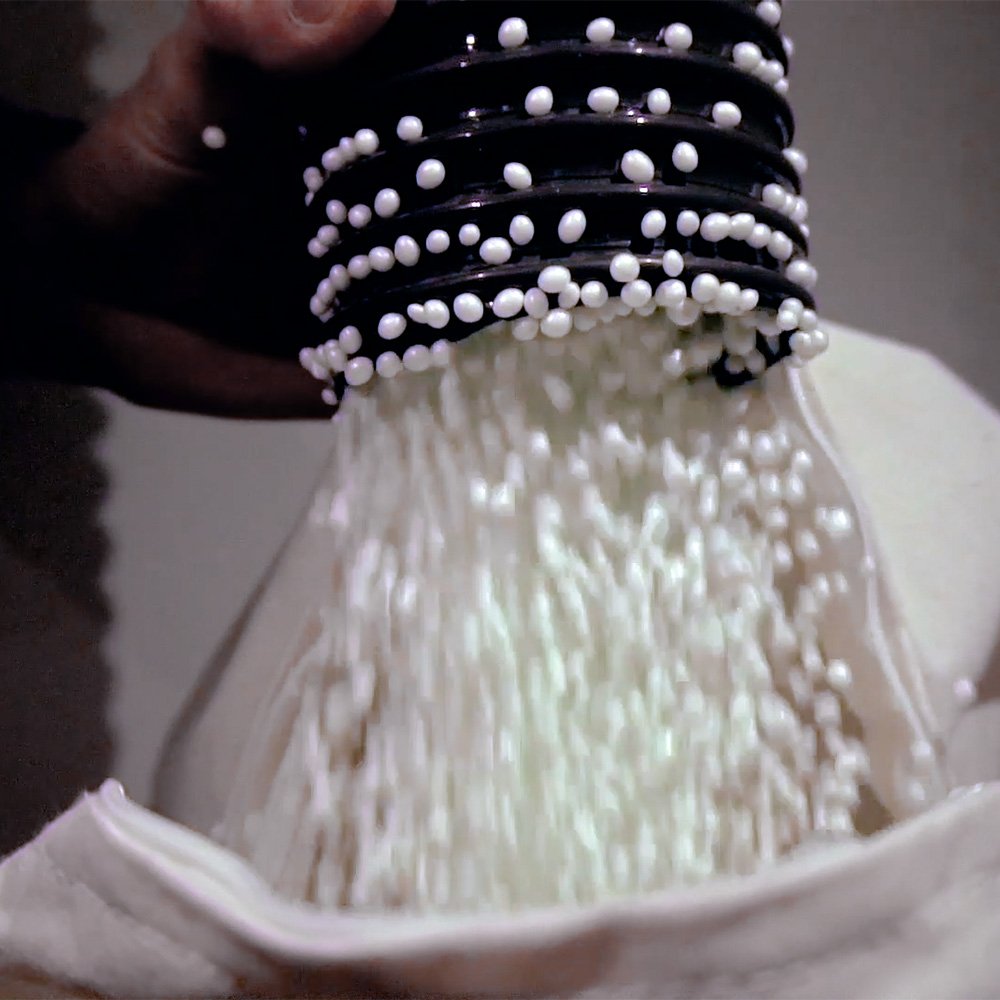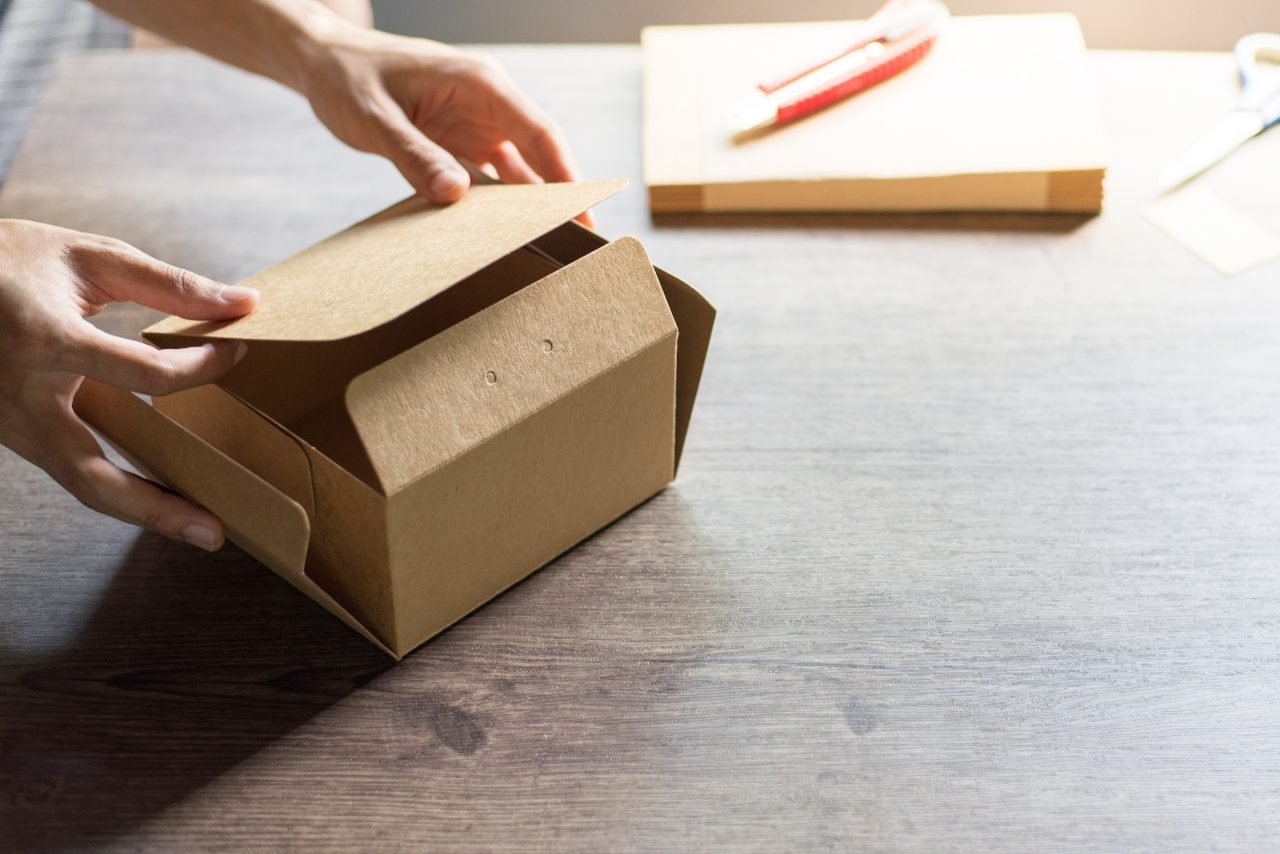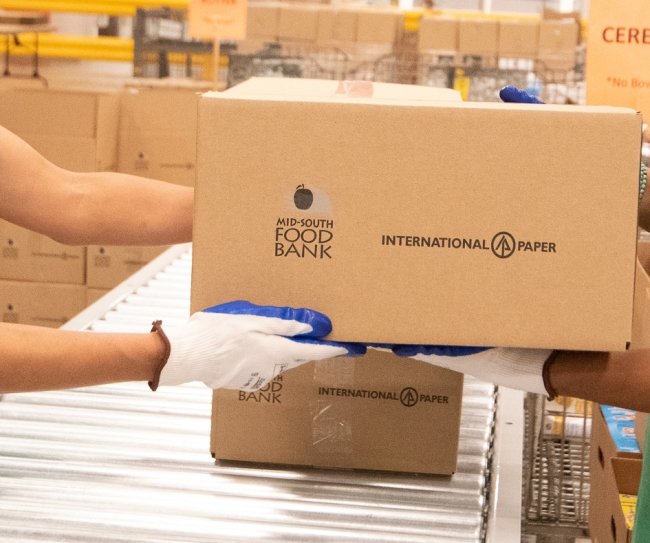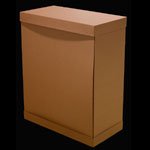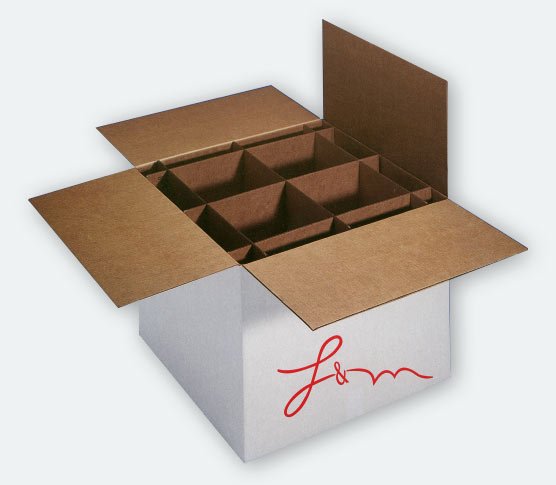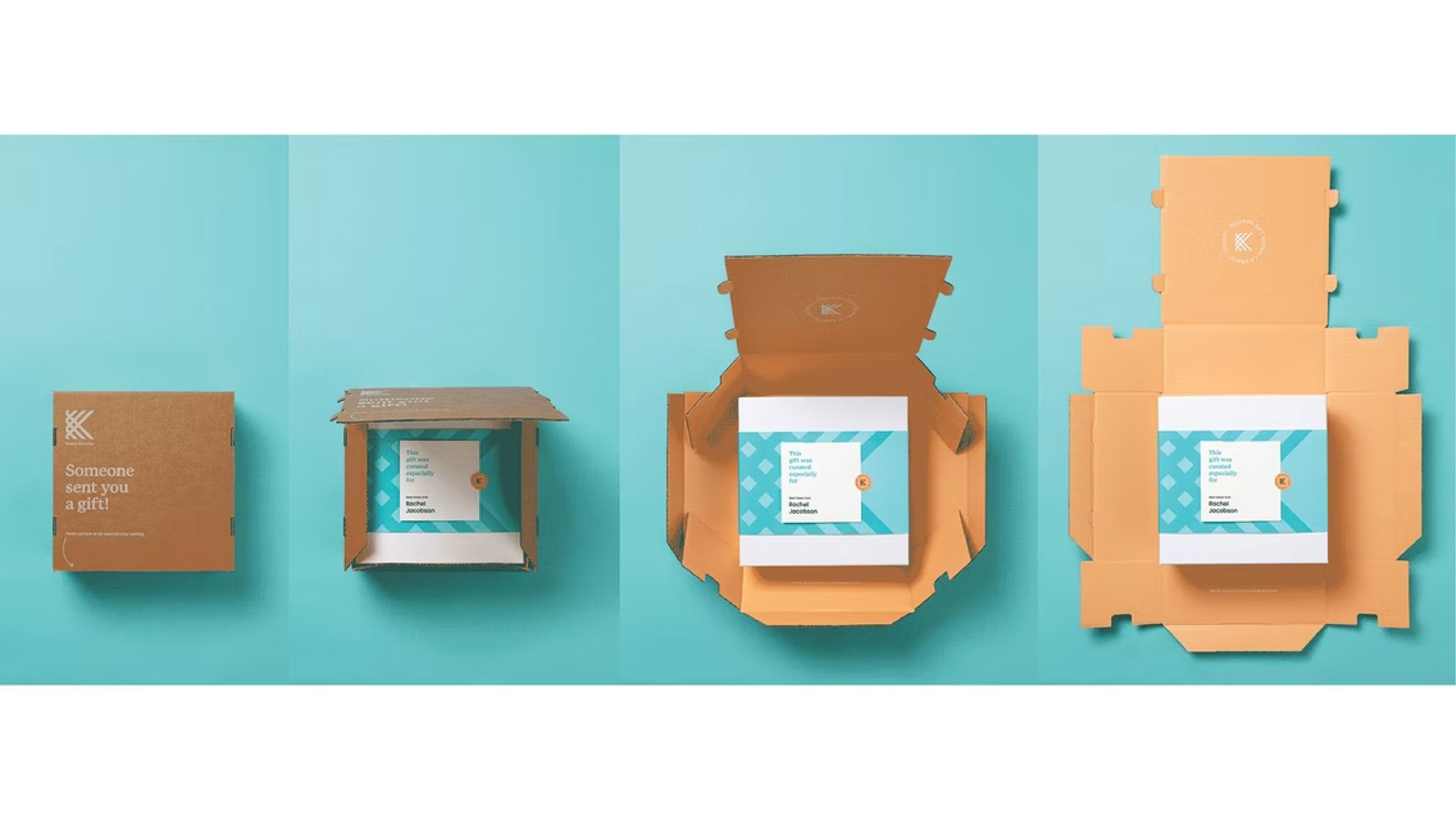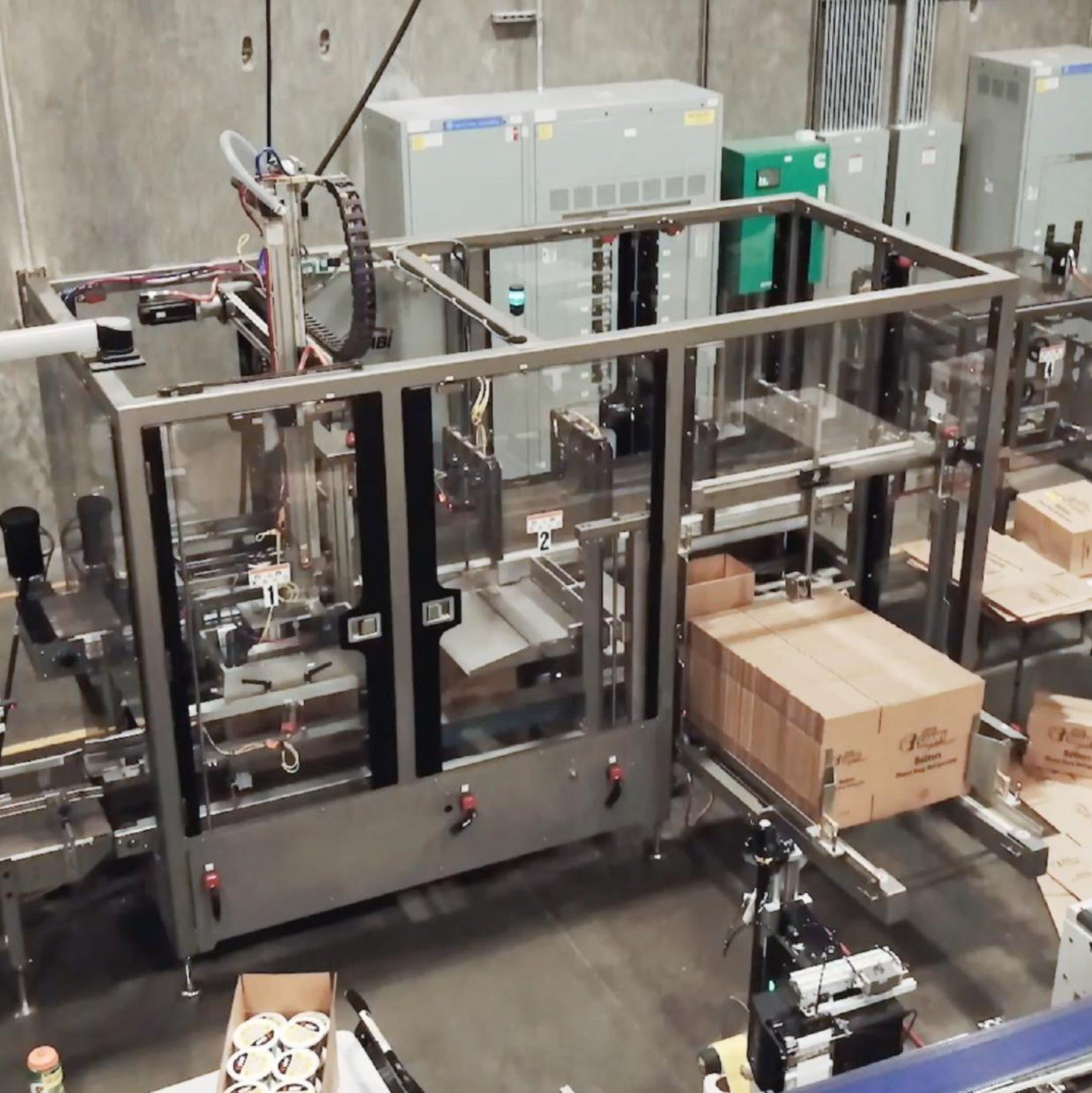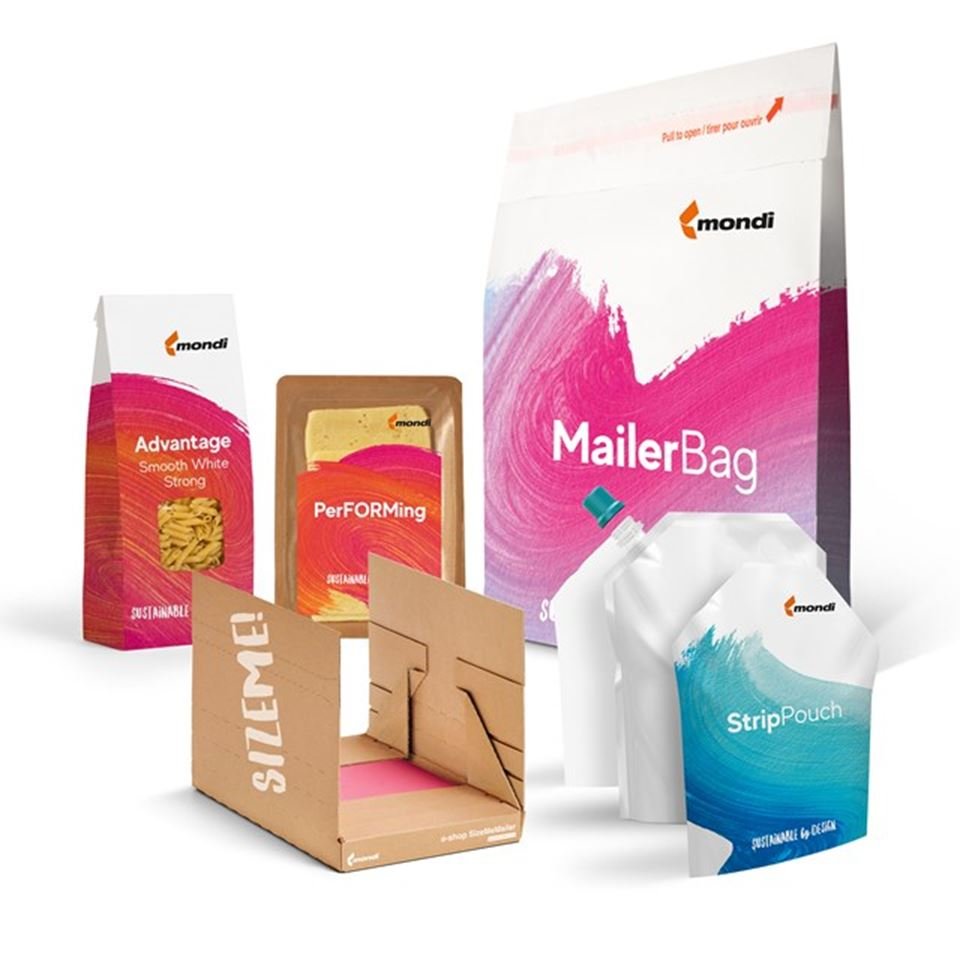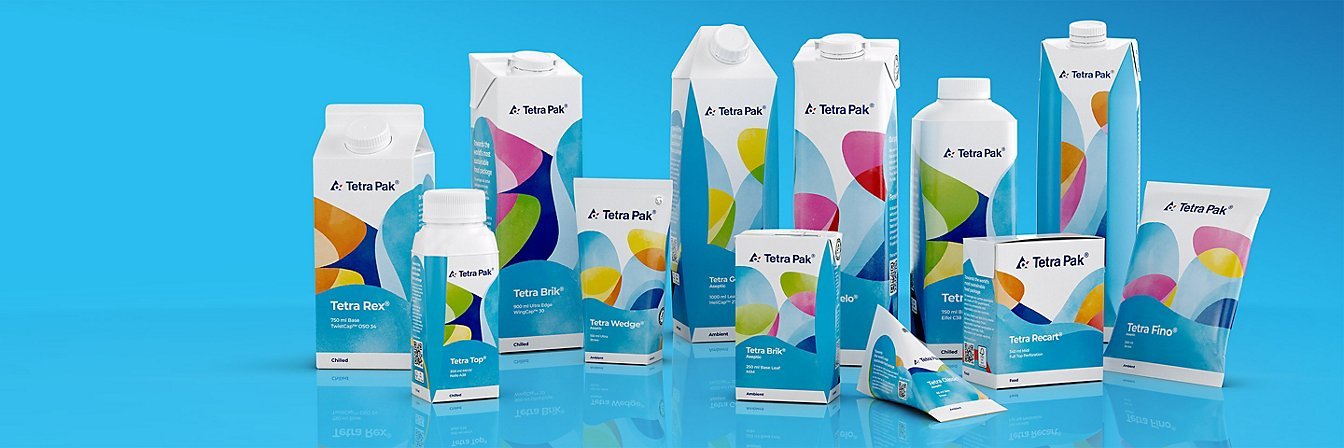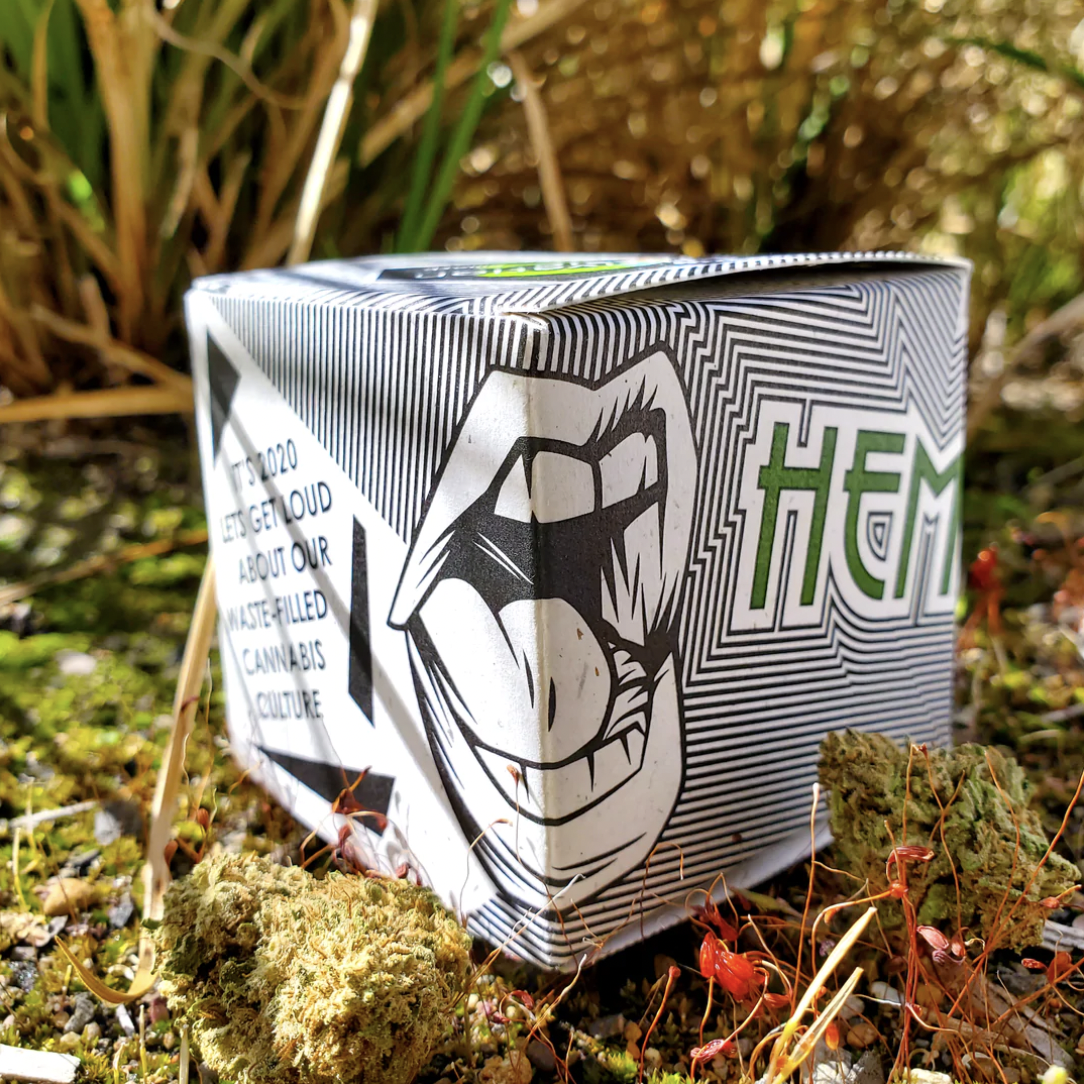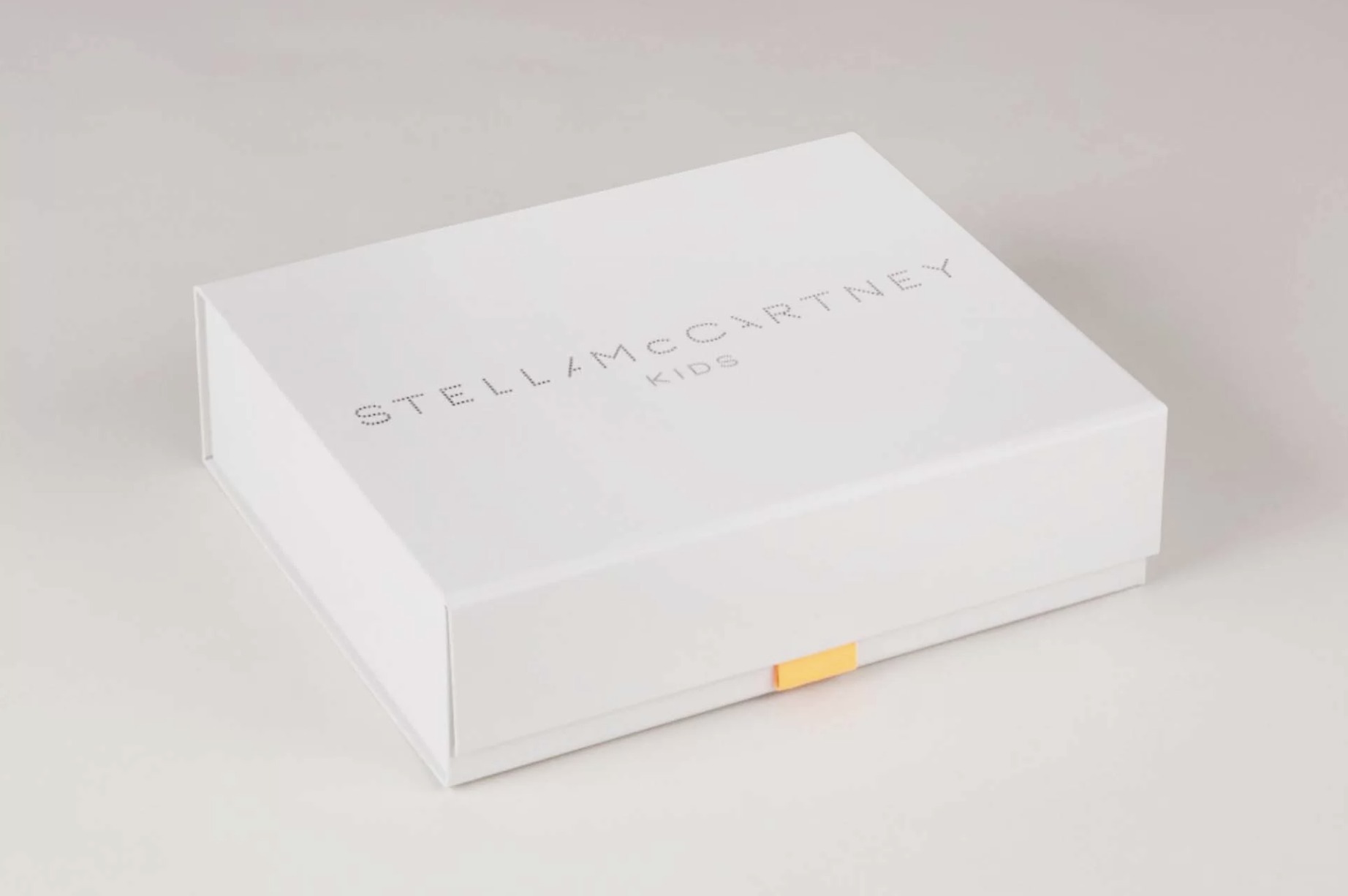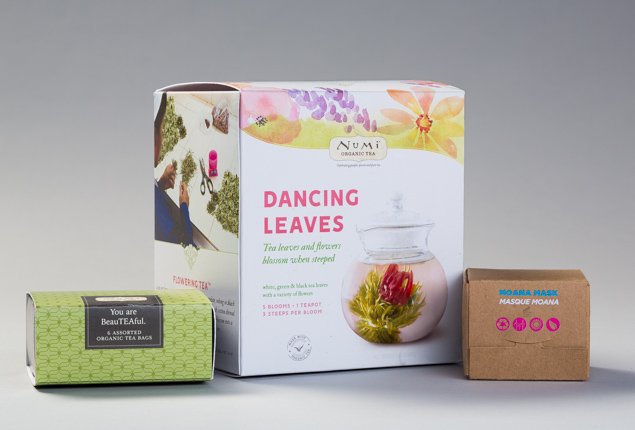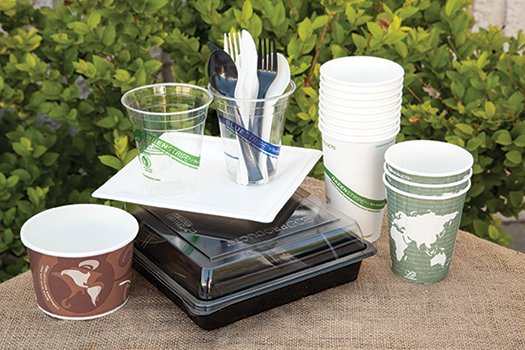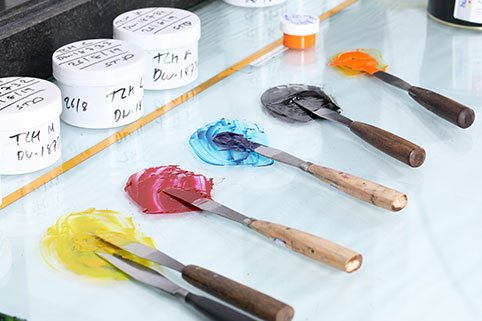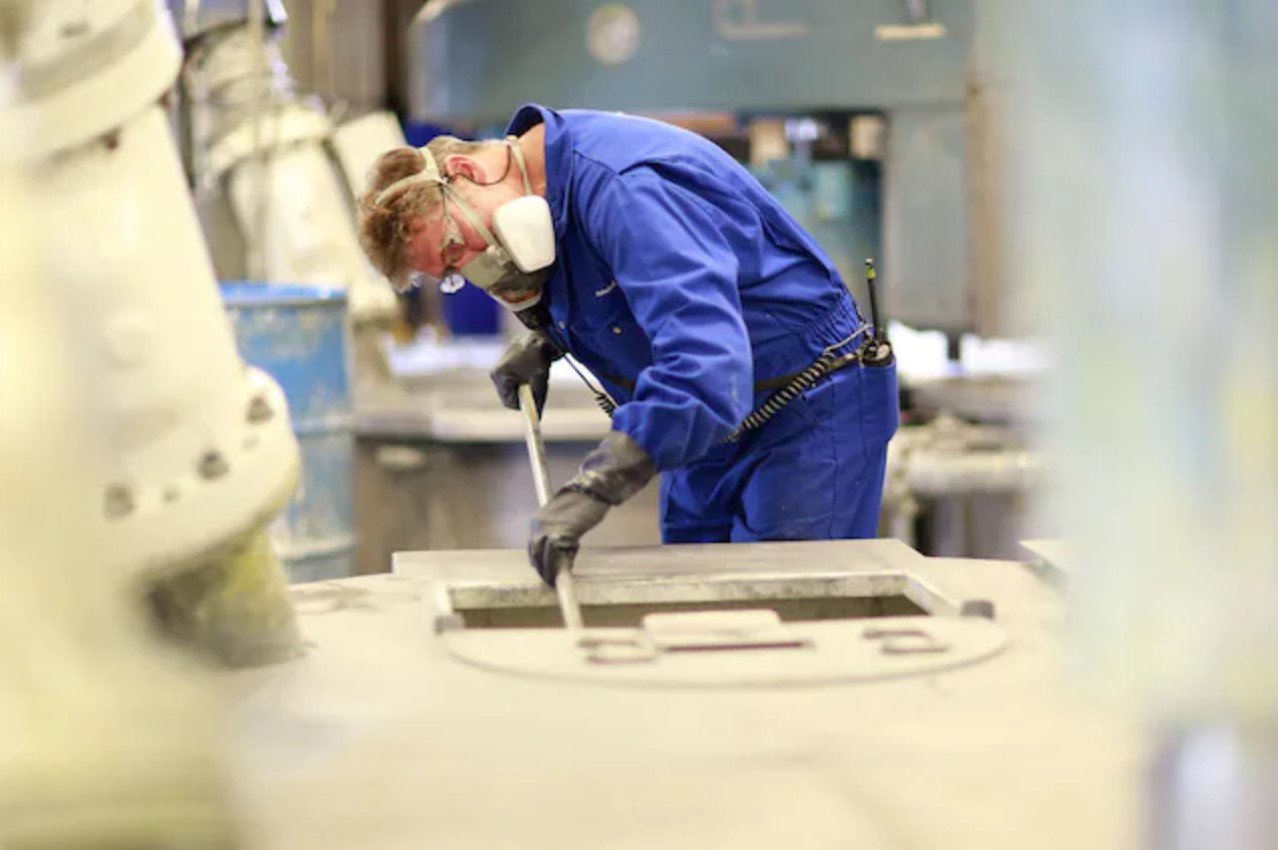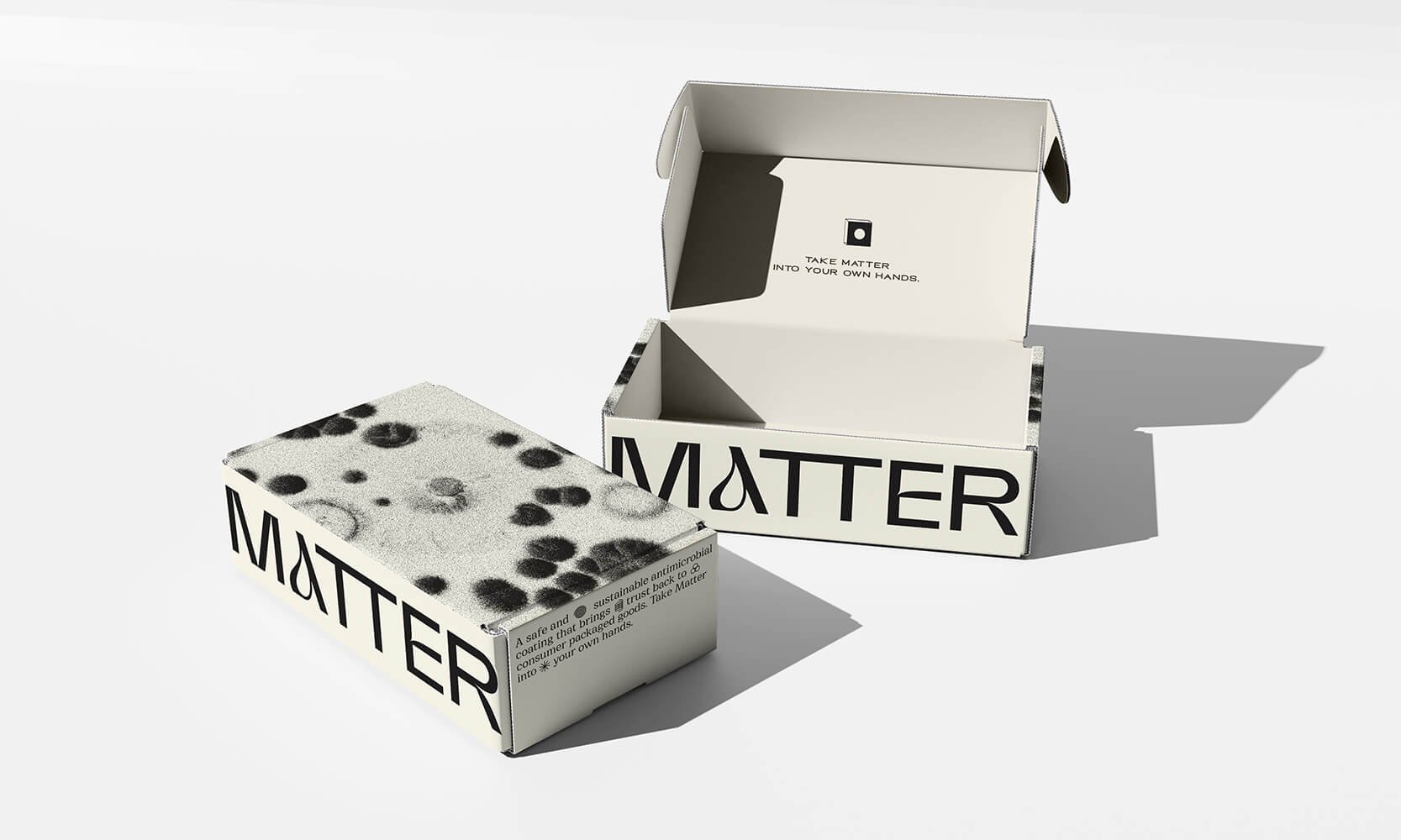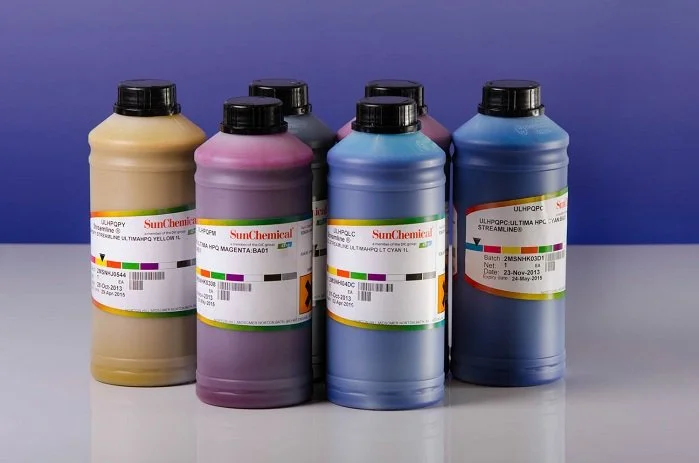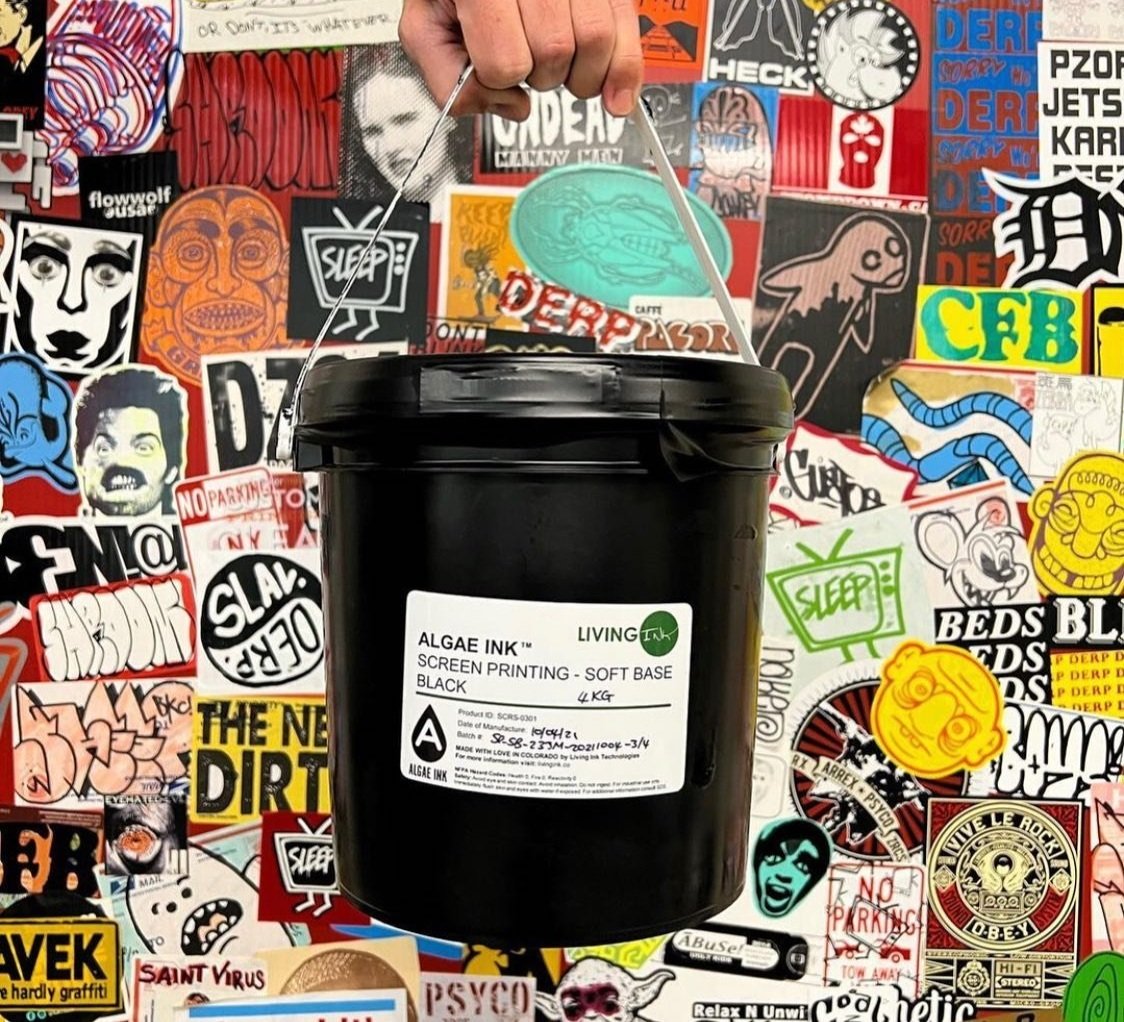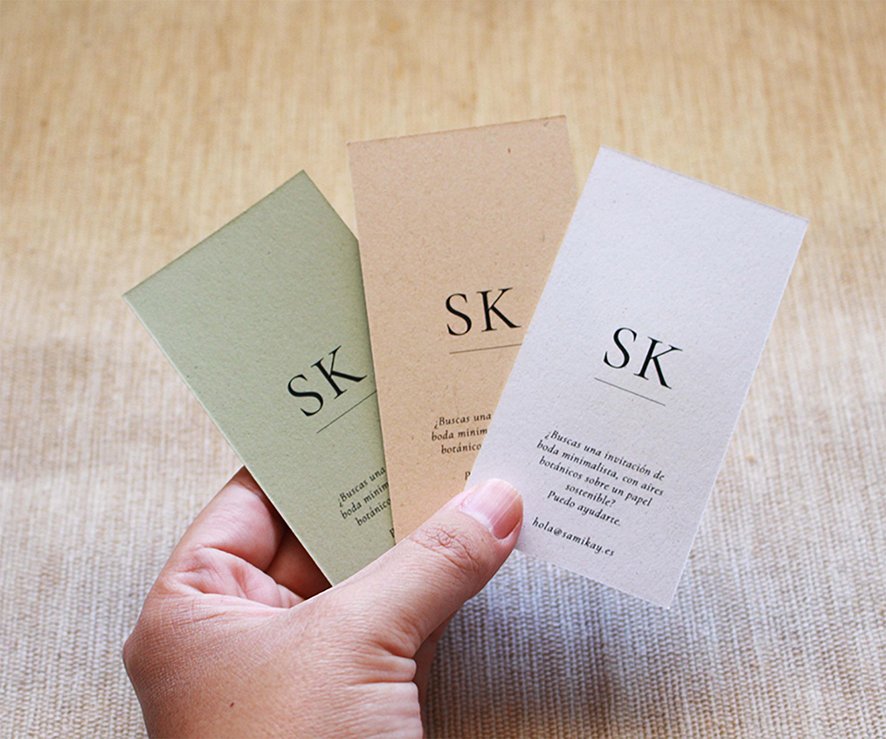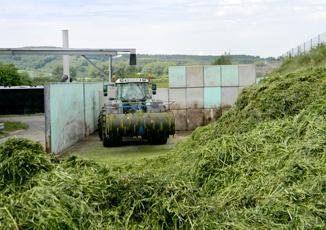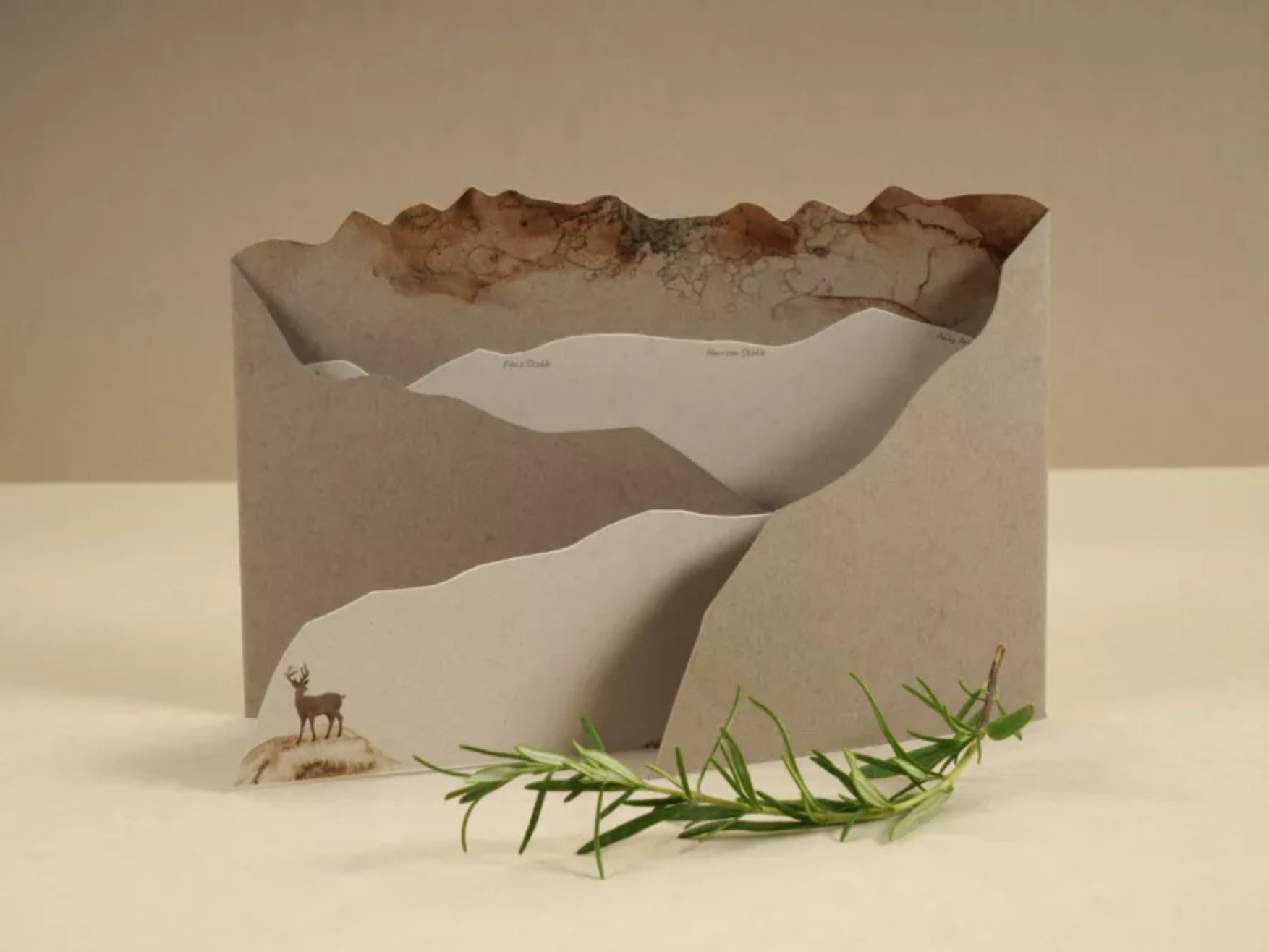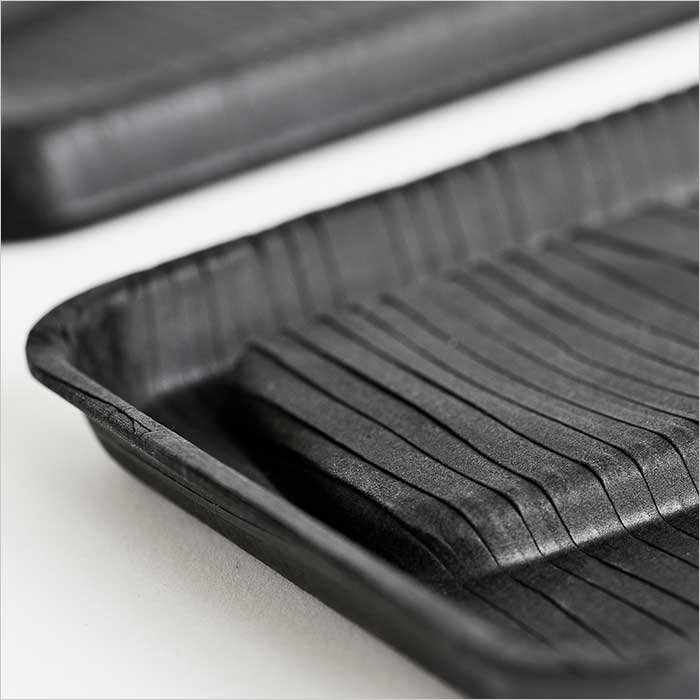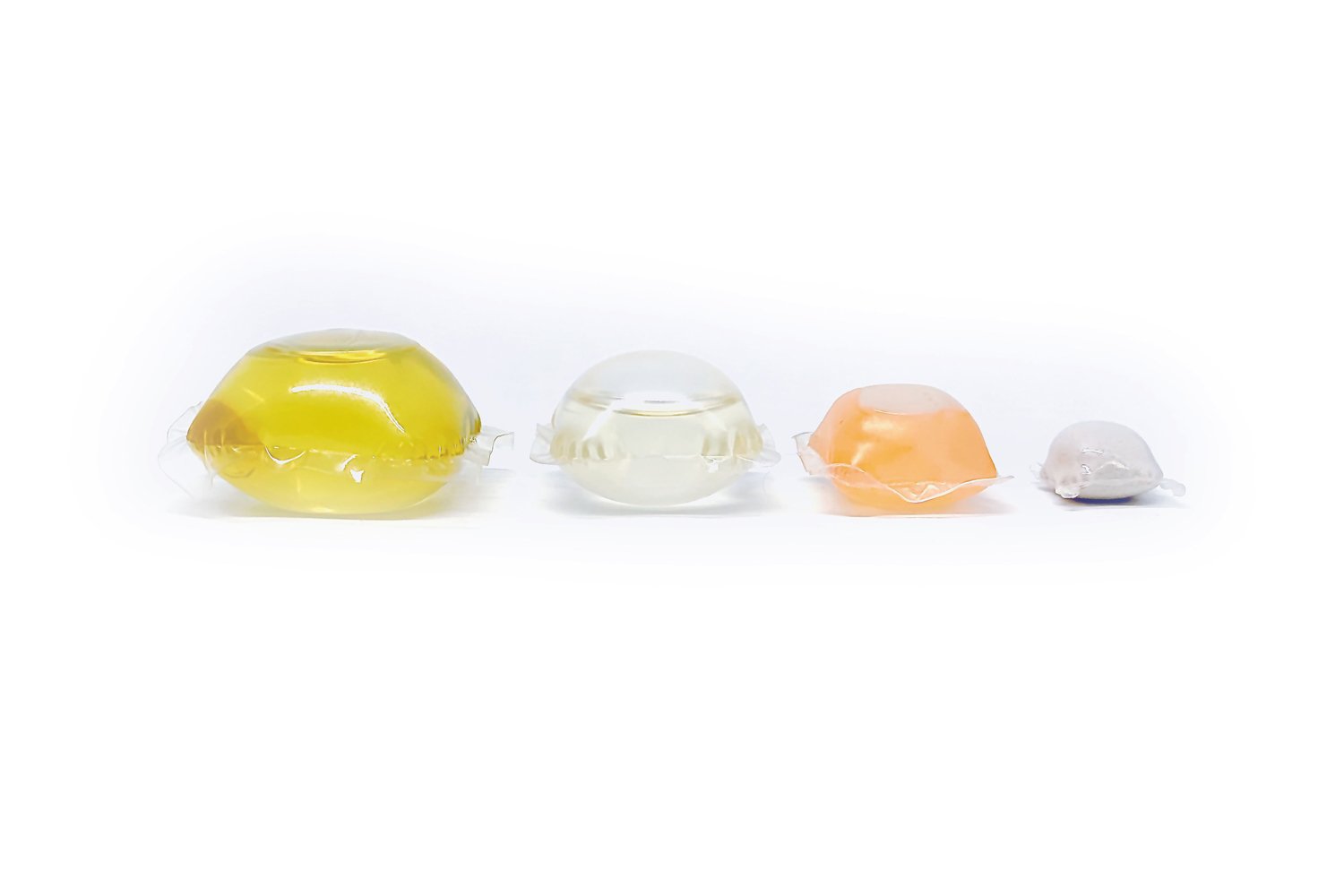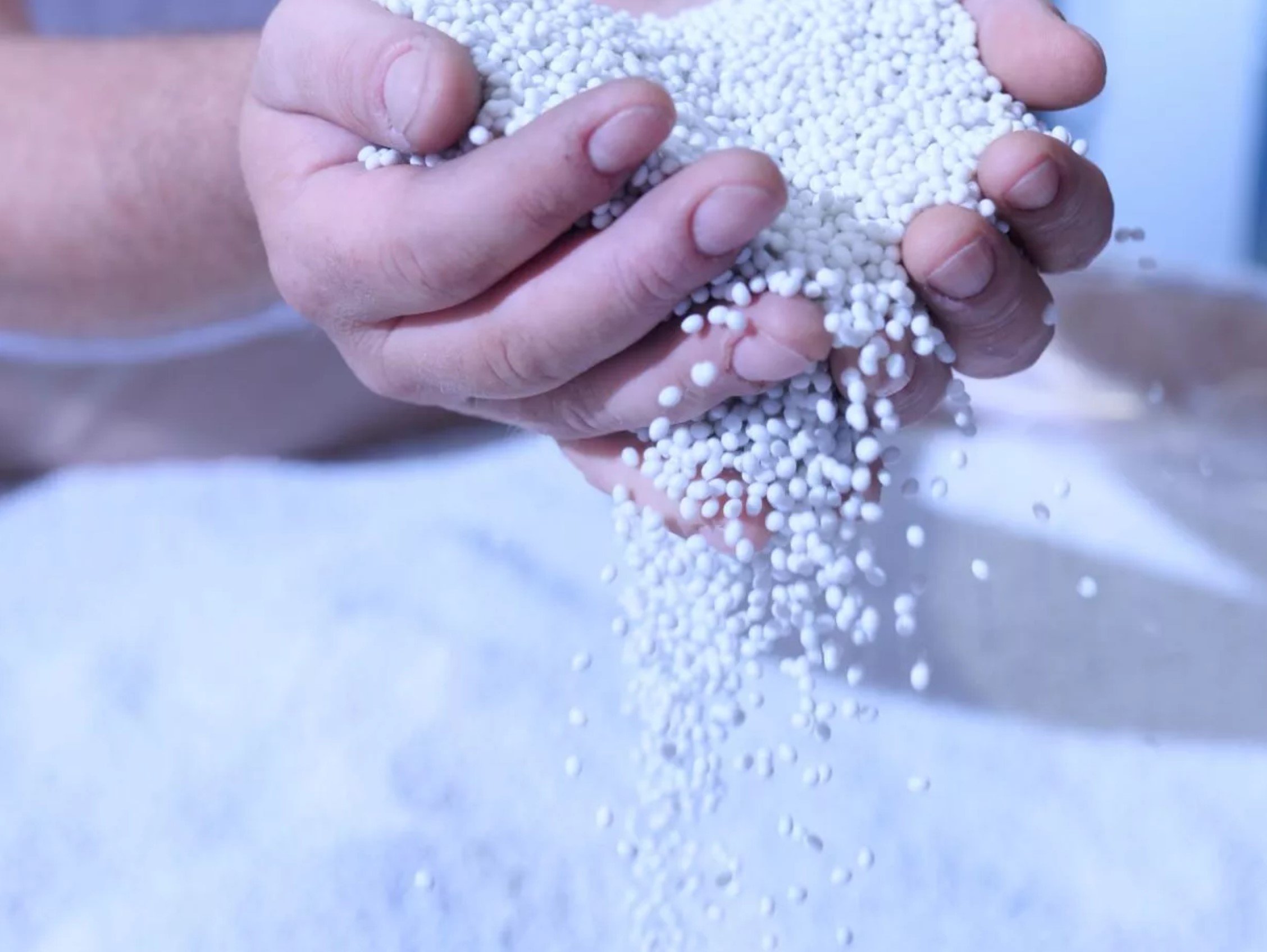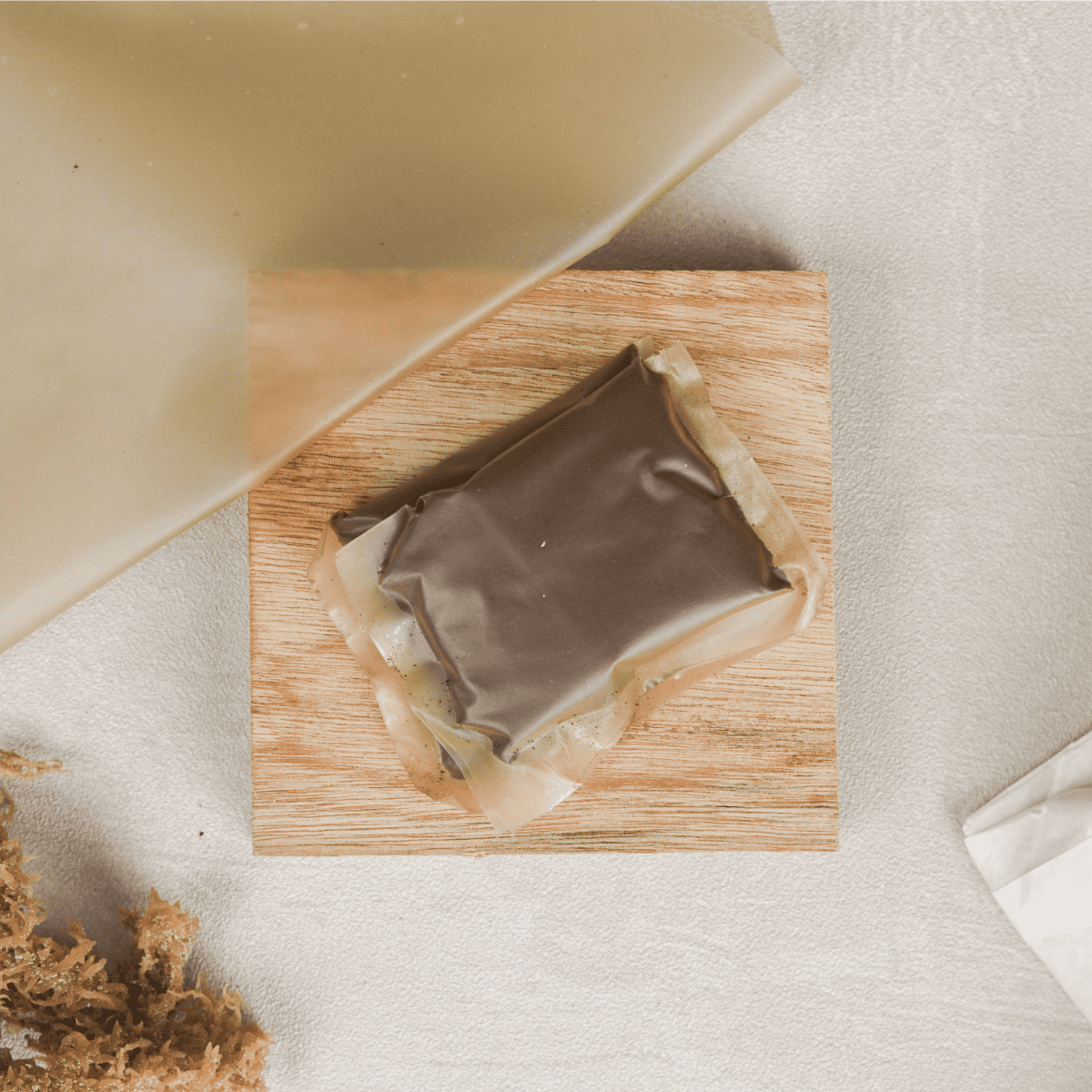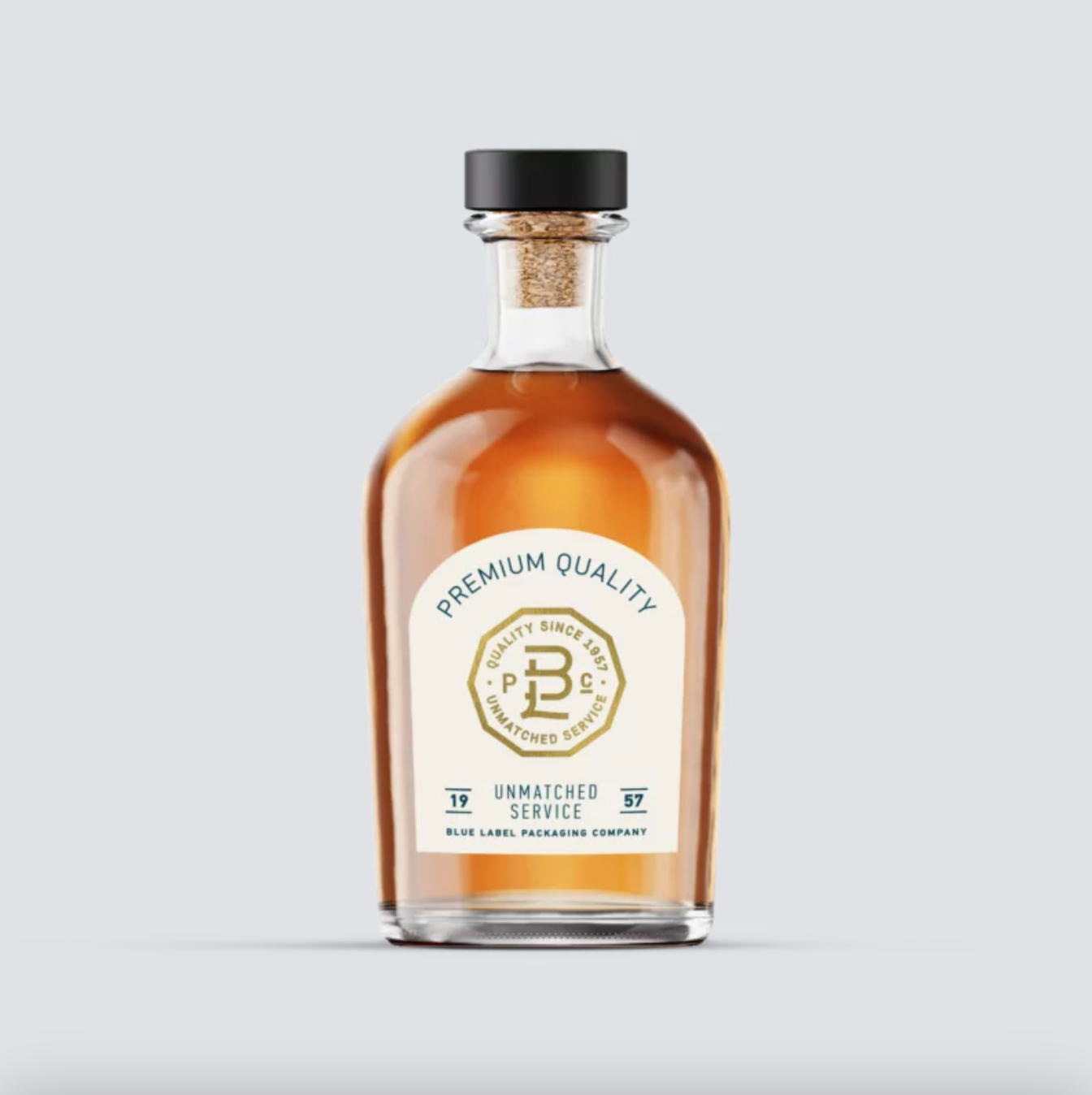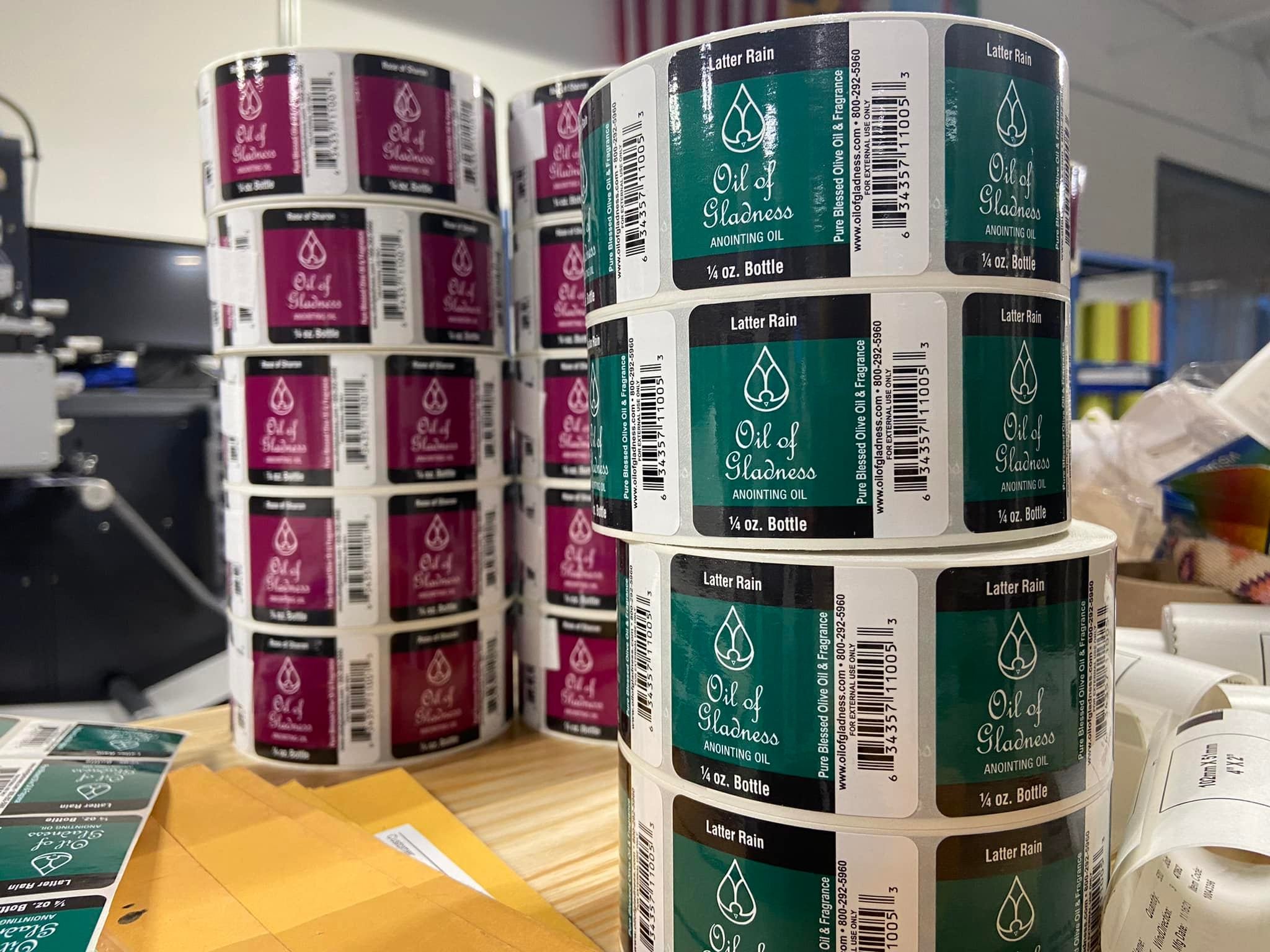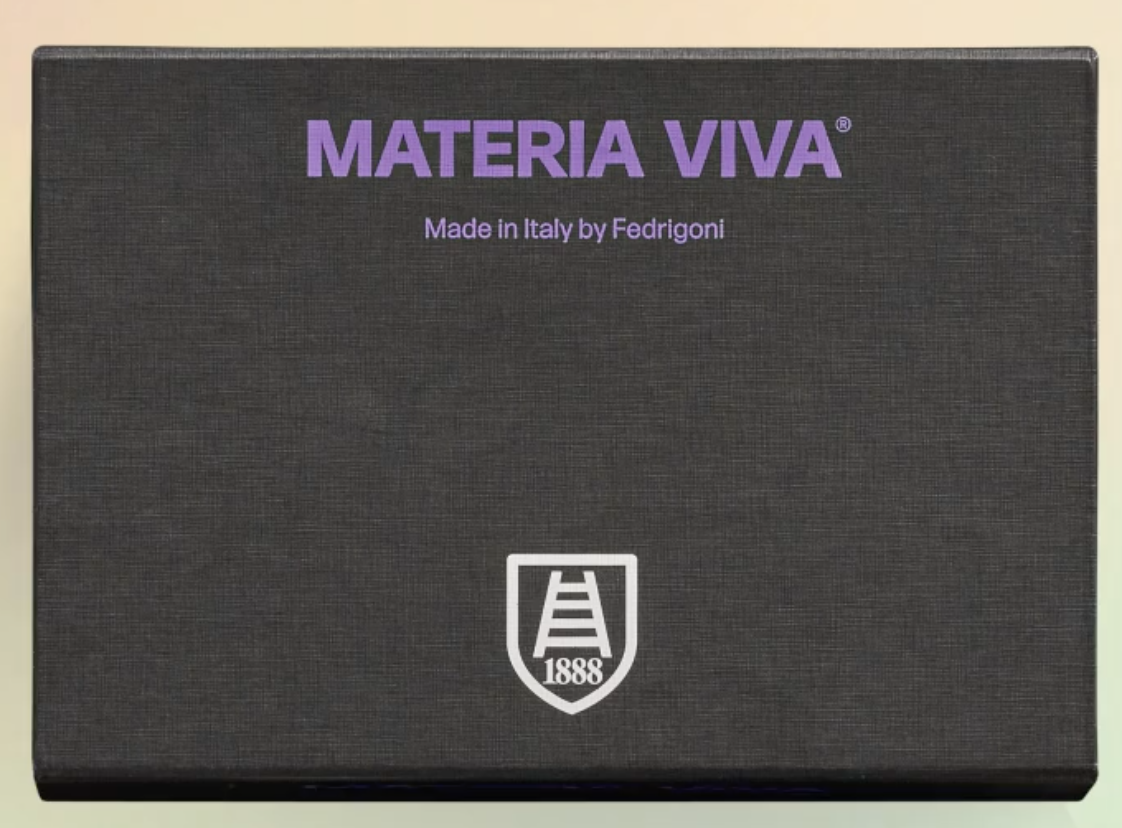Oceanworks
Oceanworks
🏭 Boston, Los Angeles
What we like about Oceanworks: Oceanworks collects ocean-bound plastic is collected in areas within 50km of the coast that are lacking recycling infrastructure. They also offer carbon offsetting programs.

PET, HDPE, PP bottles, jars, and lids
Made from 100% recycled ocean-bound plastic
-
The 100% recycled ocean bound plastic has no visible differences from virgin PET, HDPE, or PP.
-
Recycled plastic is one way to limit your reliance on virgin fossil fuels and new oil drilling. Ocean bound plastic is sourced directly from the ocean or other waterways.
Traditional plastic is derived from fossil fuels which are a non-renewable resource. Fossil fuels release vast amounts of greenhouse gases at every phase of production.
The vast majority of plastic (over 90%) is not recycled and ends up in landfills or waterways. Whether it ends up in a landfill or waterway, plastic takes decades to degrade.
-
In the US, only around 5% of plastic waste was recycled in 2021. While plastics with the resin codes #1 and #2 (PET and HDPE) have a higher likelihood of being recycled, plastic as a whole has a very low likelihood of actually being recycled.
This is due to several factors including the lack of recycling infrastructure, the number of plastic types, the sheer volume of plastic waste, and the quick degradation of the polymers in recycling. Even if plastic ends up in a recycling bin, most of it will end up in landfills or oceans.
To minimize the amount of plastic sent to landfills, use paper-based or glass alternatives, or opt for refillable or practically reusable designs.
-
Use discretion when using plastic resin codes (the recycling symbol surrounding a number).
Resin codes simply indicate the type of plastic an object is made from, not its recyclability. Whether or not a plastic can be recycled depends on individual cities’ waste infrastructure. In cities where plastics are accepted, resins #1 and #2 (PET and HDPE) are most commonly permitted, unless they’re made into plastic film.
On your design, it's ideal to indicate the plastic type and encourage to look up their city’s disposal rules for that type of plastic.
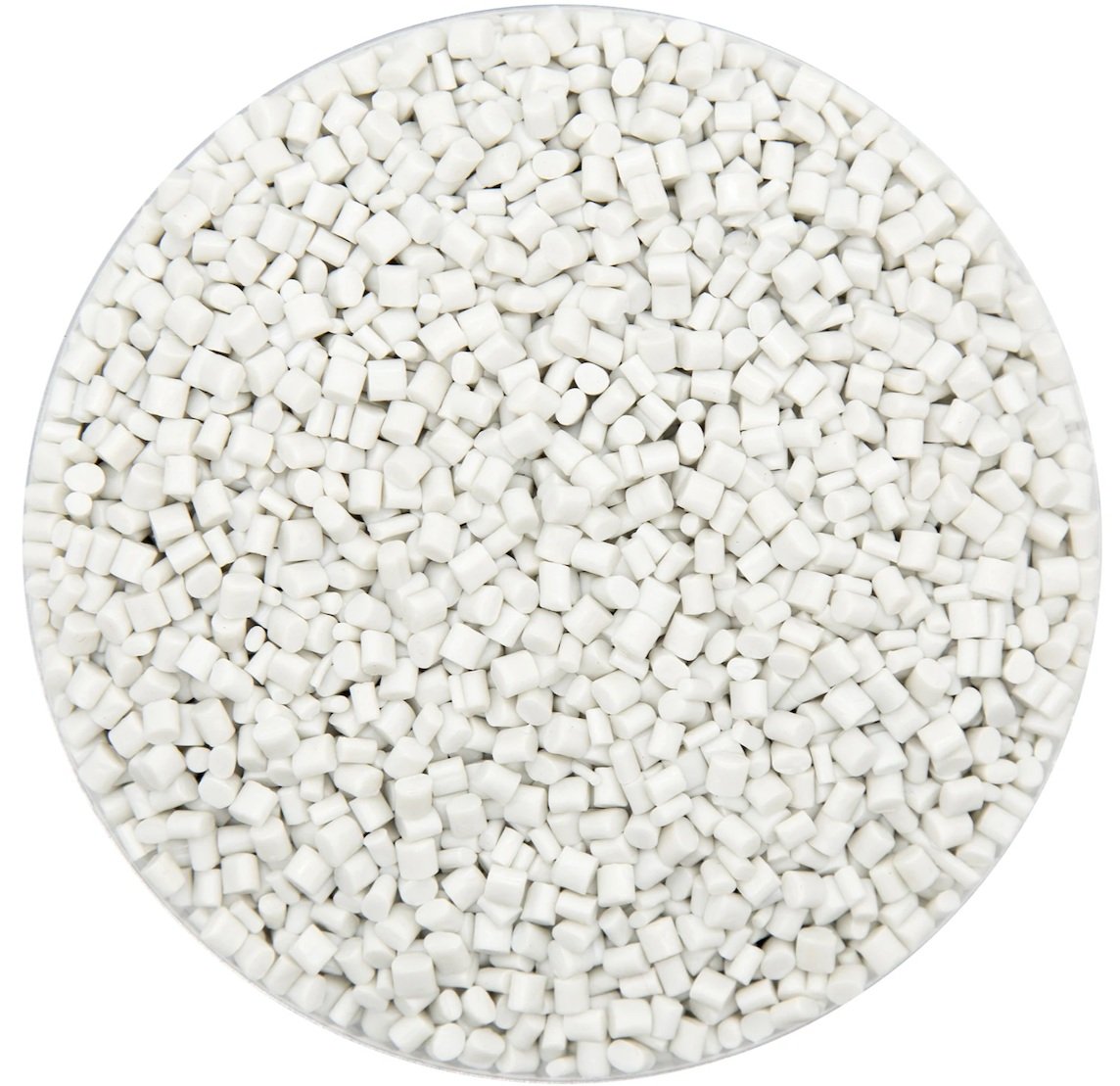
Recycled plastic pellets
Made from 100% recycled ocean-bound HDPE, ABS, HIPS, nylon, PC, PET, PP, or TPE
-
Little resin pellets that are meant to be melted, converted, or molded at a manufacturing facility. Resin pellets are the base for everything from bottles to plastic wrap.
-
Traditional plastic is derived from fossil fuels which are a non-renewable resource. Fossil fuels release vast amounts of greenhouse gases at every phase of production.
There are bio-based plastic alternatives (some with fossil fuel based additives, and some without). While not all of them are compostable, they can limit the amount of greenhouse gases in production, when compared to plastic made entirely of fossil fuels.
The vast majority of plastic (over 90%) is not recycled and ends up in landfills or waterways. Whether it ends up in a landfill or waterway, plastic takes decades to degrade.
-
In the US, only around 5% of plastic waste was recycled in 2021. While plastics with the resin codes #1 and #2 (PET and HDPE) have a higher likelihood of being recycled, plastic as a whole has a very low likelihood of actually being recycled.
This is due to several factors including the lack of recycling infrastructure, the number of plastic types, the sheer volume of plastic waste, and the quick degradation of the polymers in recycling. Even if plastic ends up in a recycling bin, most of it will end up in landfills or oceans.
To minimize the amount of plastic sent to landfills, use paper-based or glass alternatives, or opt for refillable or practically reusable designs.
-
Use discretion when using plastic resin codes (the recycling symbol surrounding a number).
Resin codes simply indicate the type of plastic an object is made from, not its recyclability. Whether or not a plastic can be recycled depends on individual cities’ waste infrastructure. In cities where plastics are accepted, resins #1 and #2 (PET and HDPE) are most commonly permitted, unless they’re made into plastic film.
On your design, it's ideal to indicate the plastic type and encourage to look up their city’s disposal rules for that type of plastic.
Jars & Bottles
Industrially compostable bamboo bioplastic jars and bottles for personal care products.
Glass bottles and jars for food and beverage, made from an average of 60% recycled content.
Personal care packaging like bottles and tubes made from 100% post consumer recycled plastic, sugarcane, or aluminum.
Glass containers made from high percentages of recycled glass and ocean-bound plastic caps.
Glass manufacturer, specializing in cosmetics and perfume, with options for plastic closures.
Jars and bottles, with options for recycled content in addition to mono-material pouches.
Poly Bags & Films
Large offering of stock paper and plastic ecommerce solutions, with impressive PCR rates.
Biopolymer extracted from nature to take many forms: films, rigid containers, and more.
Selection of home compostable plastic mailers and bags. They also carry compostable tape and labels.
Trays & Inserts
Specializes in corn starch foam, a dissolvable, home-compostable alternative to plastic foam and insulation.
Paper Mailers
Large offering of stock paper and plastic ecommerce solutions, with impressive PCR rates.
Manufacturer of boxes and paper mailers that also specializes in high quality adhesive and labels.
Expansive catalog of stock and custom ecommerce packaging, from mailers and boxes to tape and labels.
Selection of home compostable plastic mailers and bags. They also carry compostable tape and labels.
Cushioning
Large offering of stock paper and plastic ecommerce solutions, with impressive PCR rates.
Specializes in corn starch foam, a dissolvable, home-compostable alternative to plastic foam and insulation.
Corrugated
US-based corrugated manufacturer with 100% recycled content Envirokraft line. Strongest TikTok game in the corrugated manufacturing world.
Corrugated manufacturer with options for a water and grease barrier that’s compatible with paper recycling.
US-based supplier carrying a good array of stock options and are capable of doing custom solutions.
Manufacturer of boxes and paper mailers that also specializes in high quality adhesive and labels.
Expansive catalog of stock and custom ecommerce packaging, from mailers and boxes to tape and labels.
Folding Cartons
Utah PaperBox is a folding carton and rigid packaging manufacturer based in Salt Lake City.
European manufacturer offering recyclable paper packaging with barrier protection against water and grease.
Folding cartons and collateral made from paper blend made from 50% hemp 50% recycled paper.
Specializing in paperboard boxes, folding cartons, and collateral, with options for 100% recycled paper.
Expansive catalog of stock and custom ecommerce packaging, from mailers and boxes to tape and labels.
Personal care packaging like bottles and tubes made from 100% post consumer recycled plastic, sugarcane, or aluminum.
Food Service
Large catalog of low minimum compostable options. Be wary of PLA with further research.
Inks & Coatings
Raw Materials
Industrially compostable bamboo bioplastic jars and bottles for personal care products.
European manufacturer offering recyclable paper packaging with barrier protection against water and grease.
Folding cartons and collateral made from paper blend made from 50% hemp 50% recycled paper.
Biopolymer extracted from nature to take many forms: films, rigid containers, and more.
Labels
High-performing self-adhesive paper and film products for an extensive set of end-uses, with a range of fossil fuel-free options.
Quality custom labels, shrink sleeves, and hang tags with fast turn around for a variety of industries.
Manufacturer of boxes and paper mailers that also specializes in high quality adhesive and labels.
Expansive catalog of stock and custom ecommerce packaging, from mailers and boxes to tape and labels.
Selection of home compostable plastic mailers and bags. They also carry compostable tape and labels.
Specialty Papers
European manufacturer offering recyclable paper packaging with barrier protection against water and grease.
Folding cartons and collateral made from paper blend made from 50% hemp 50% recycled paper.

